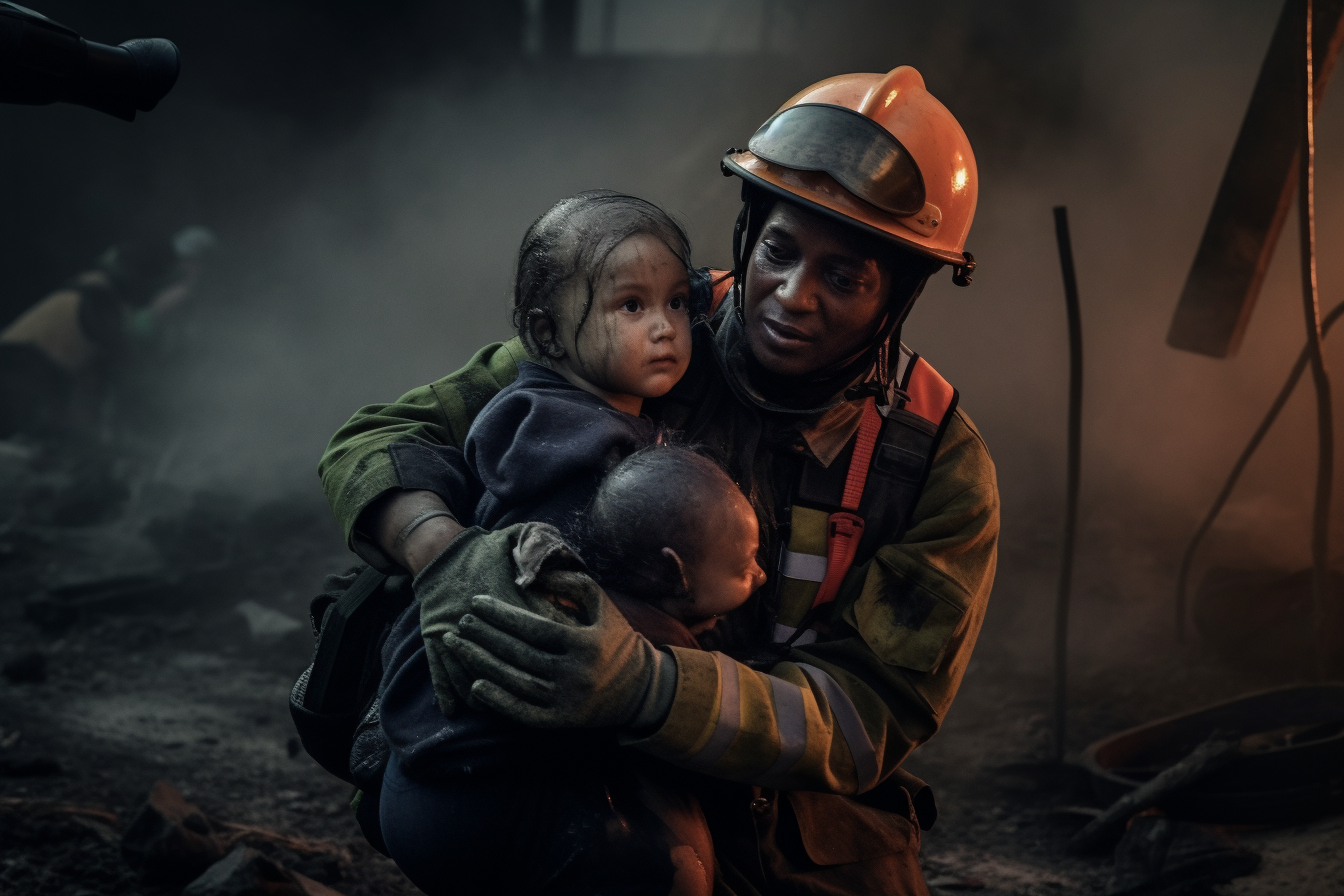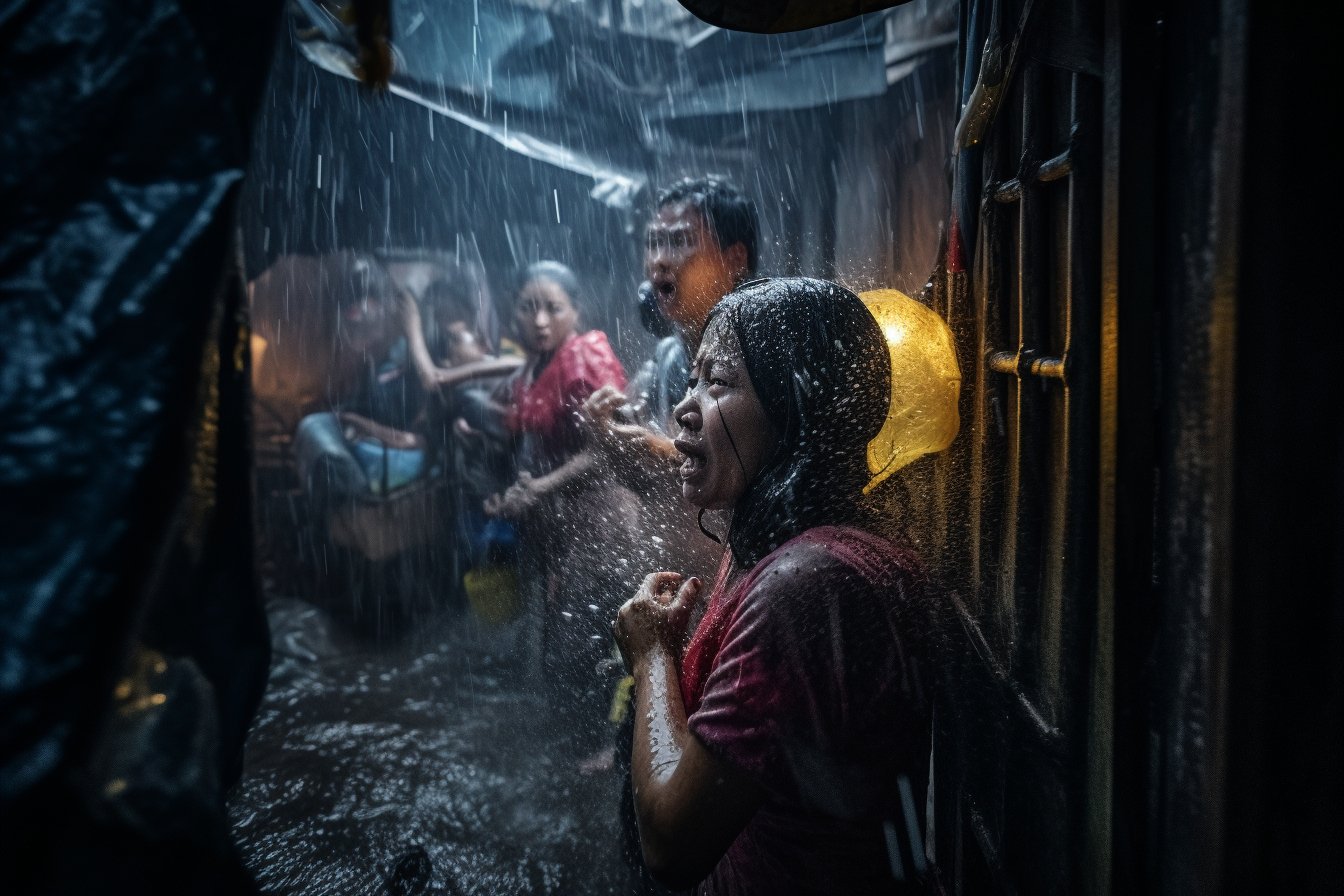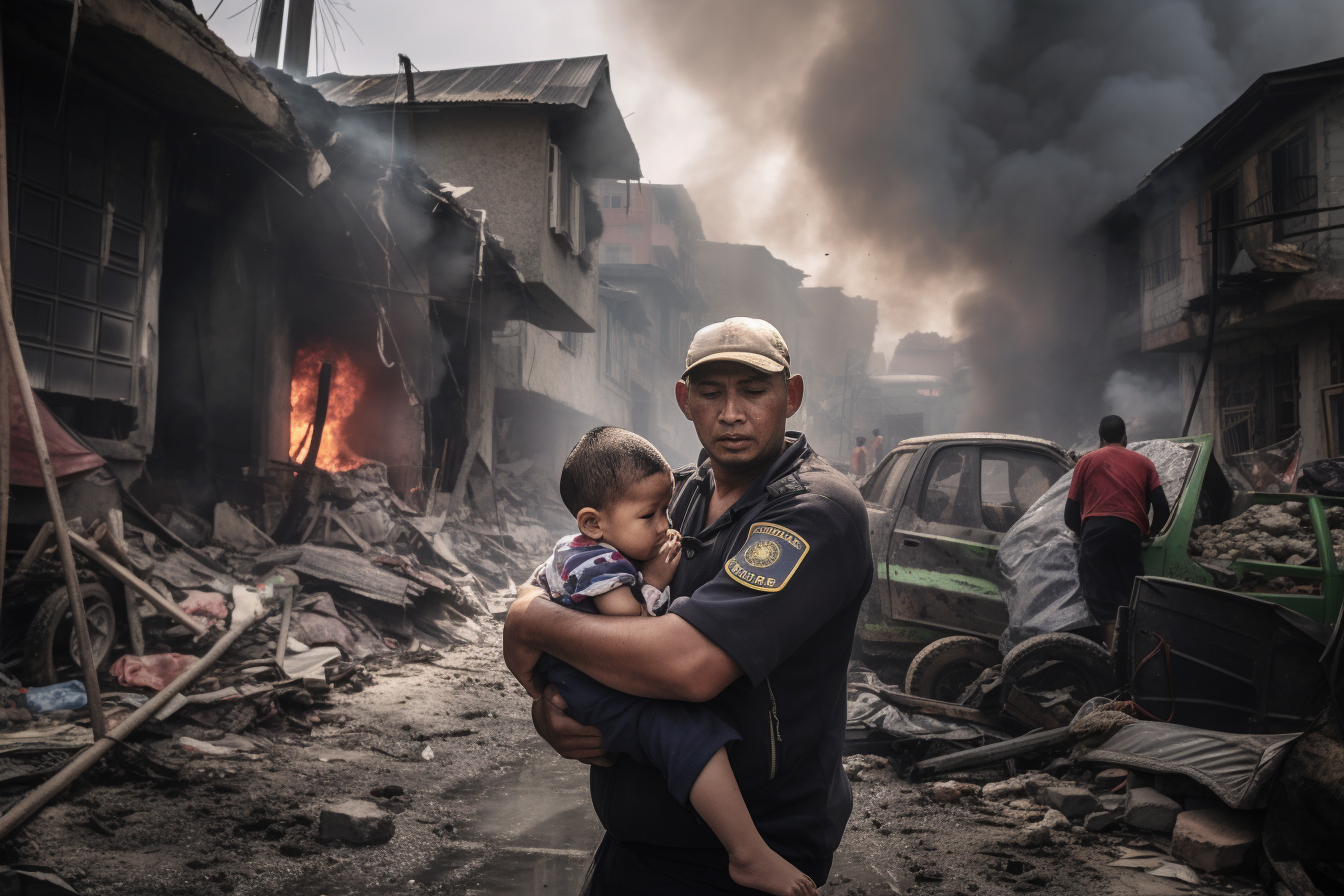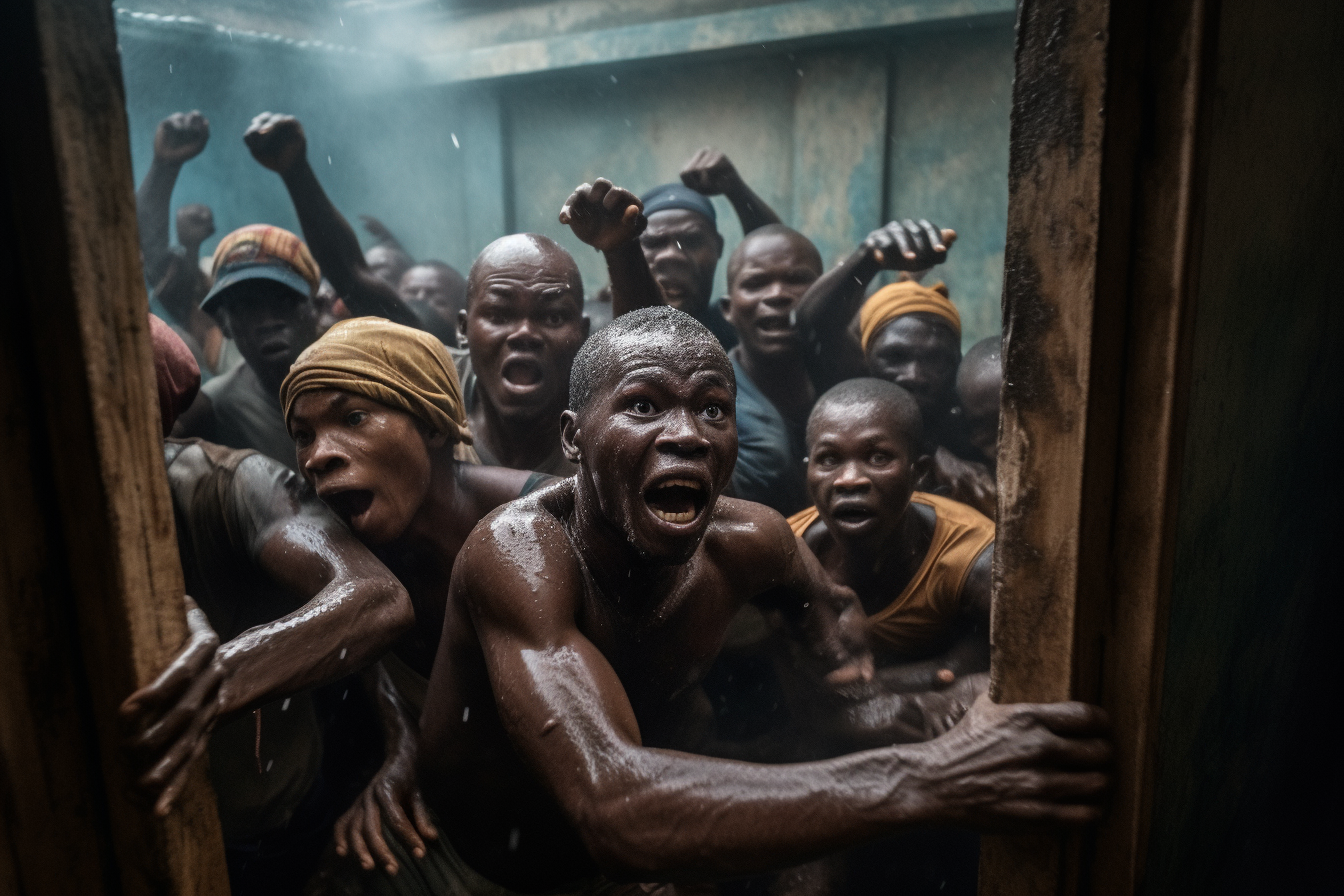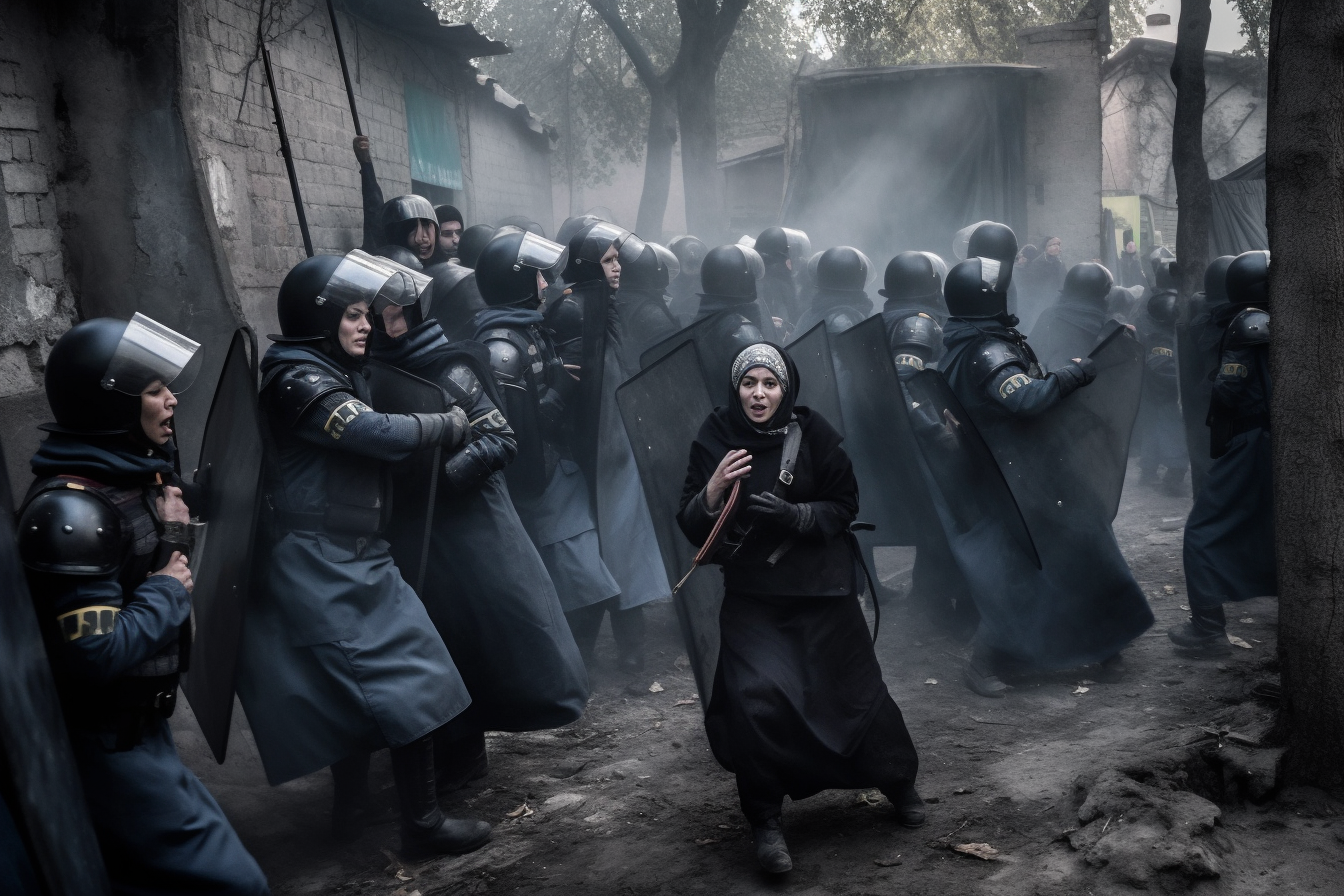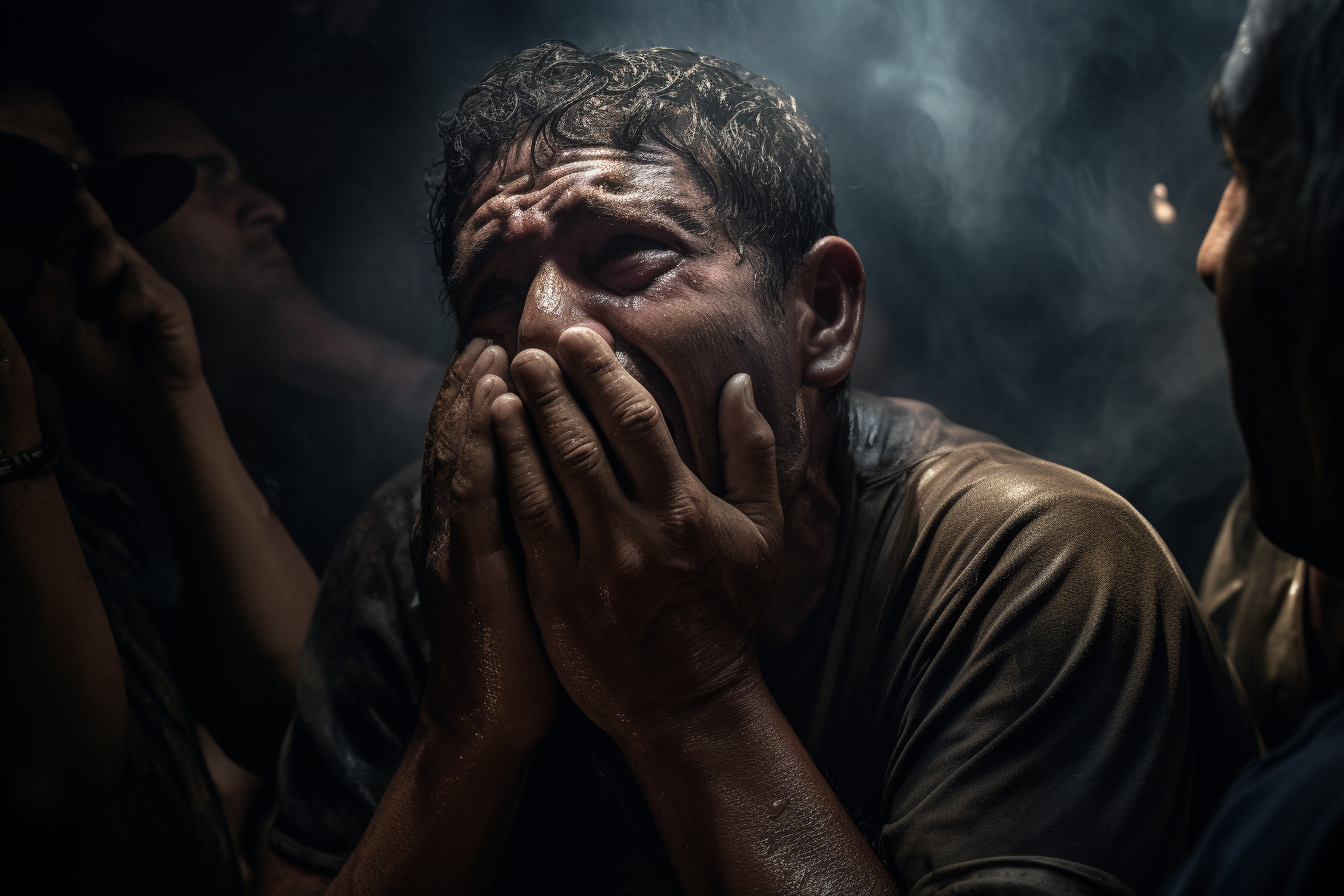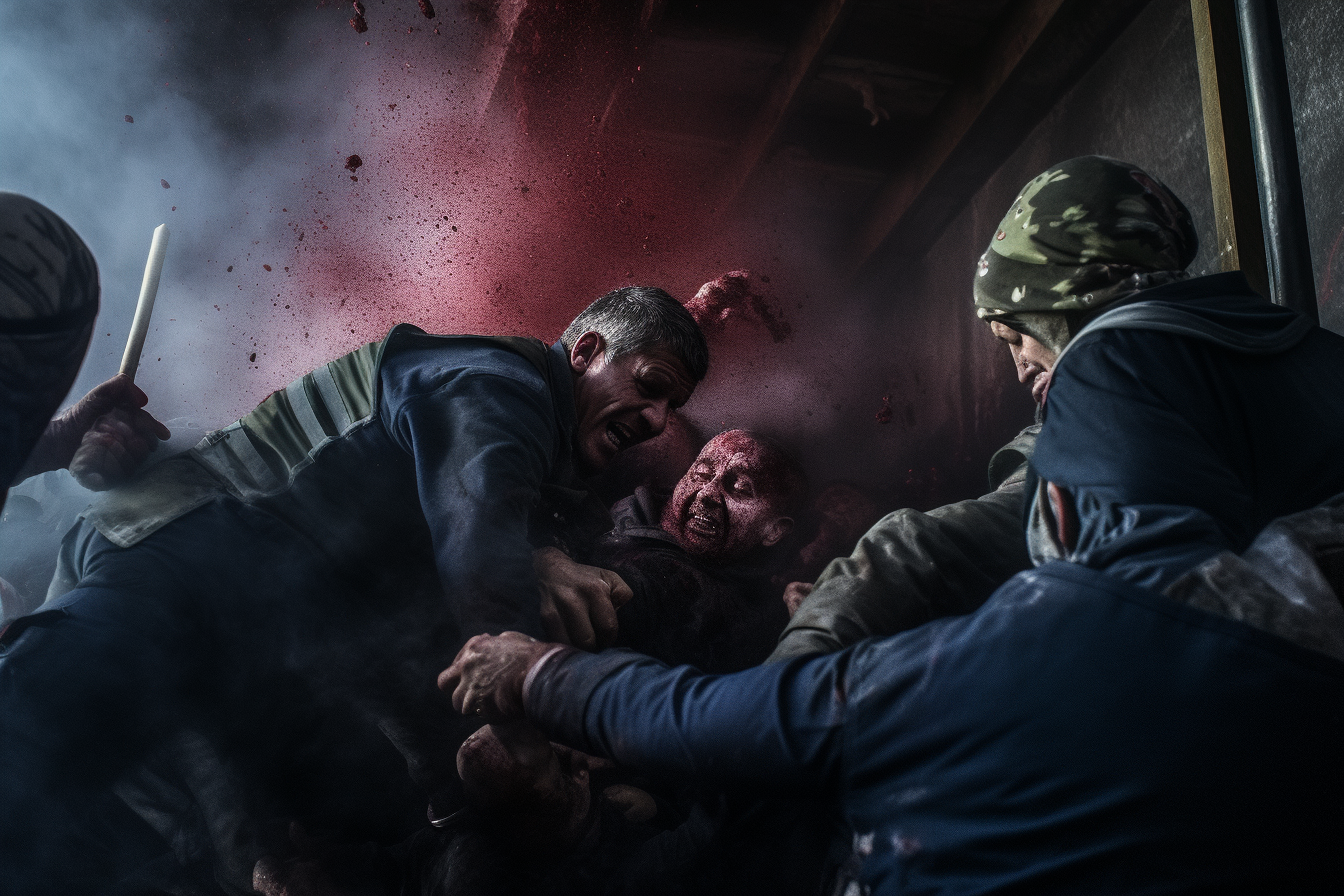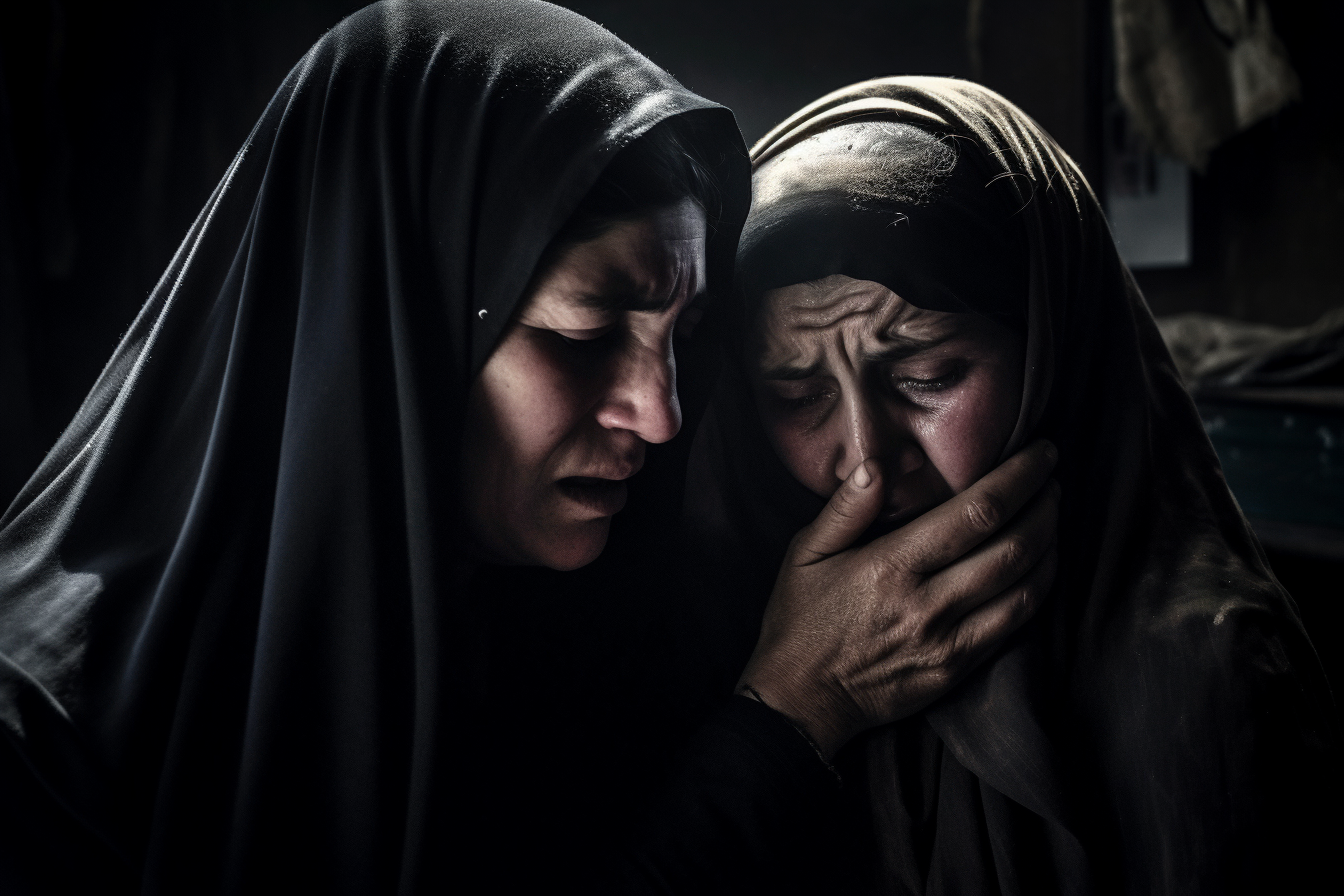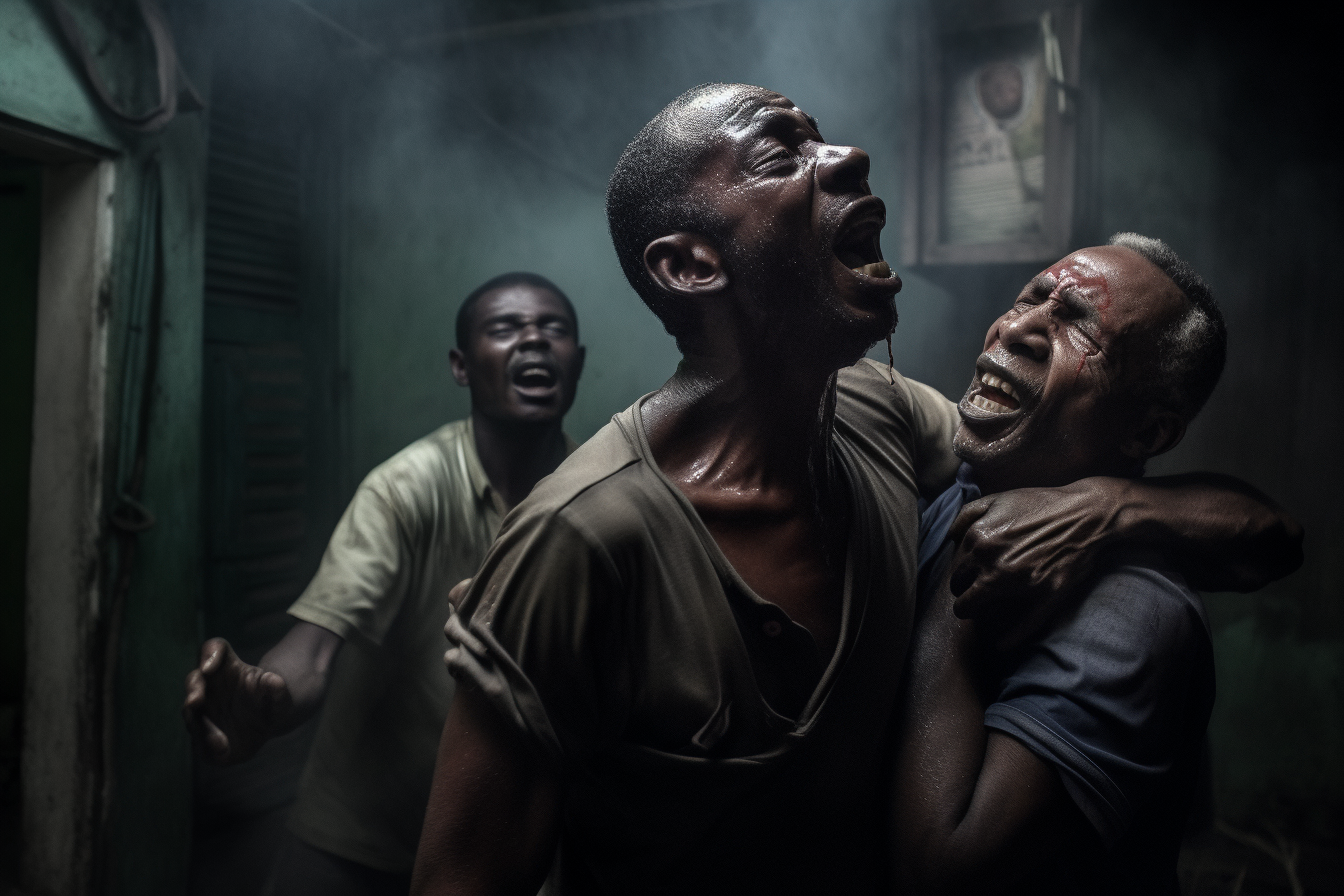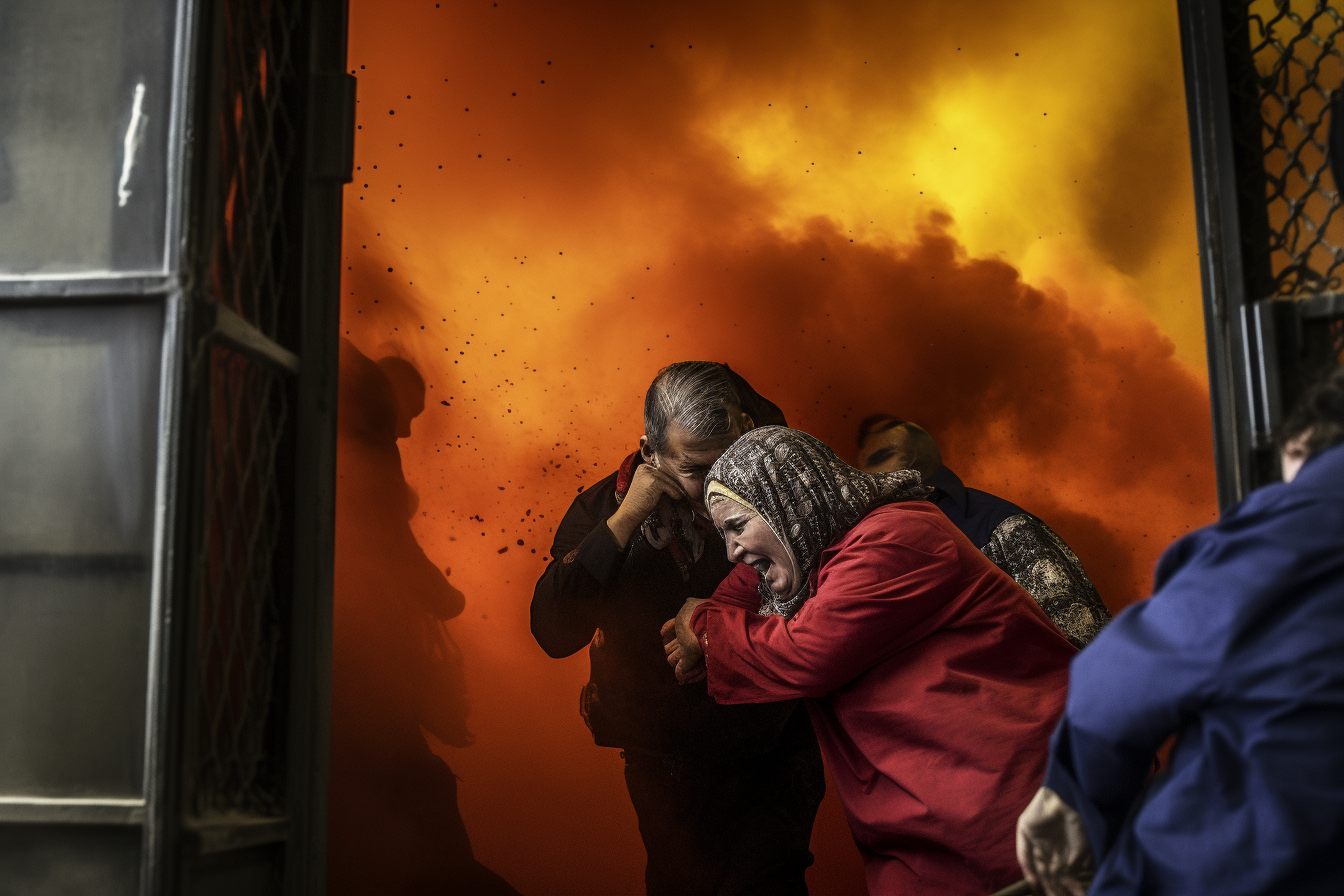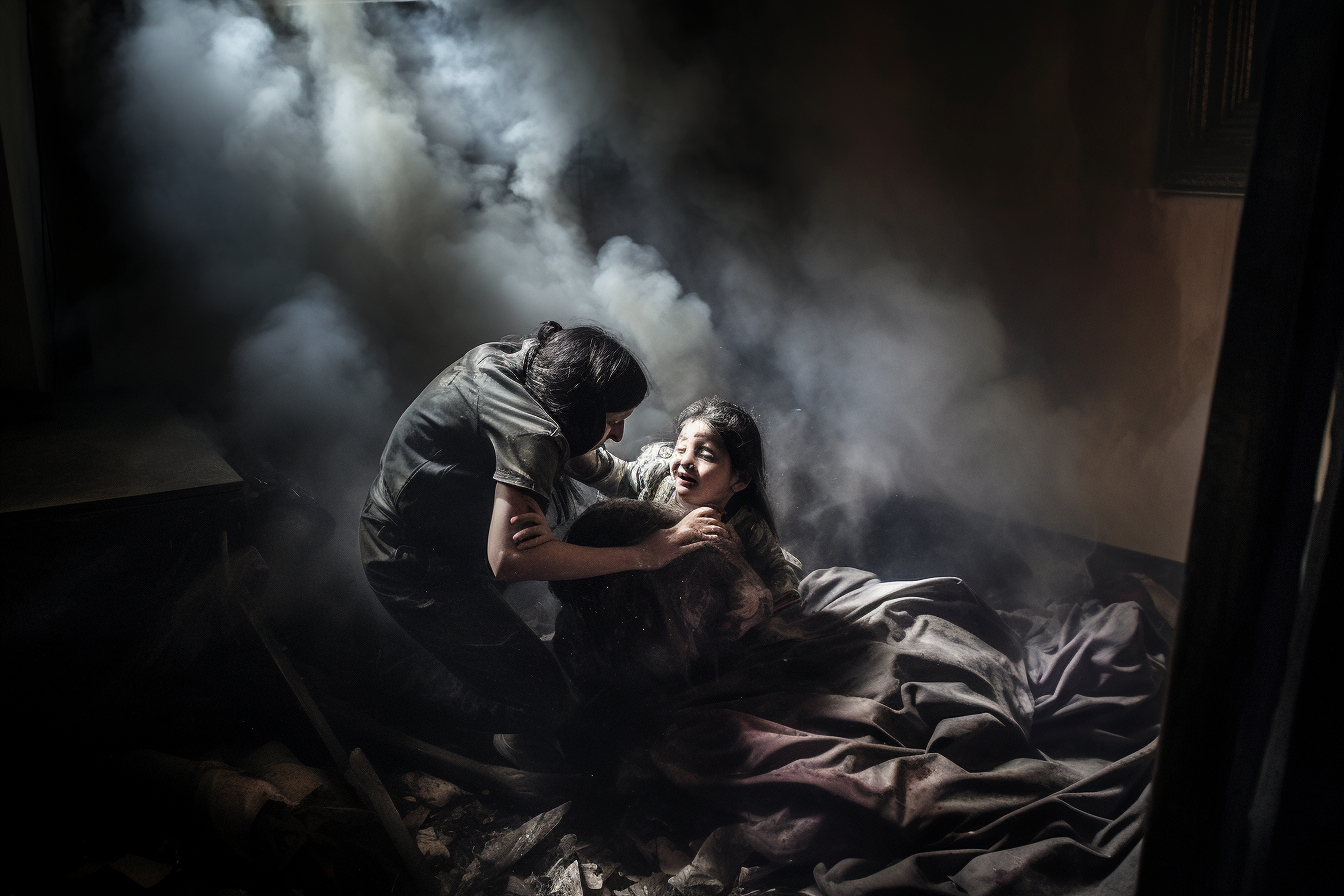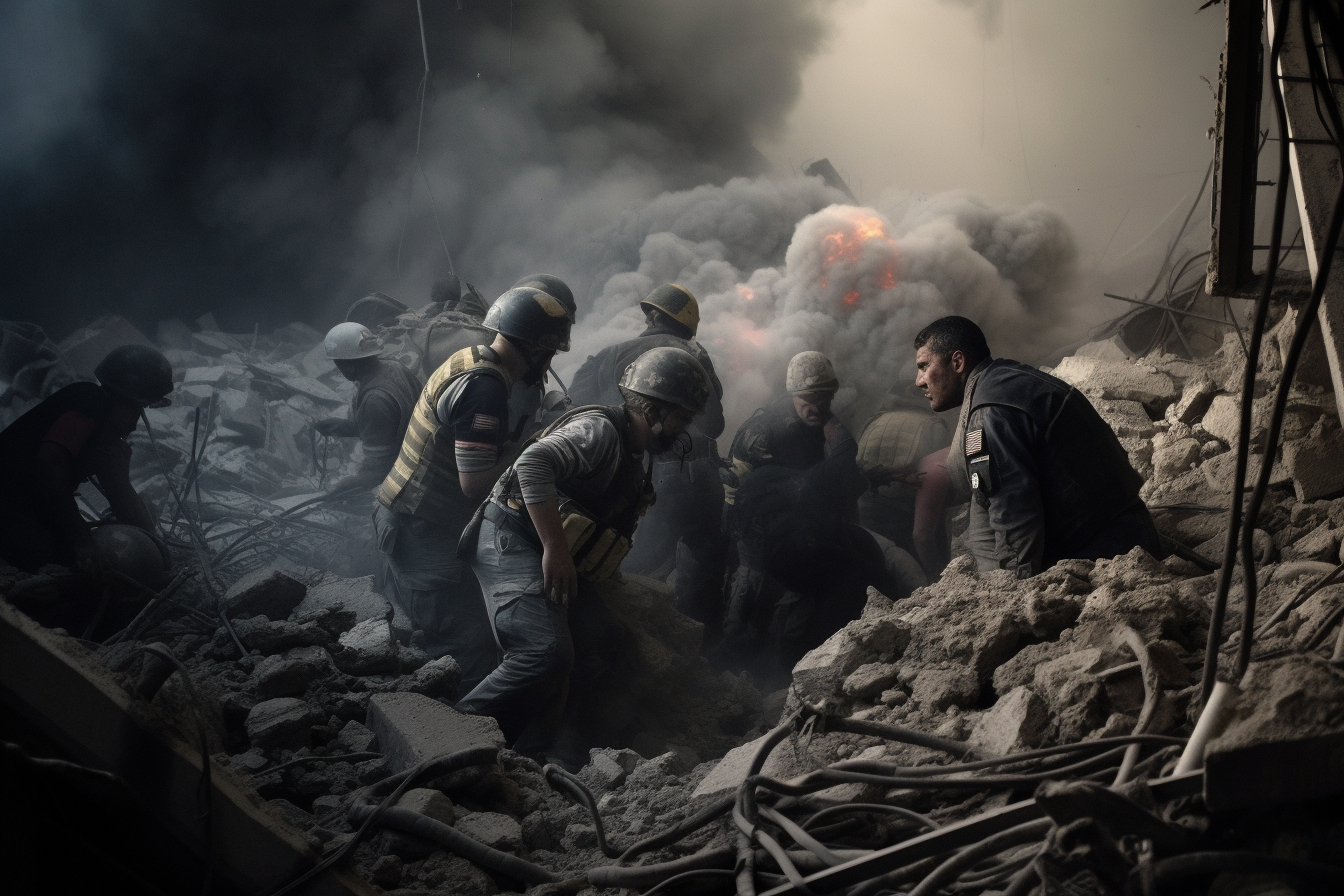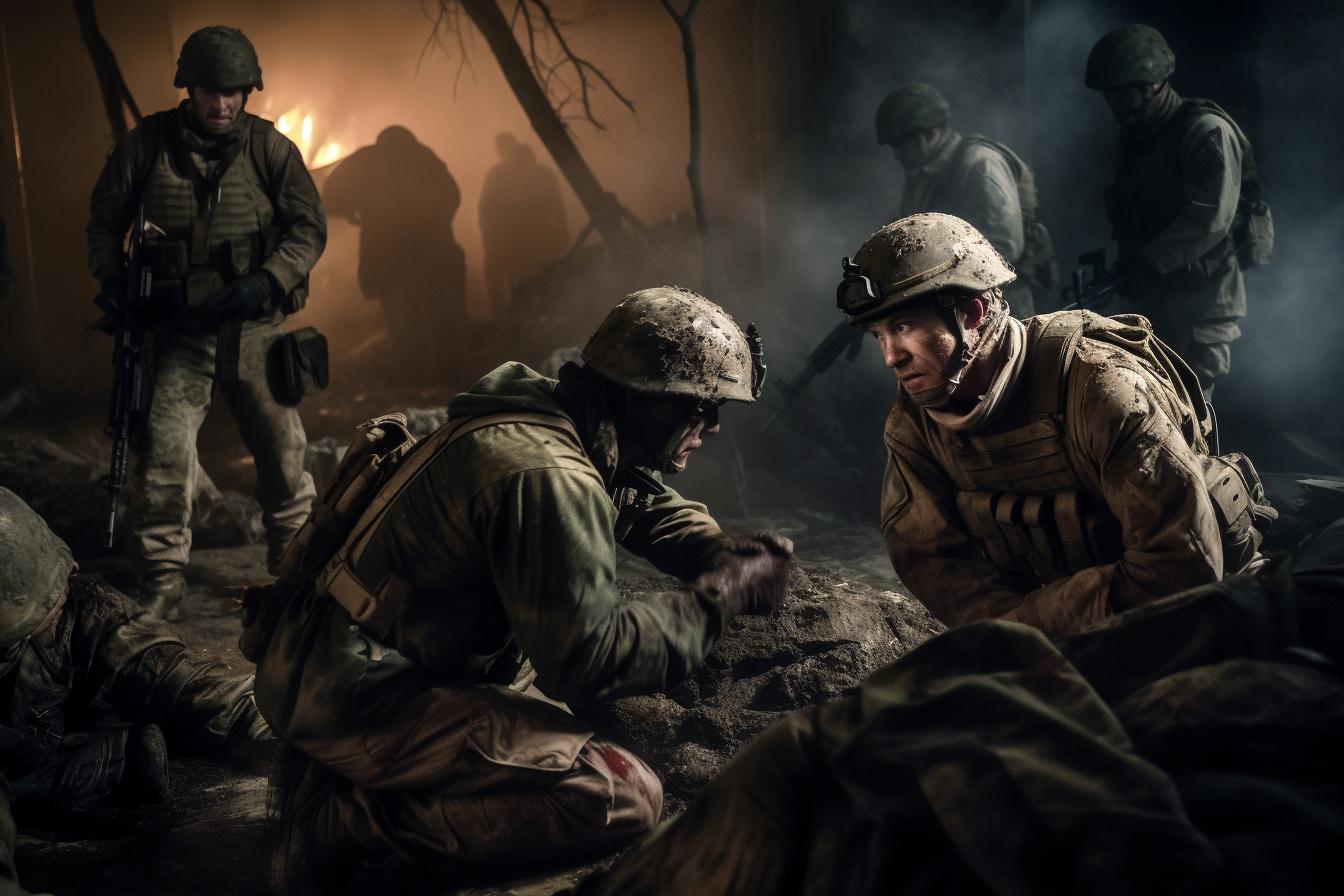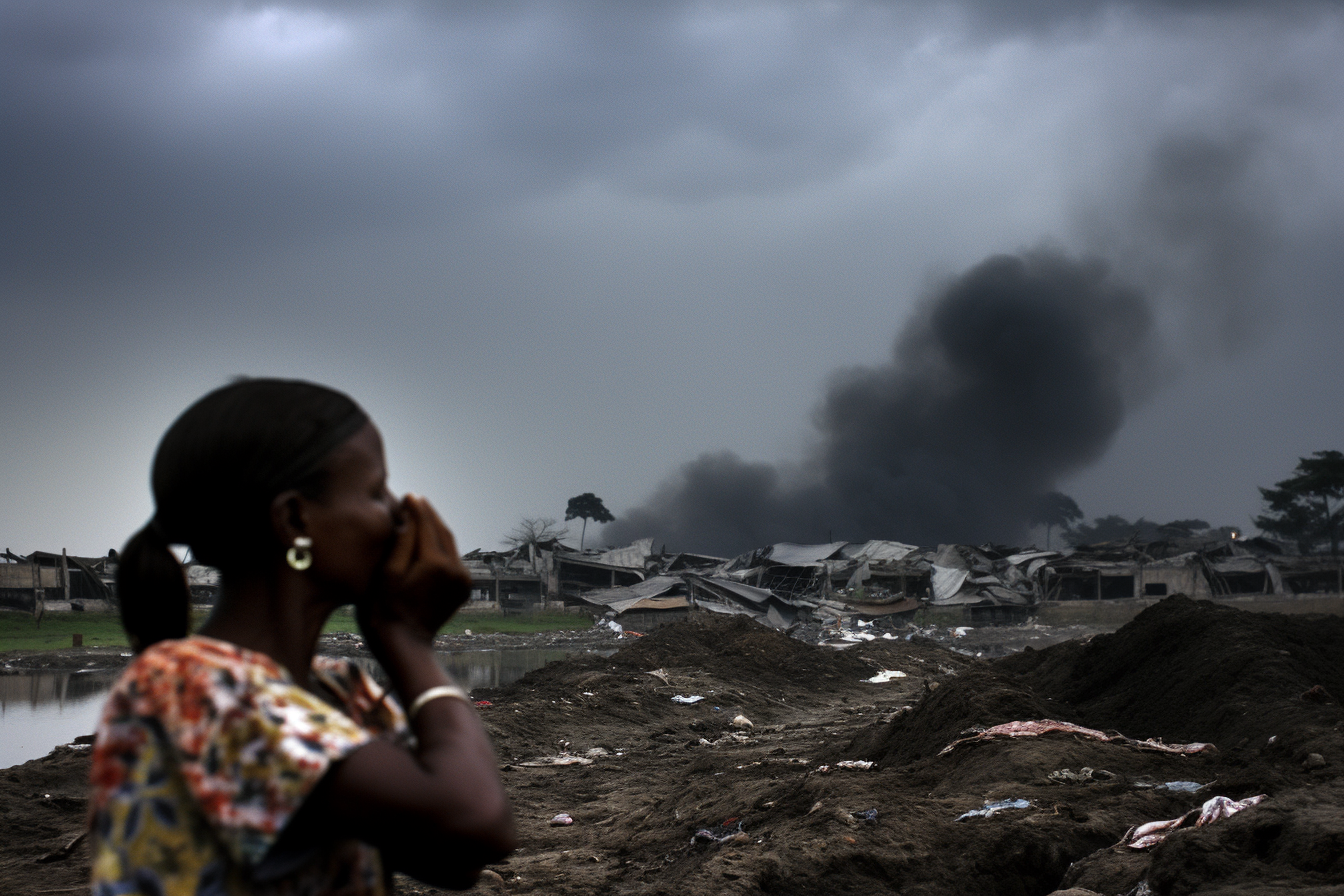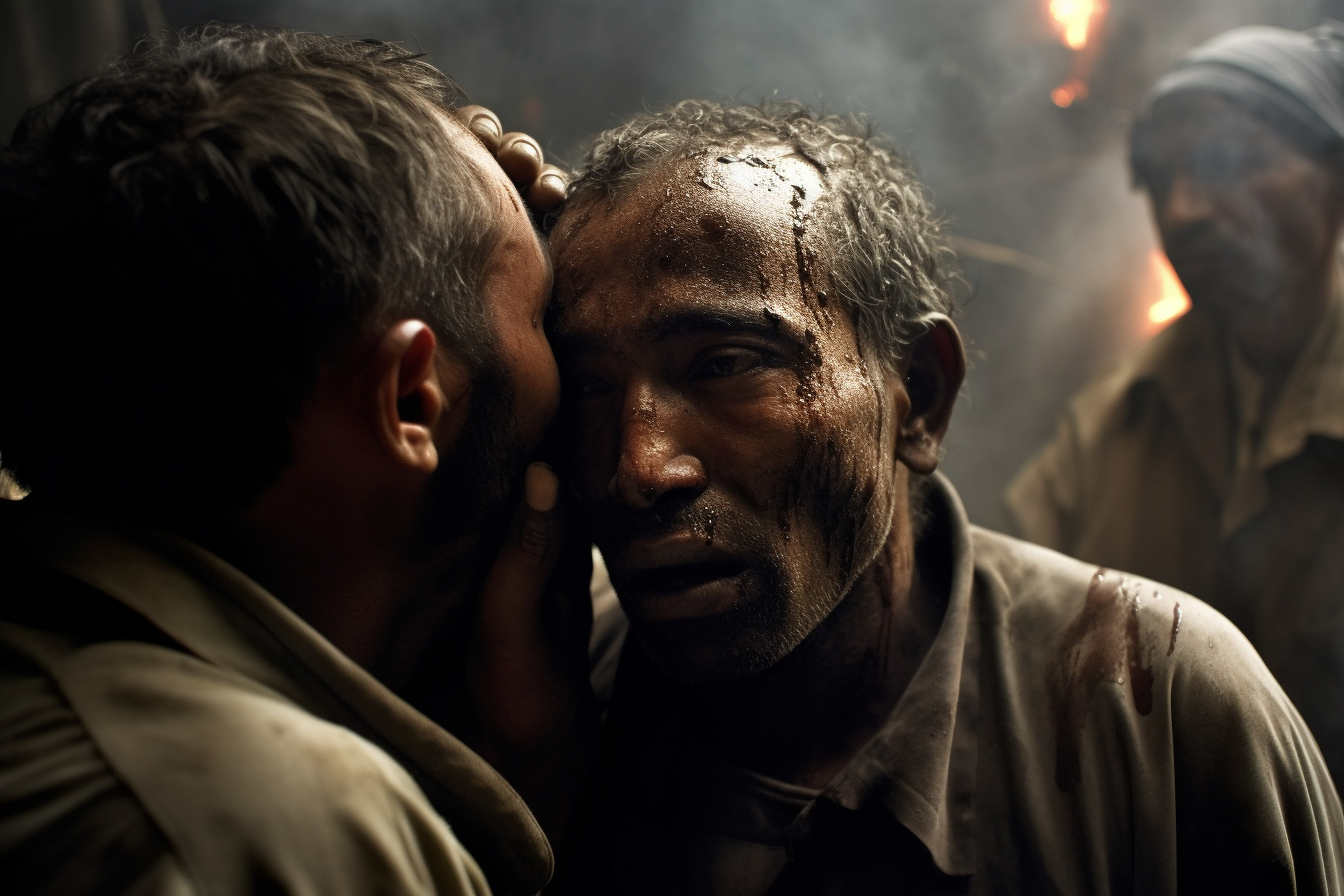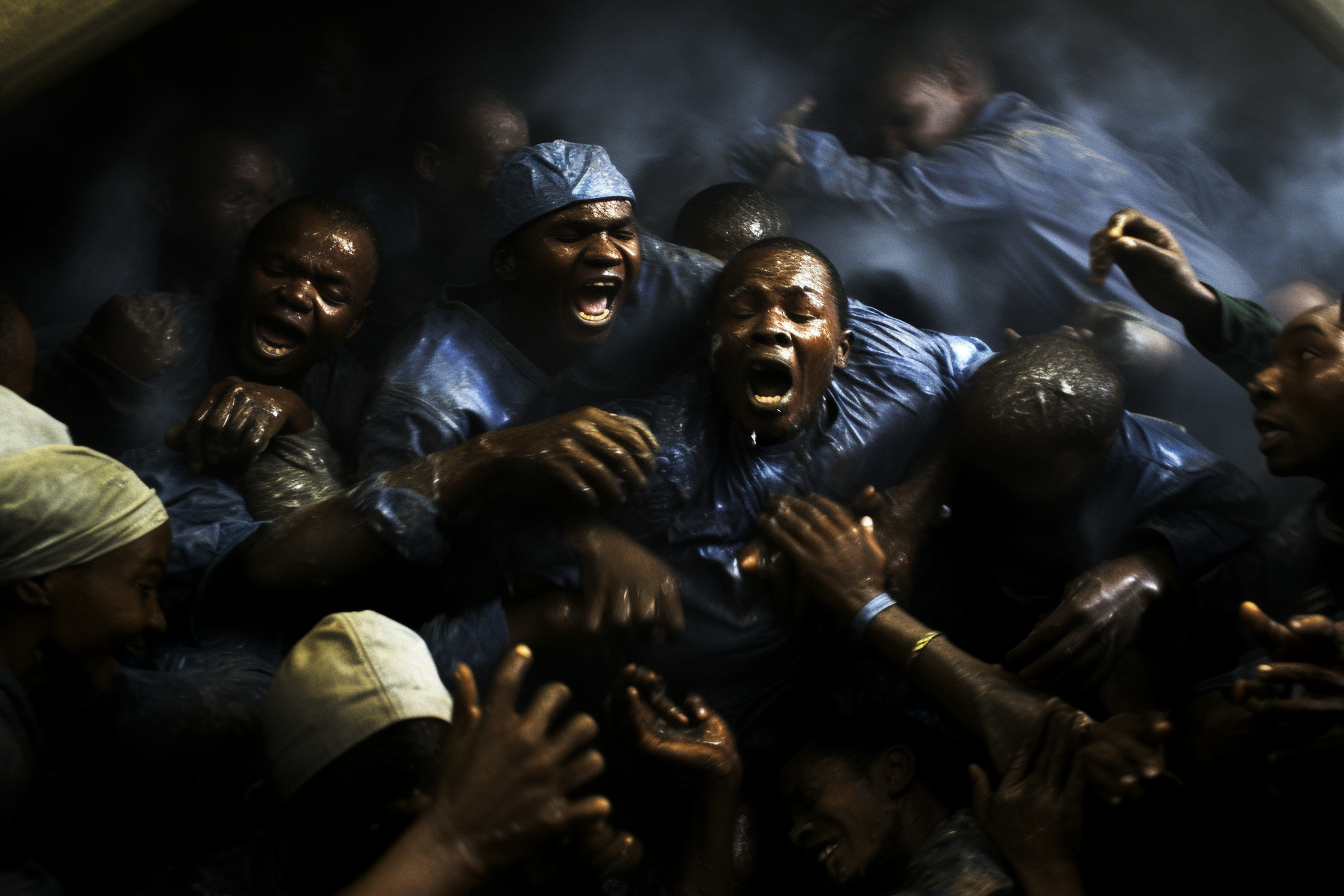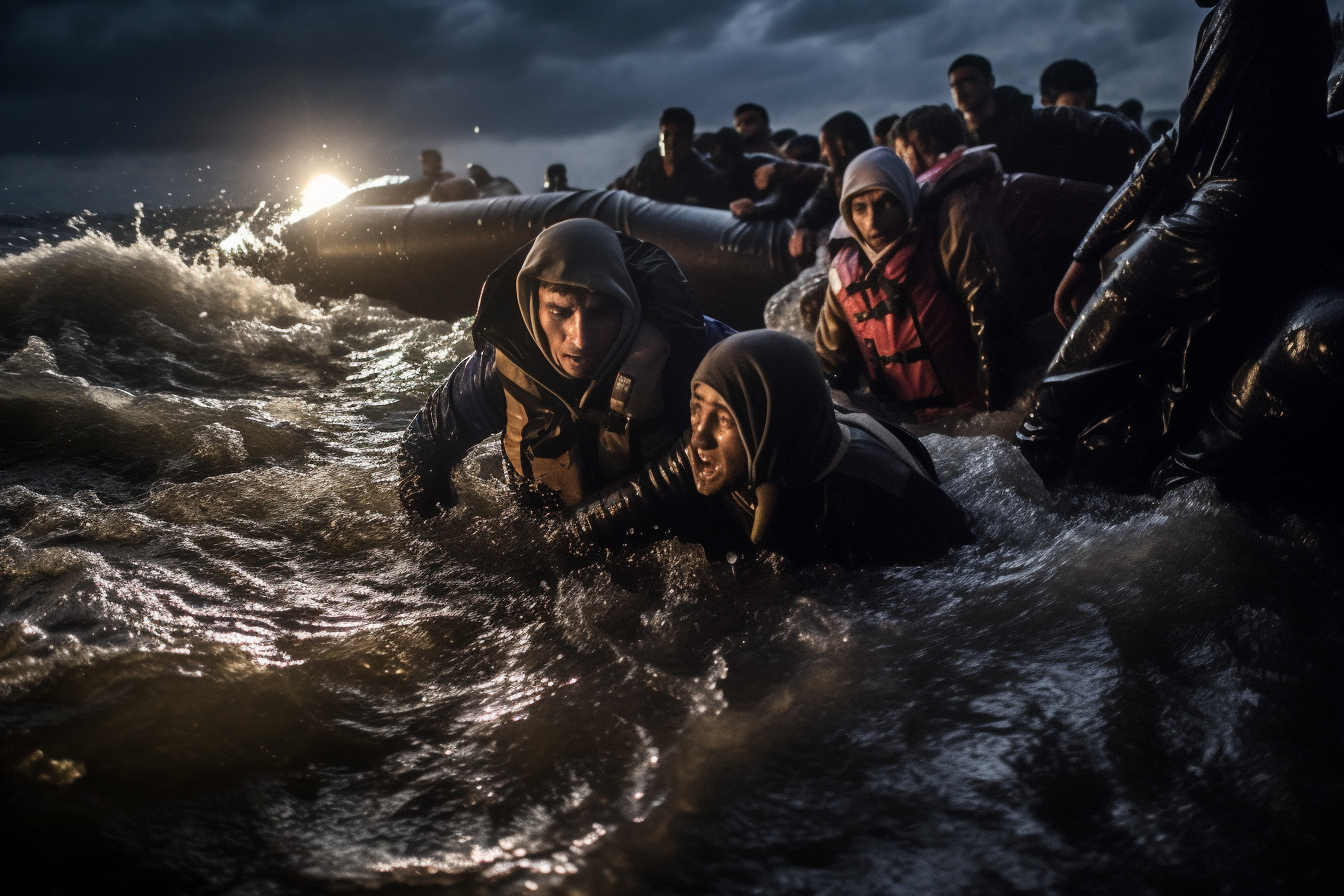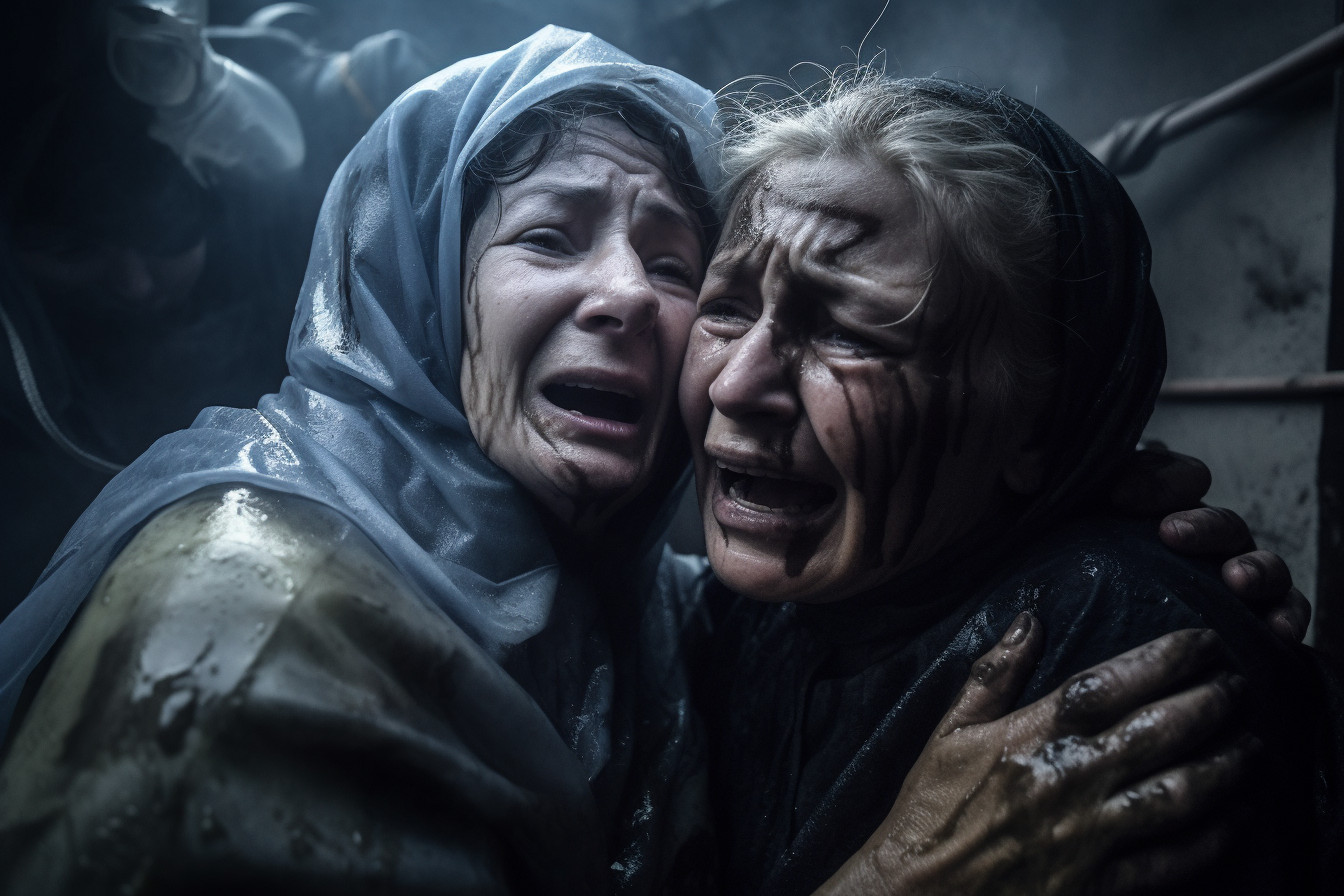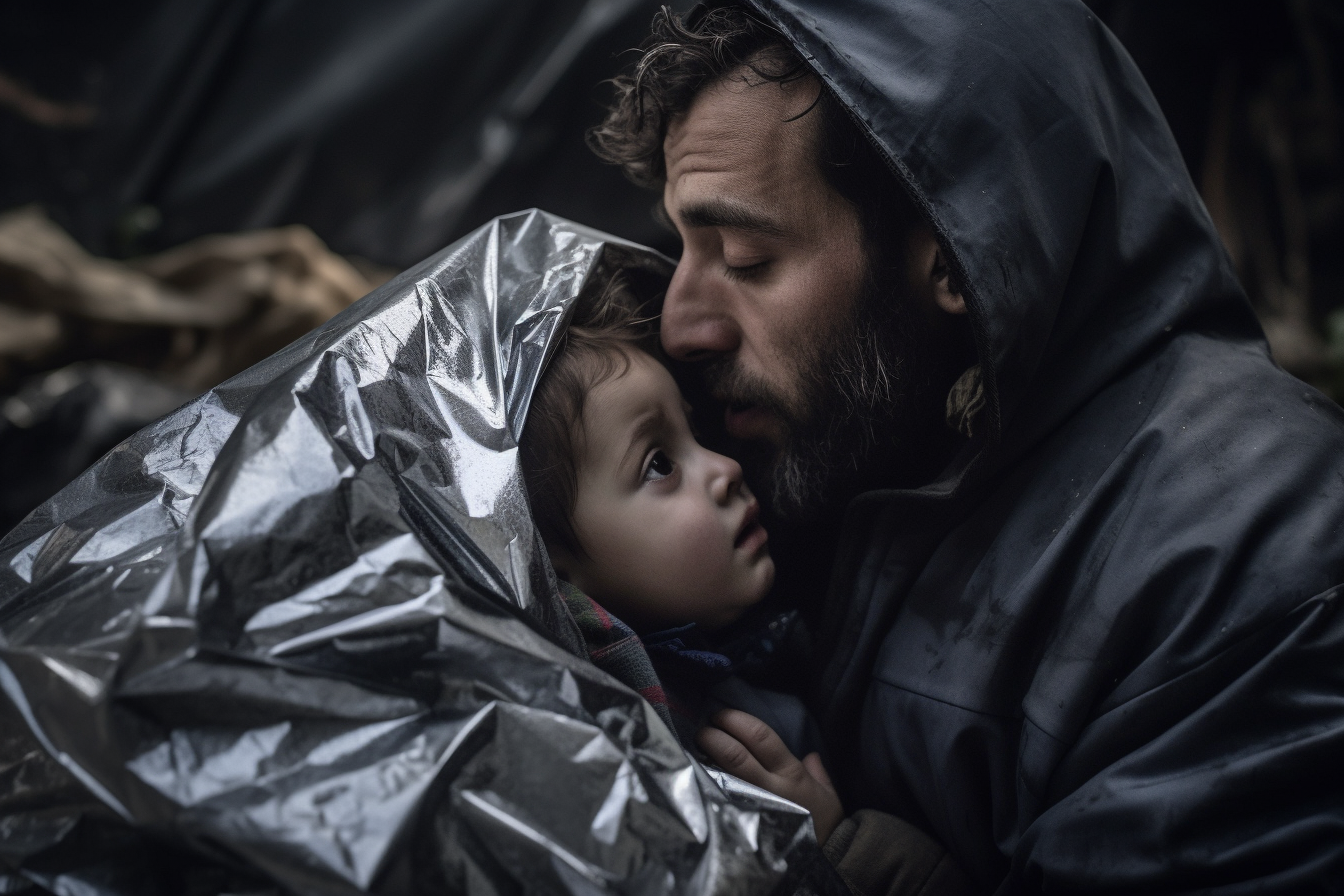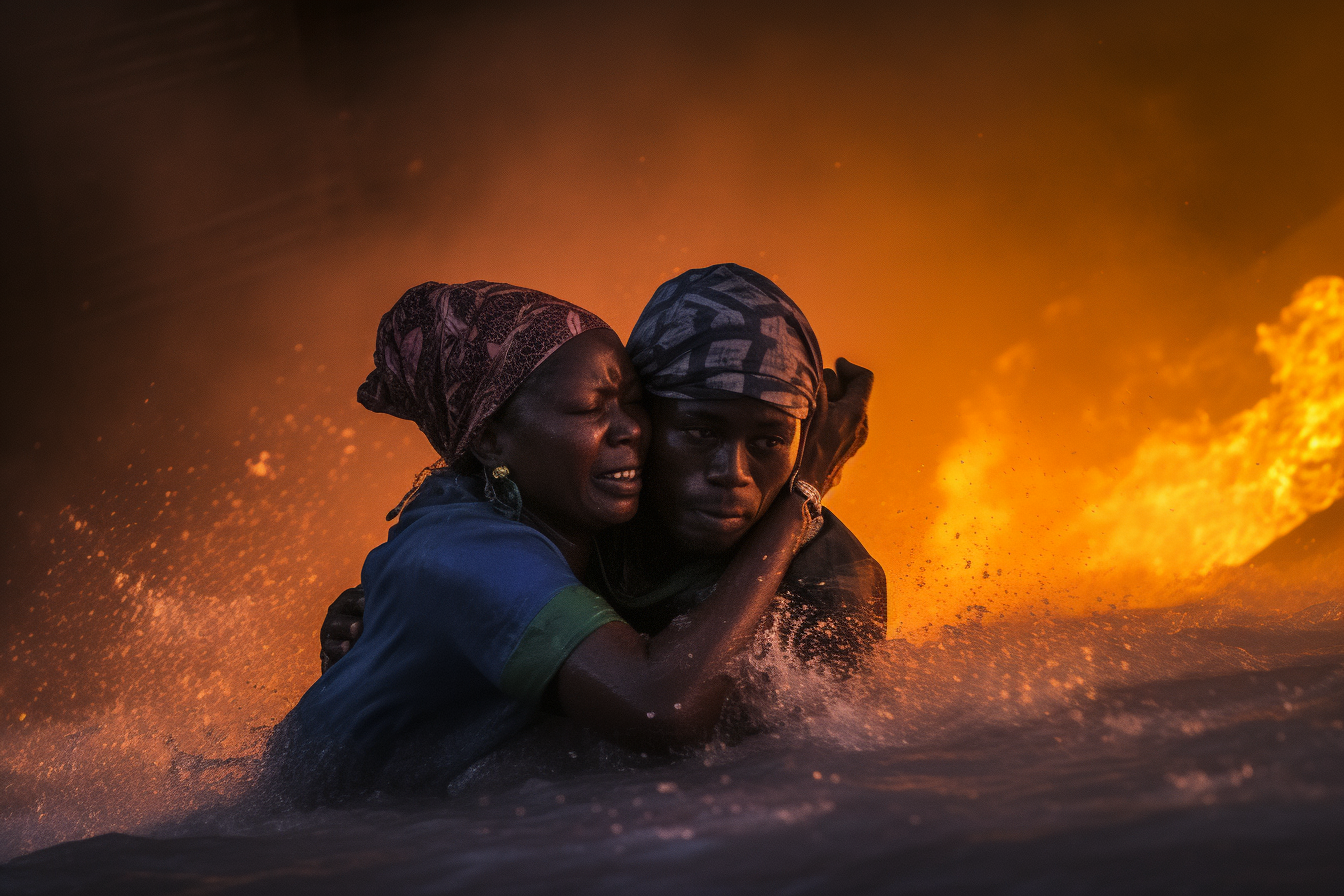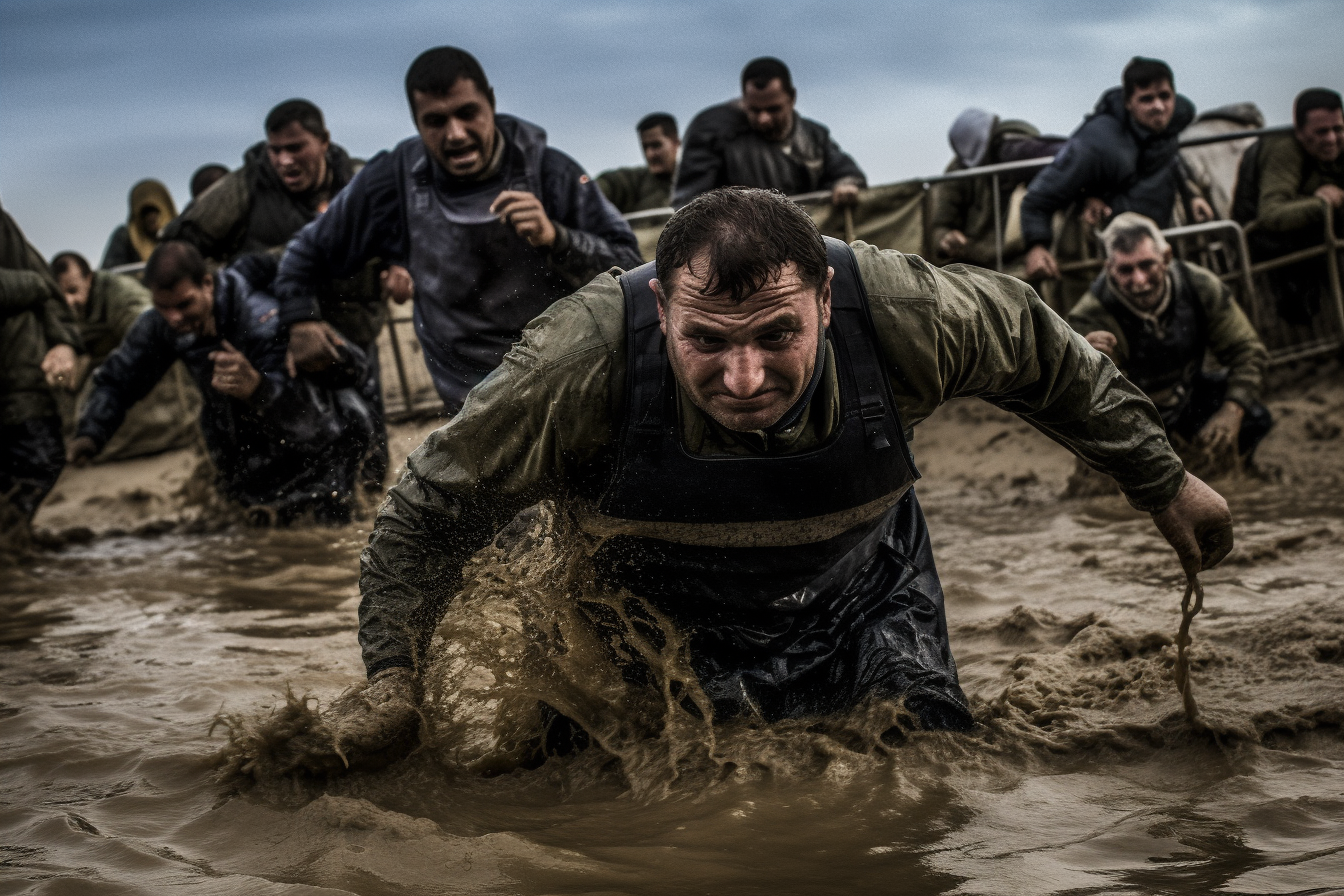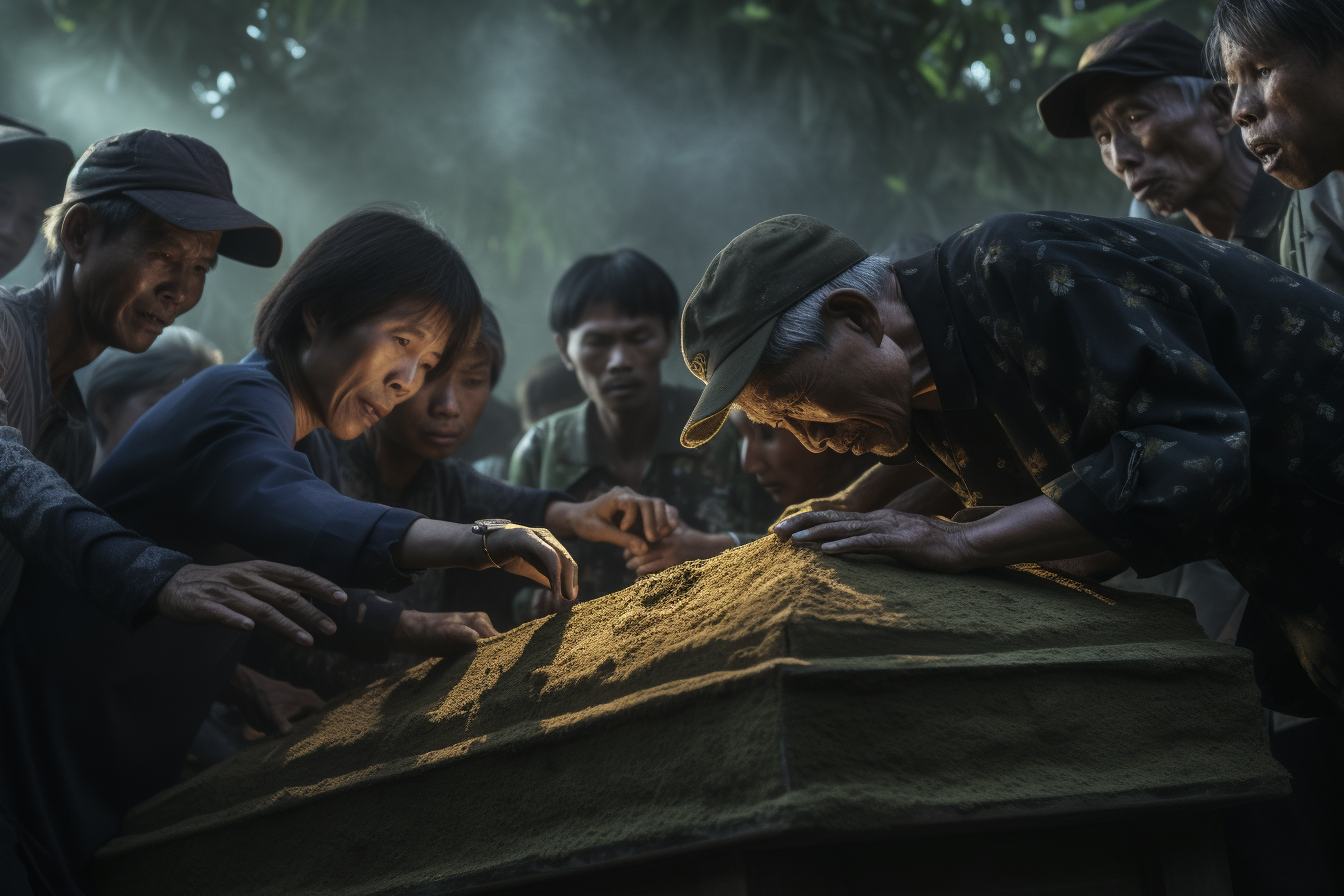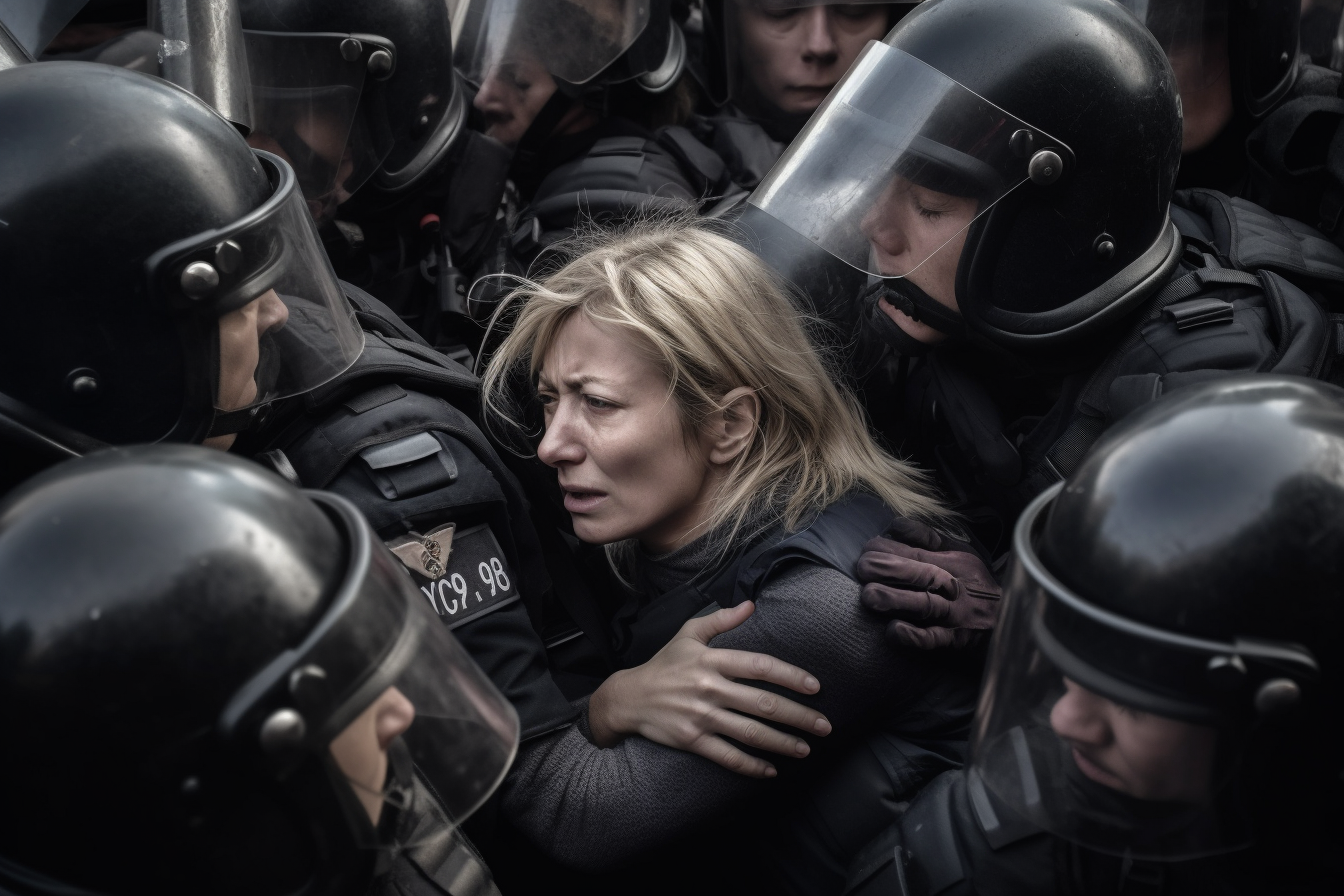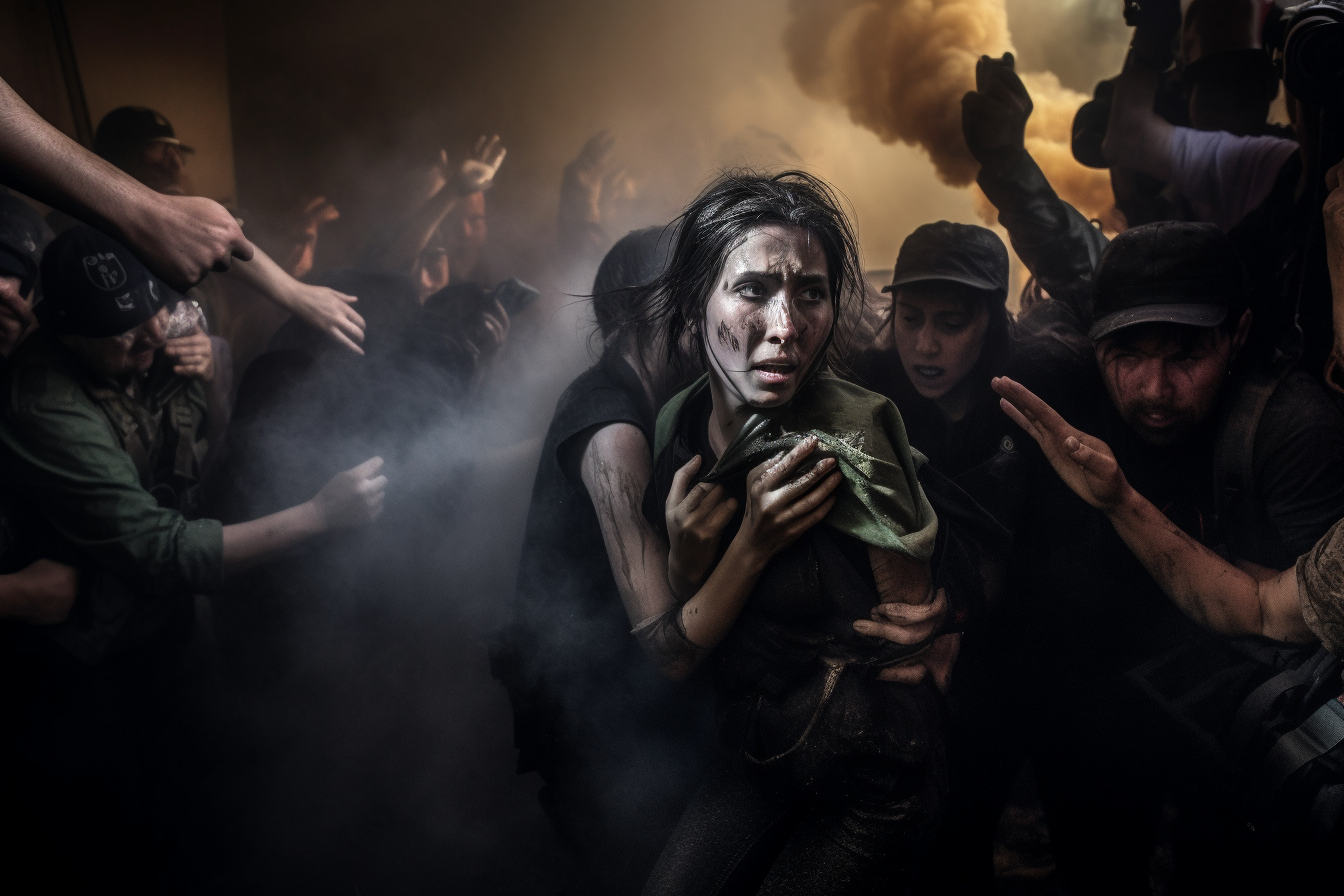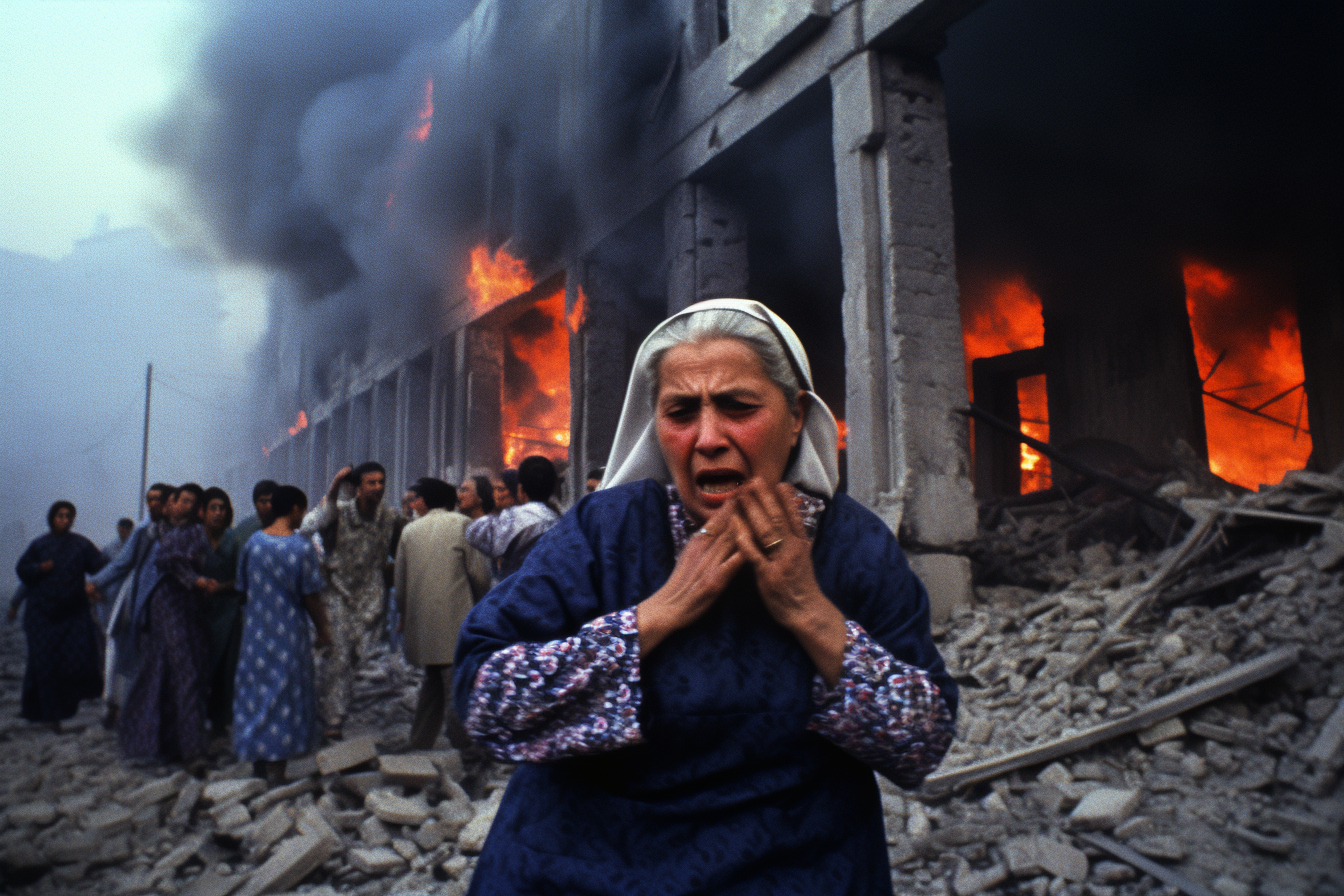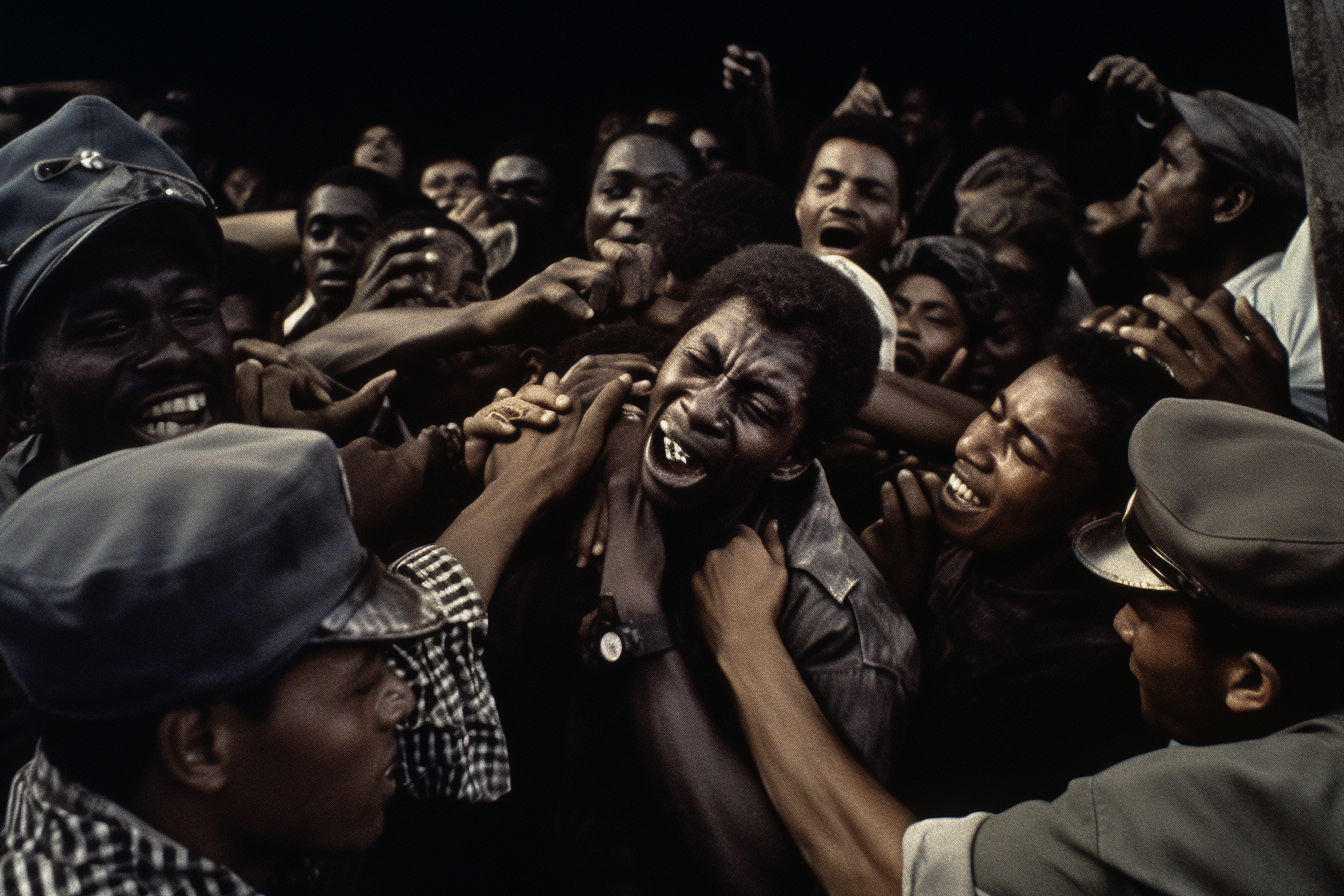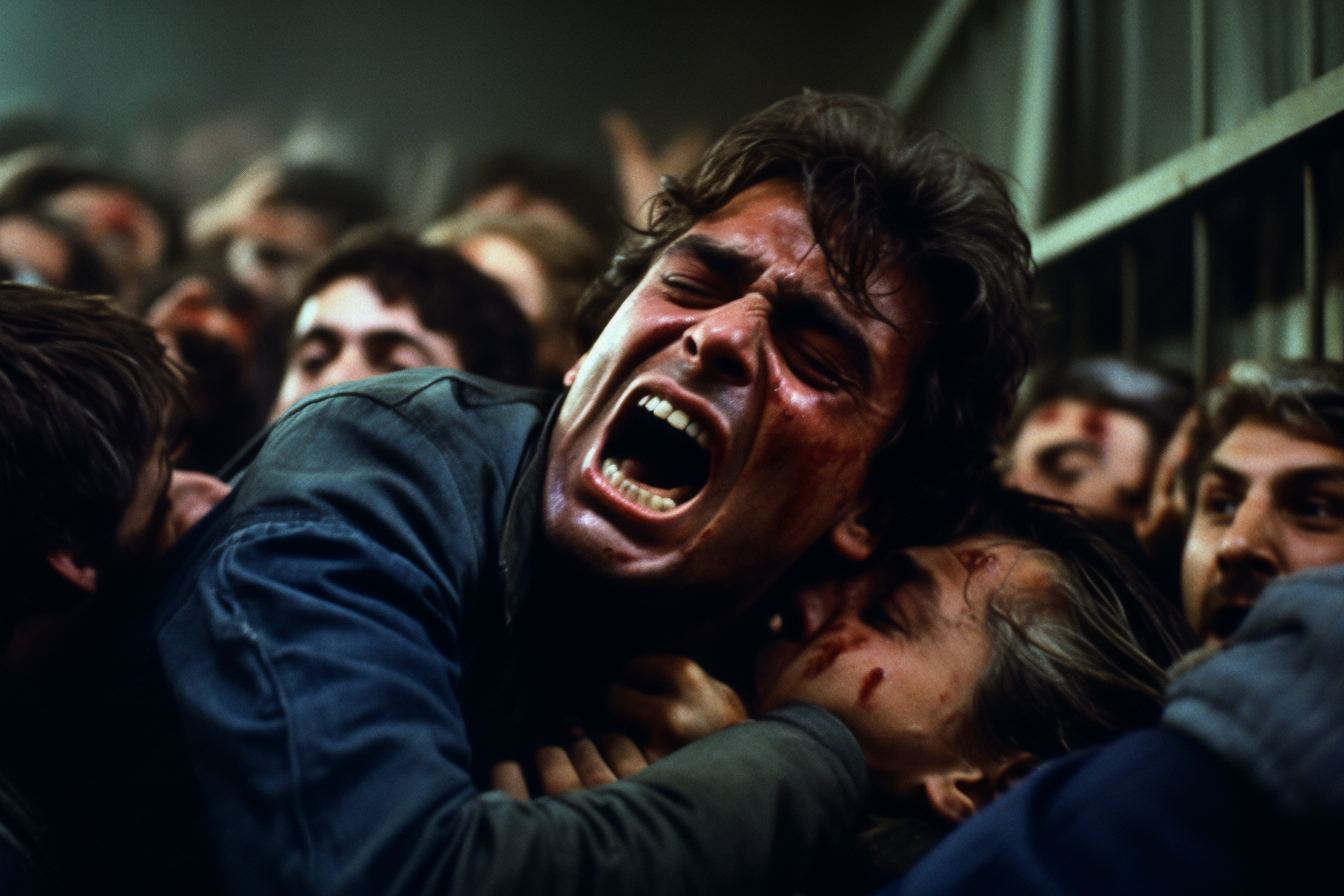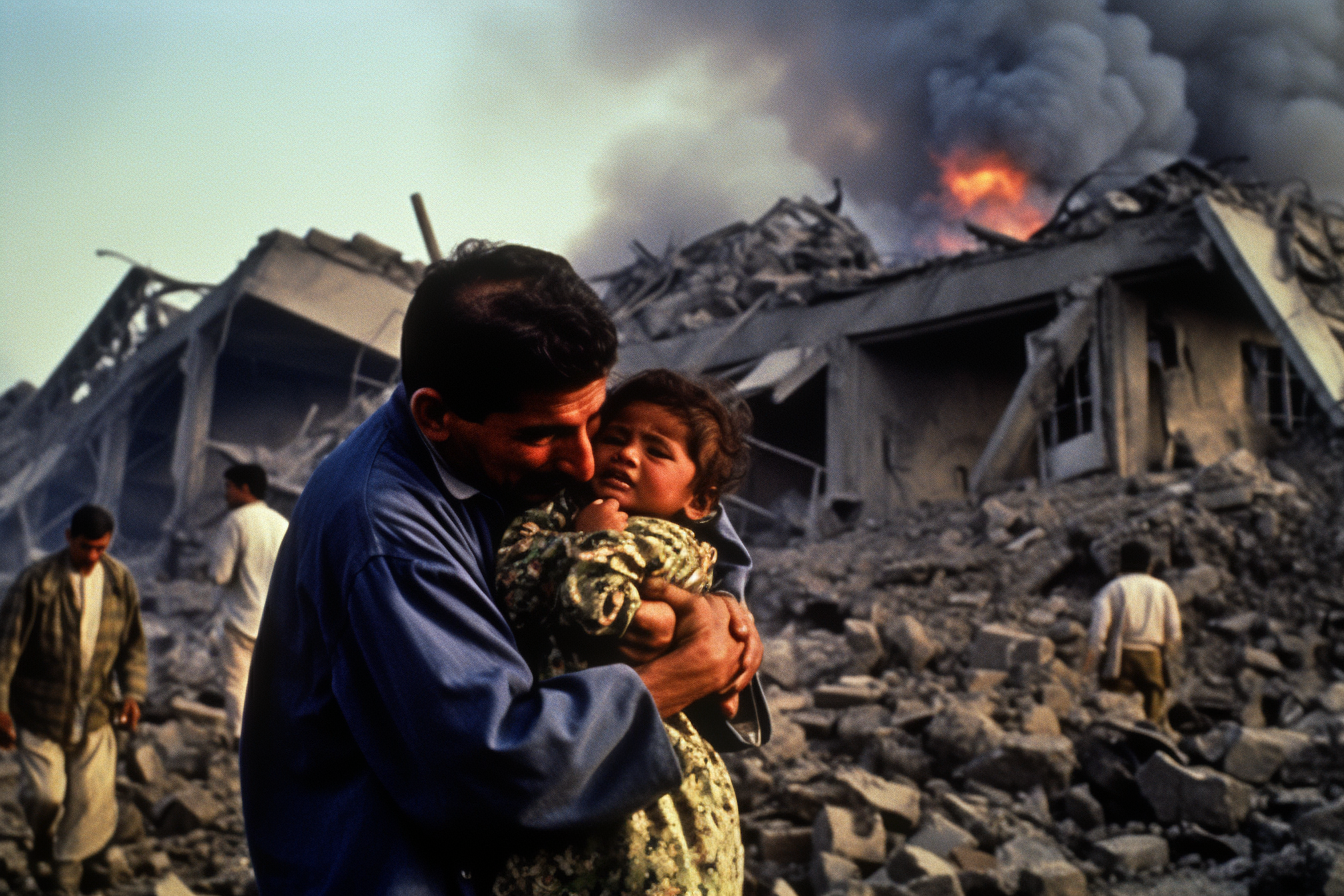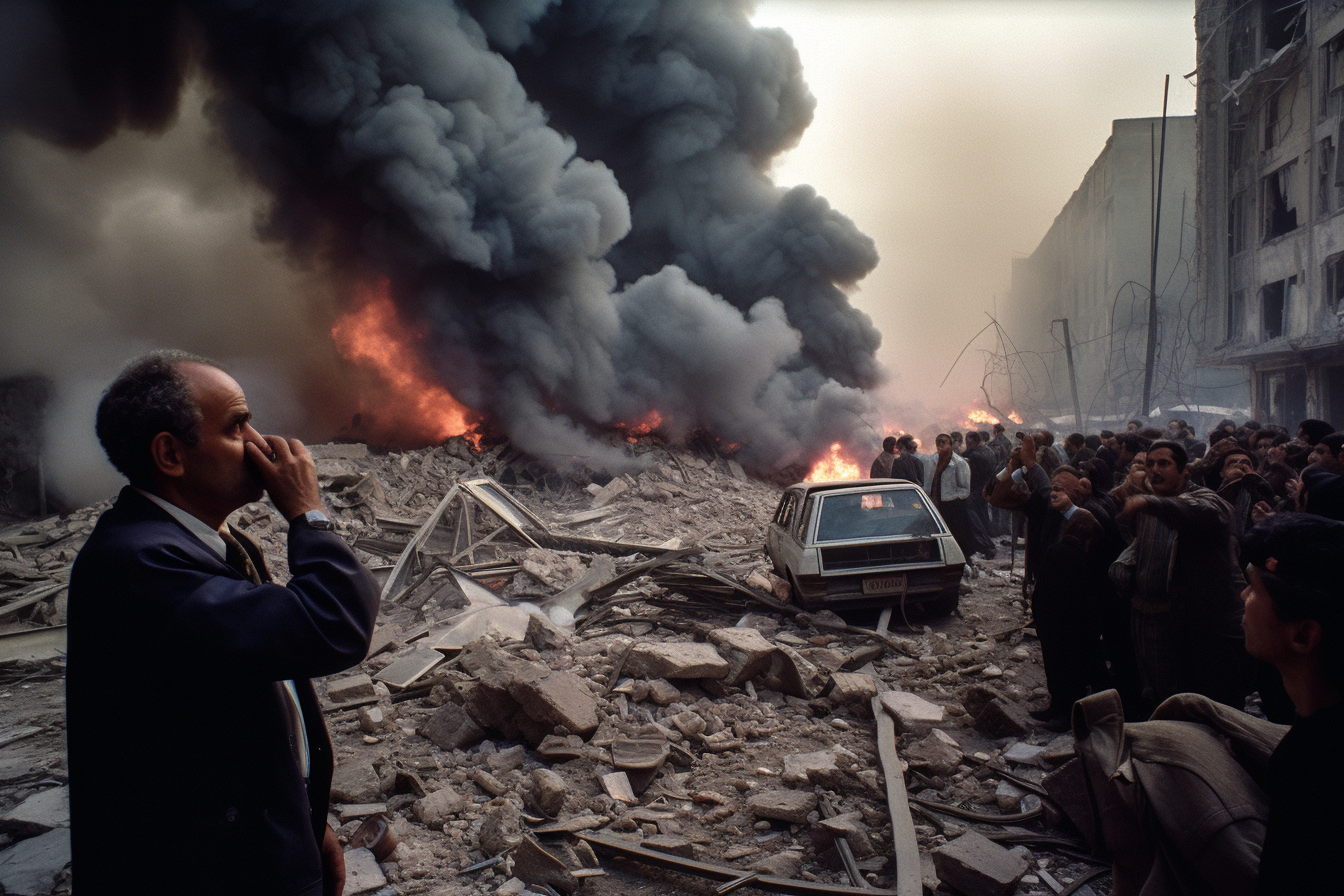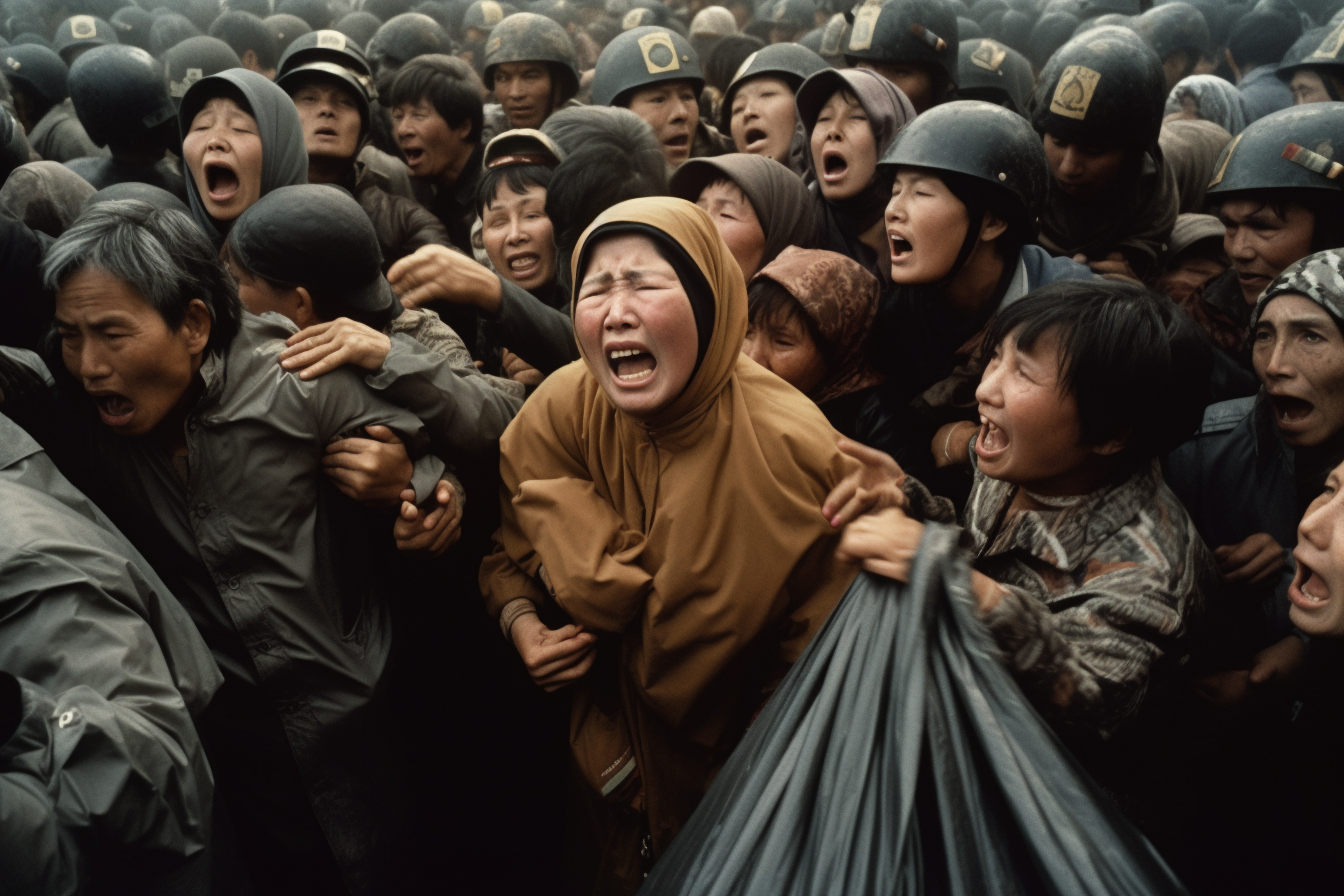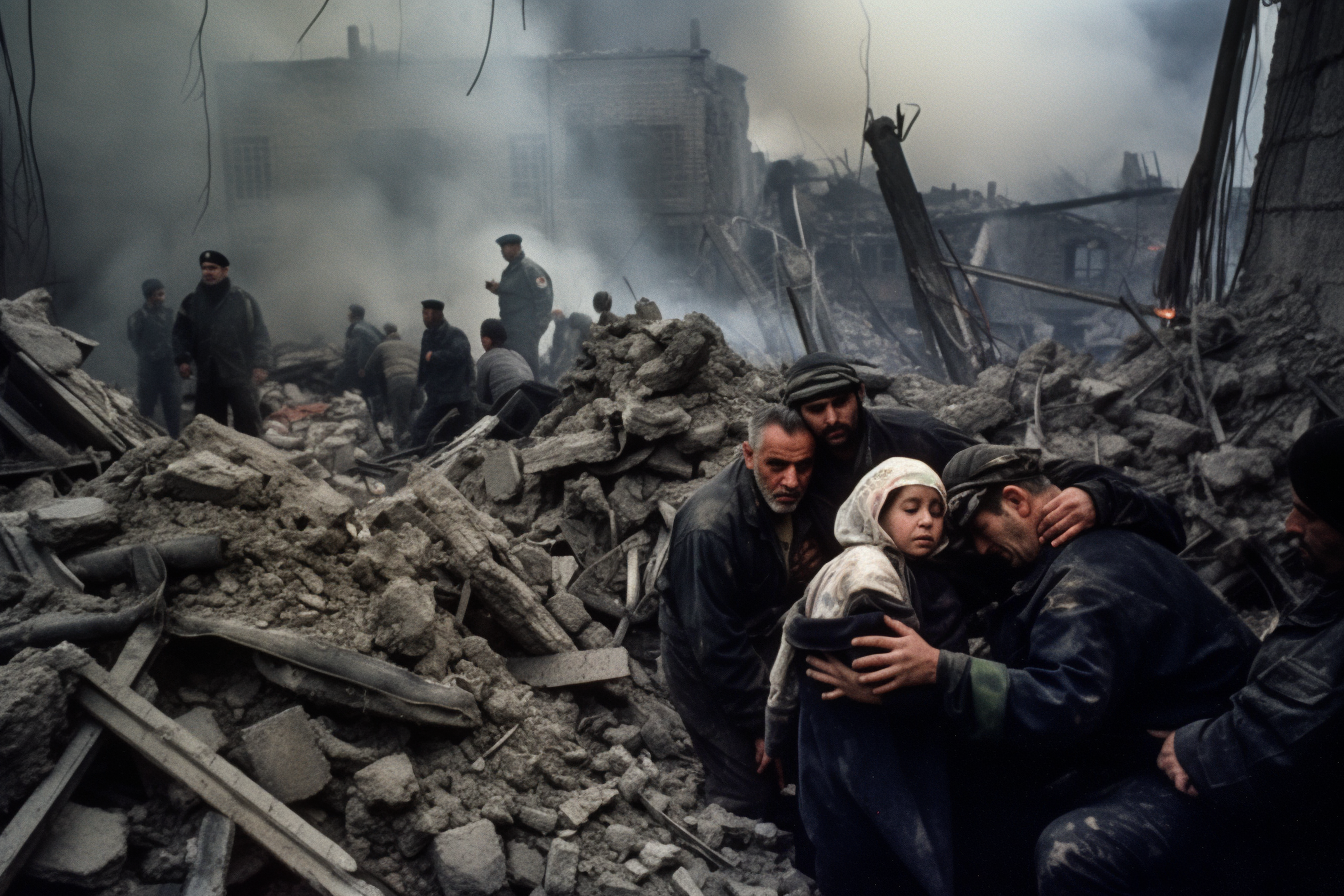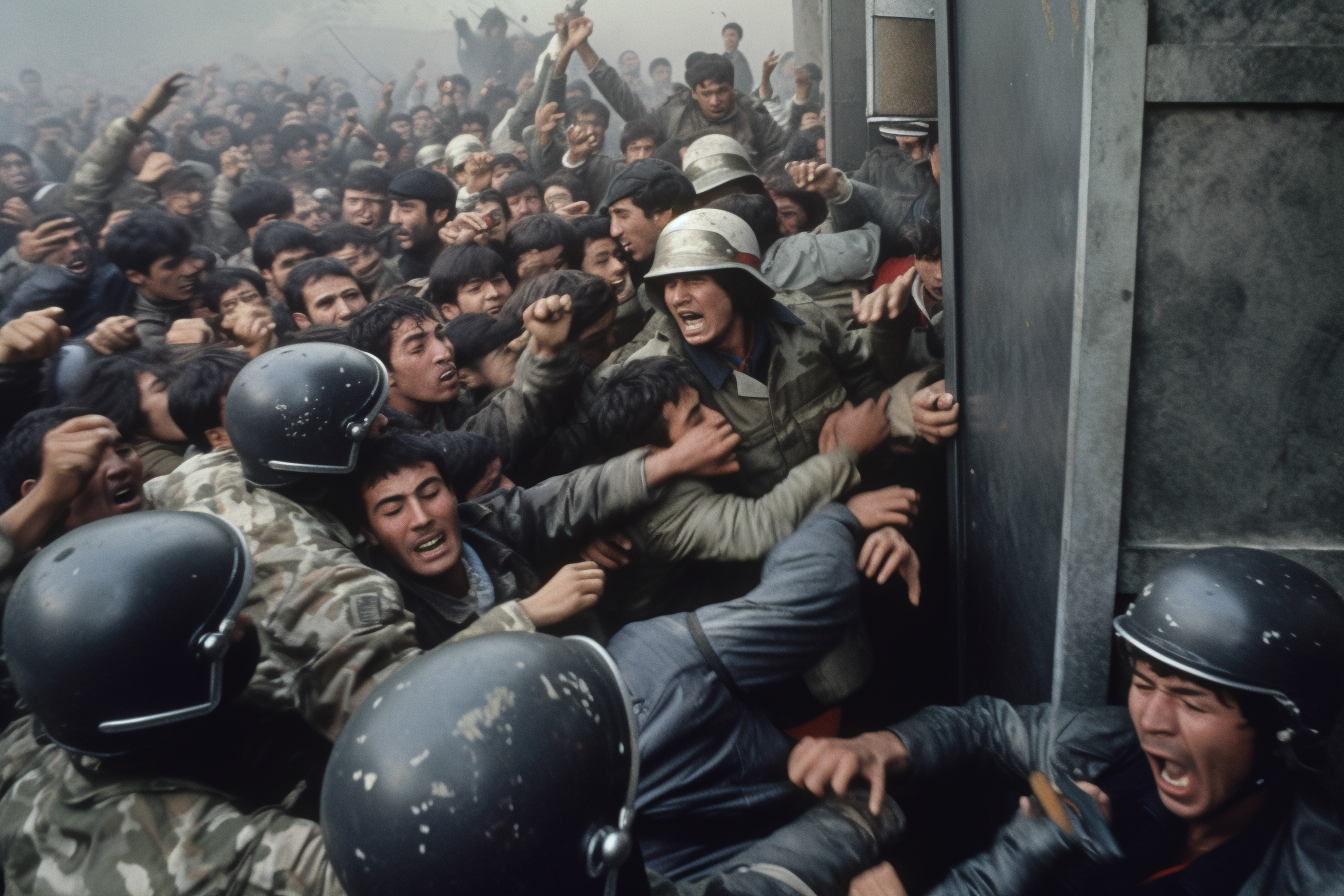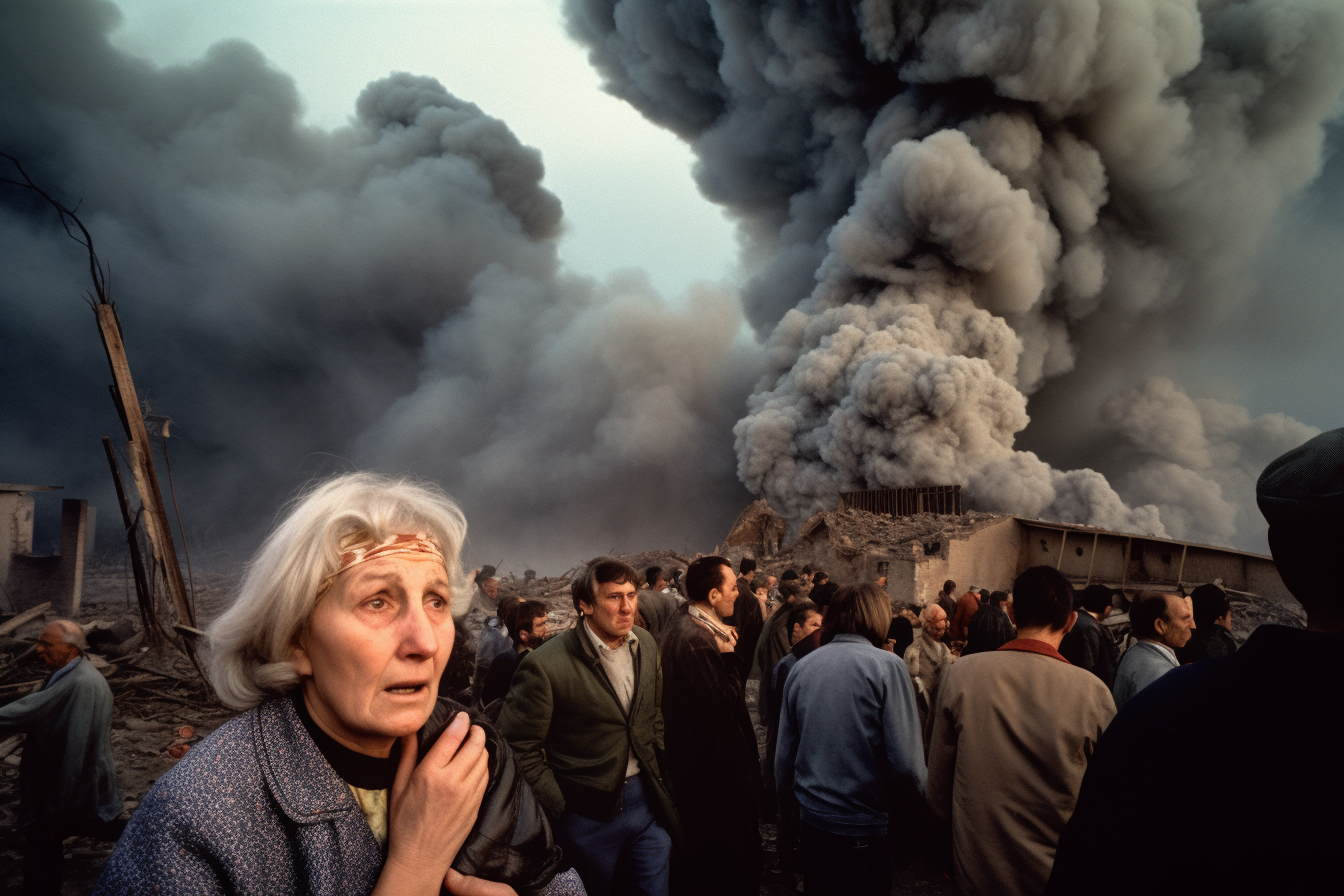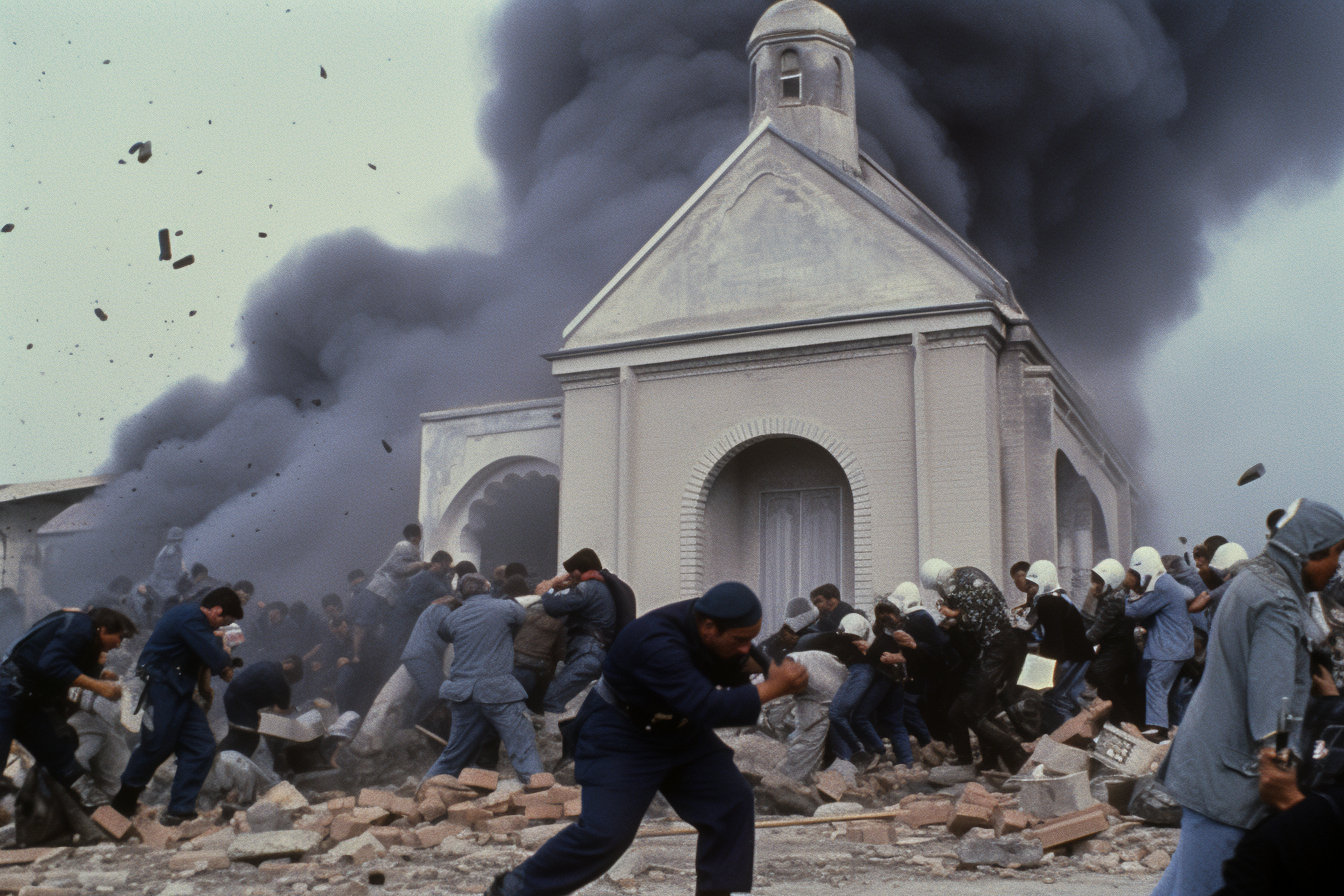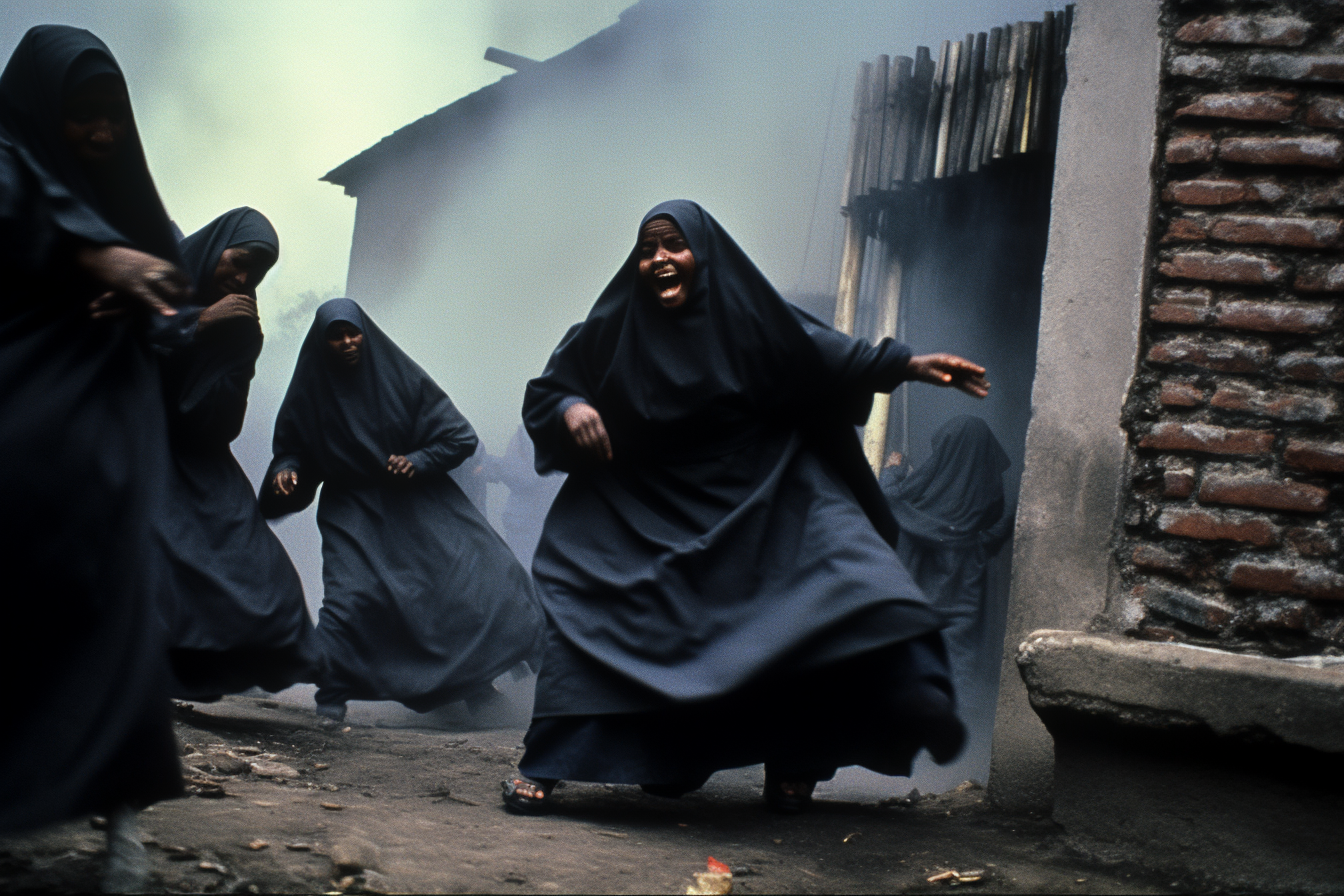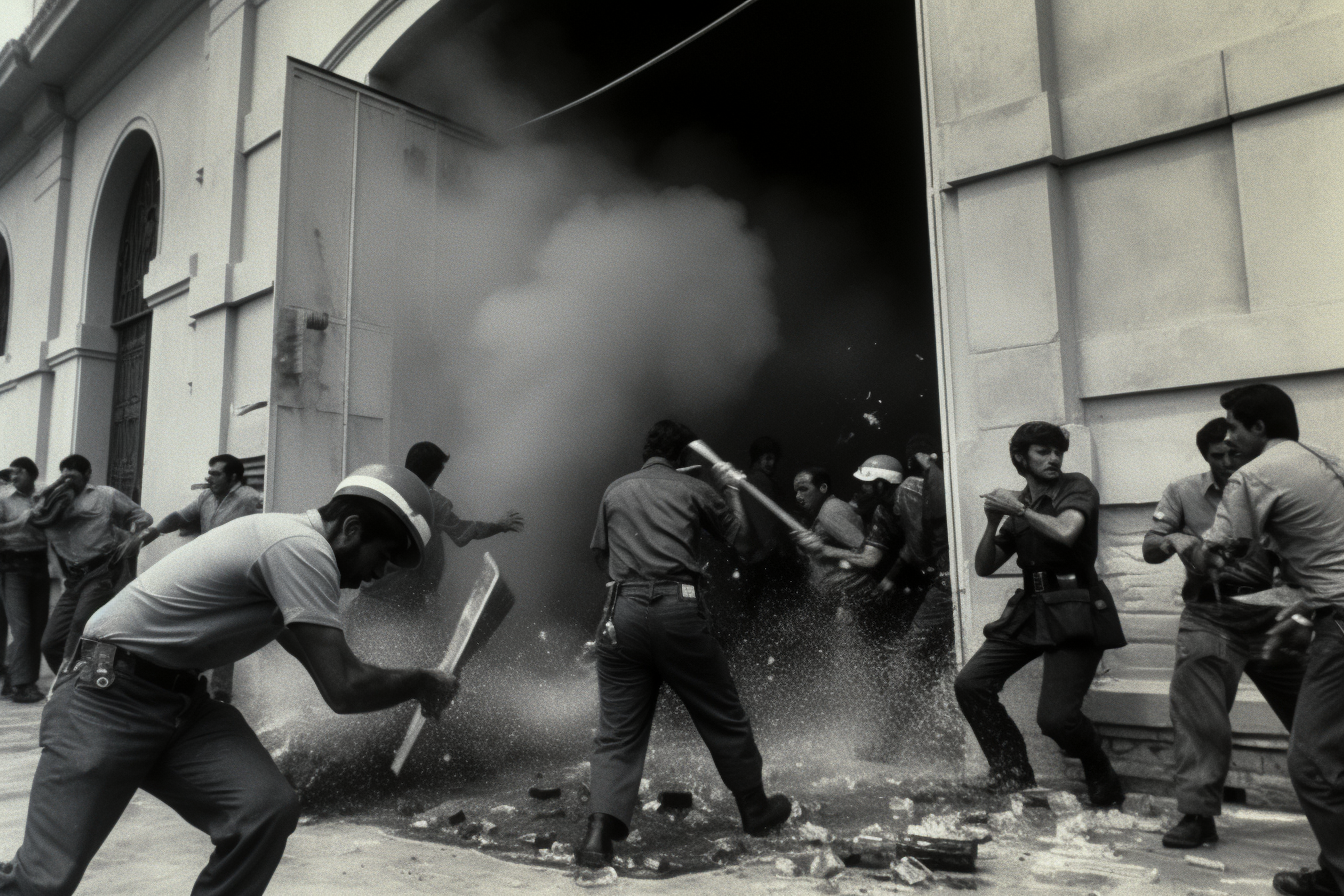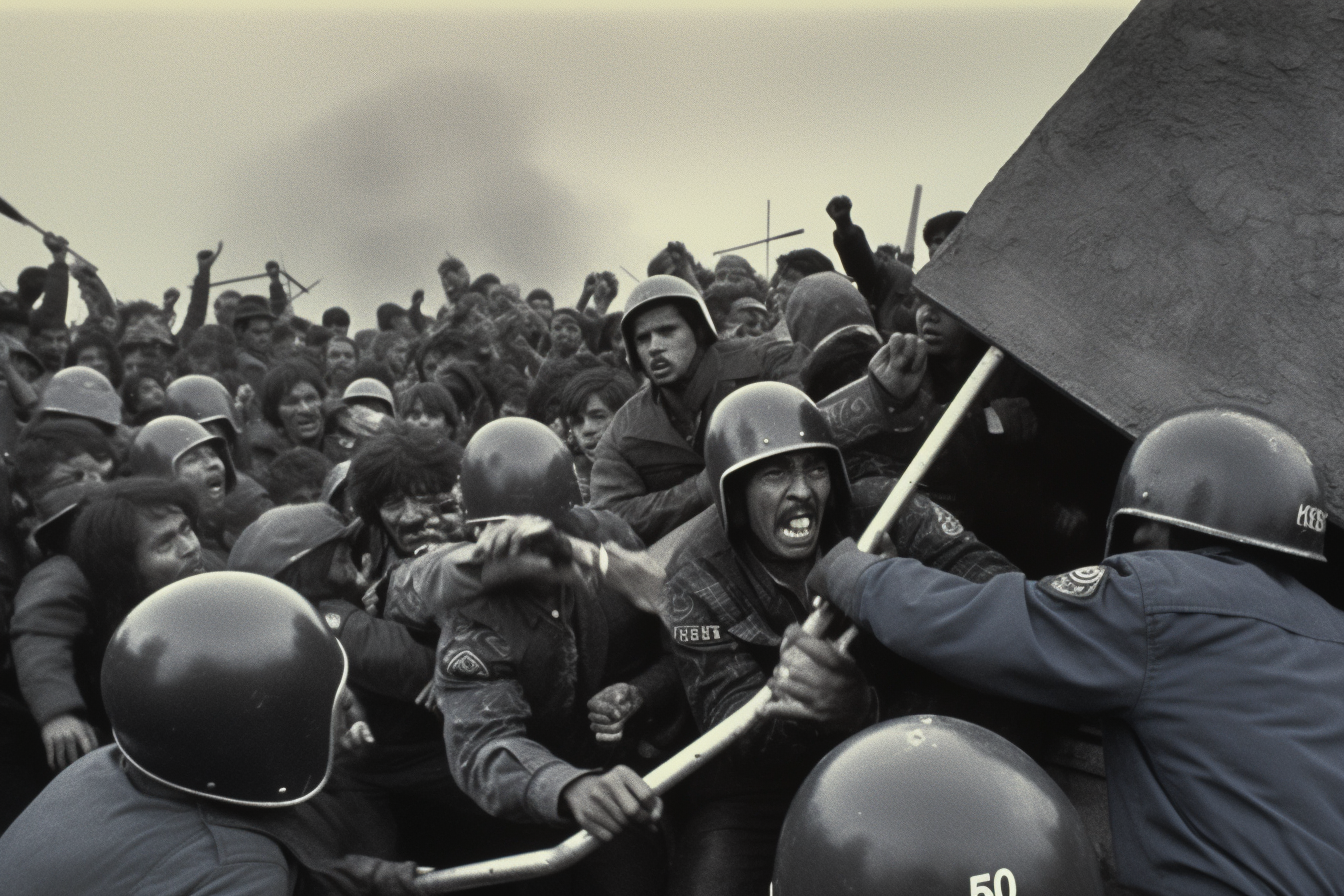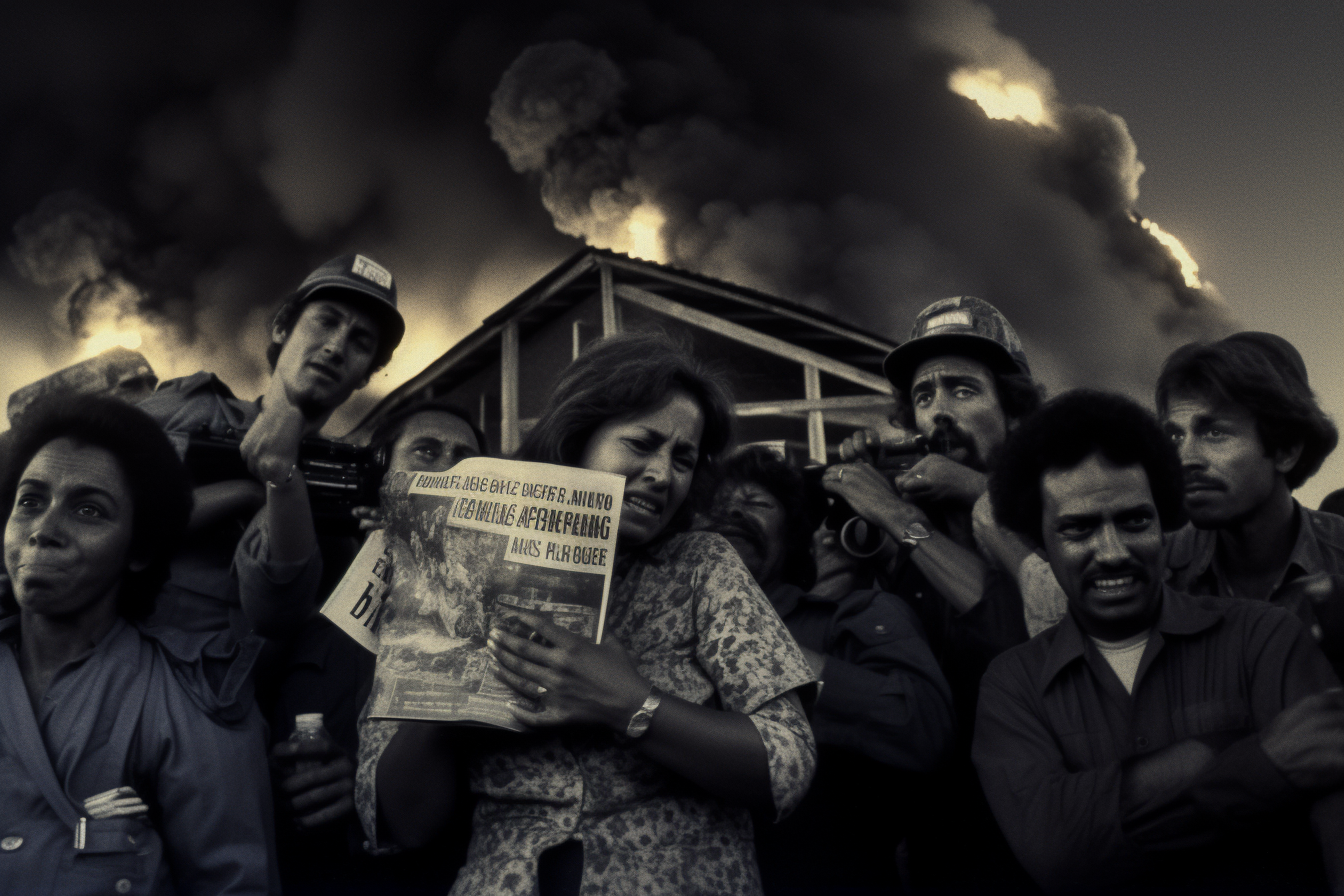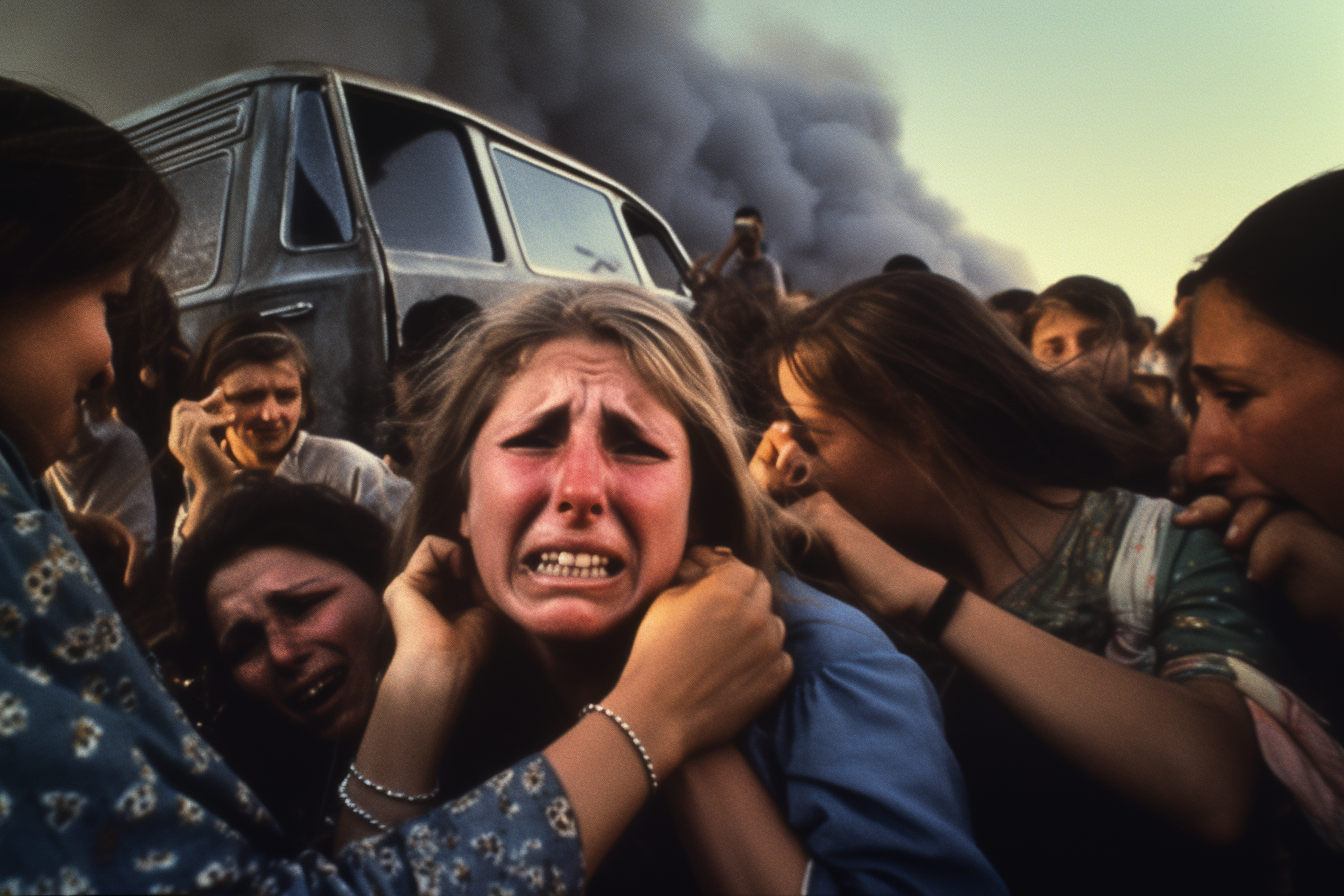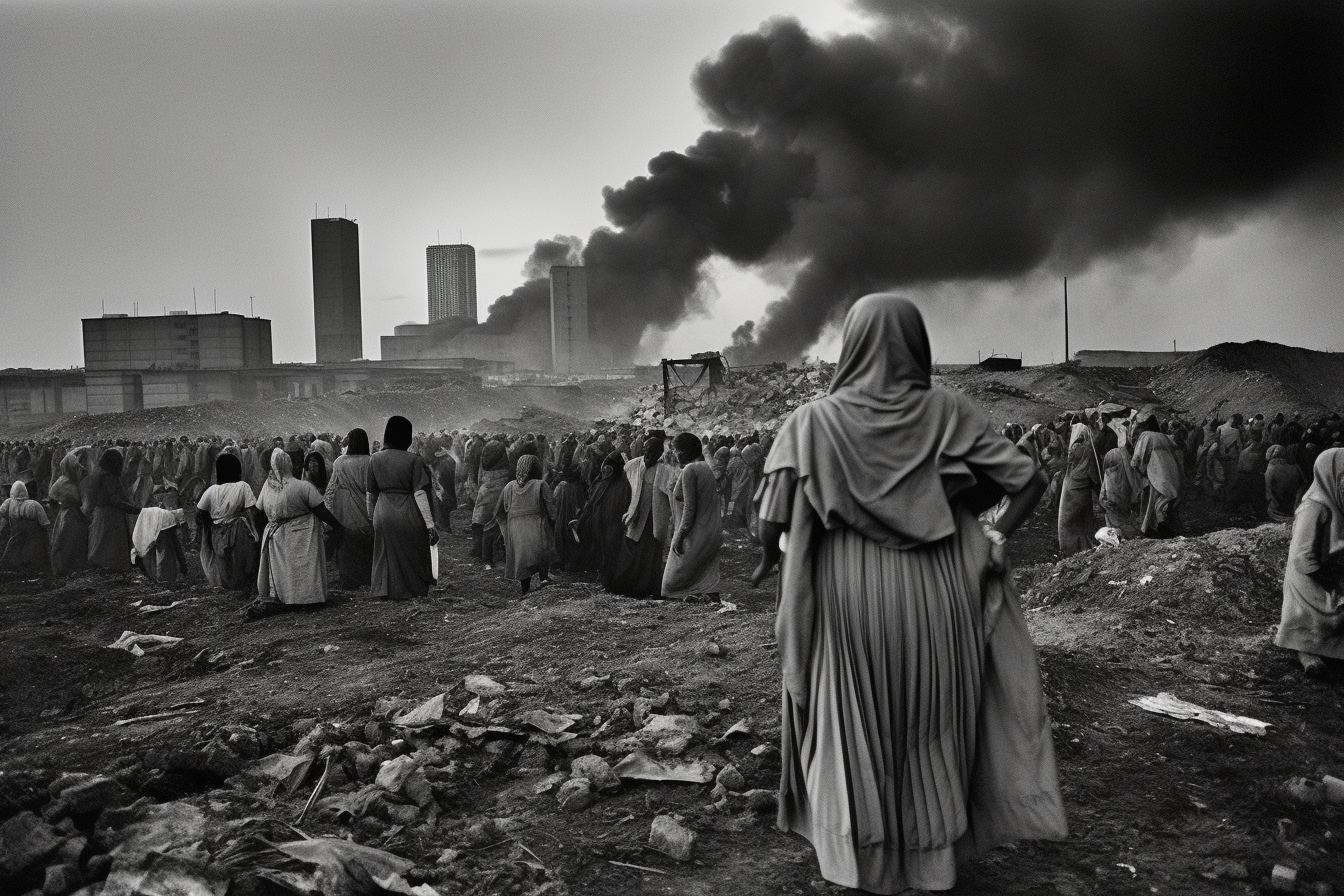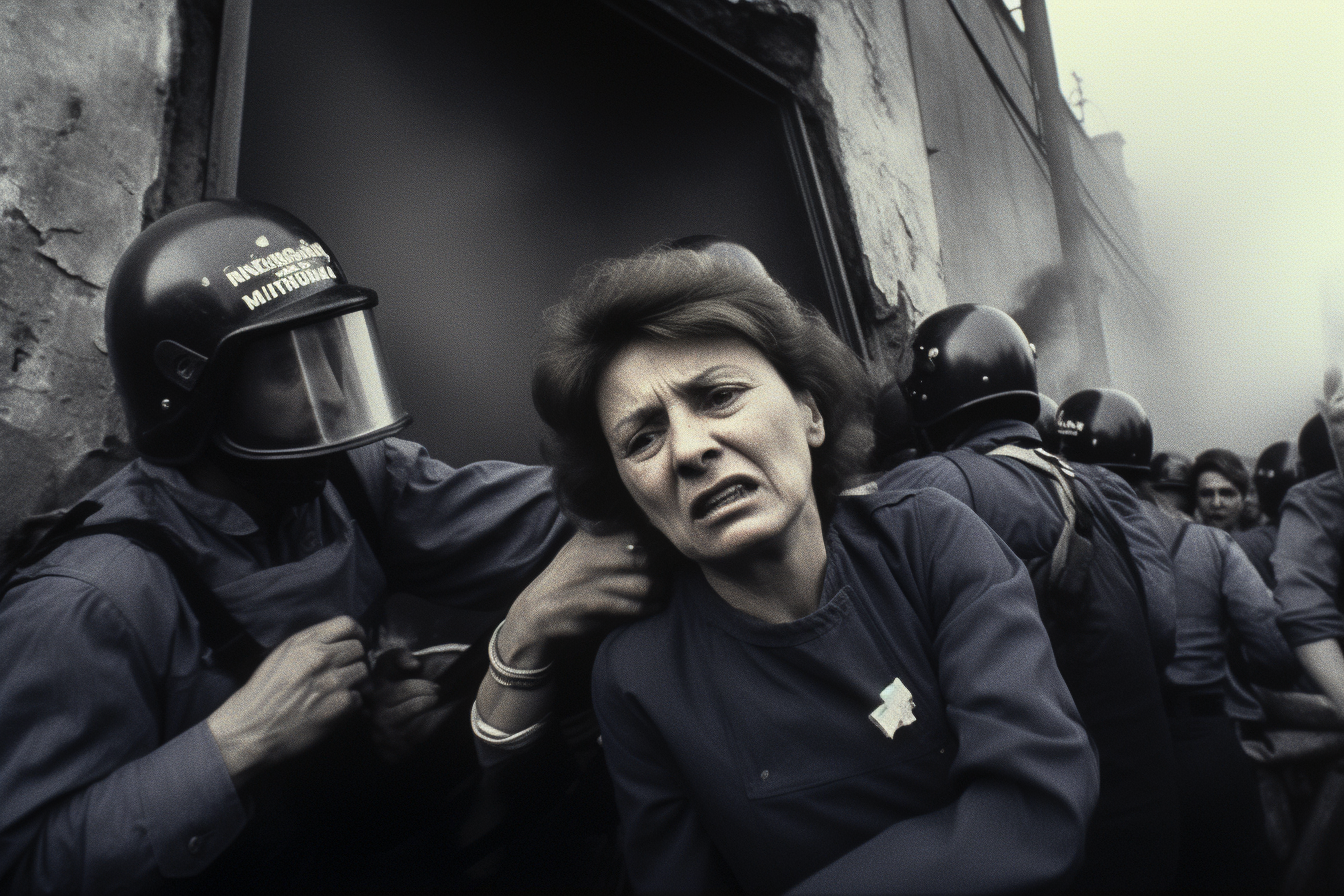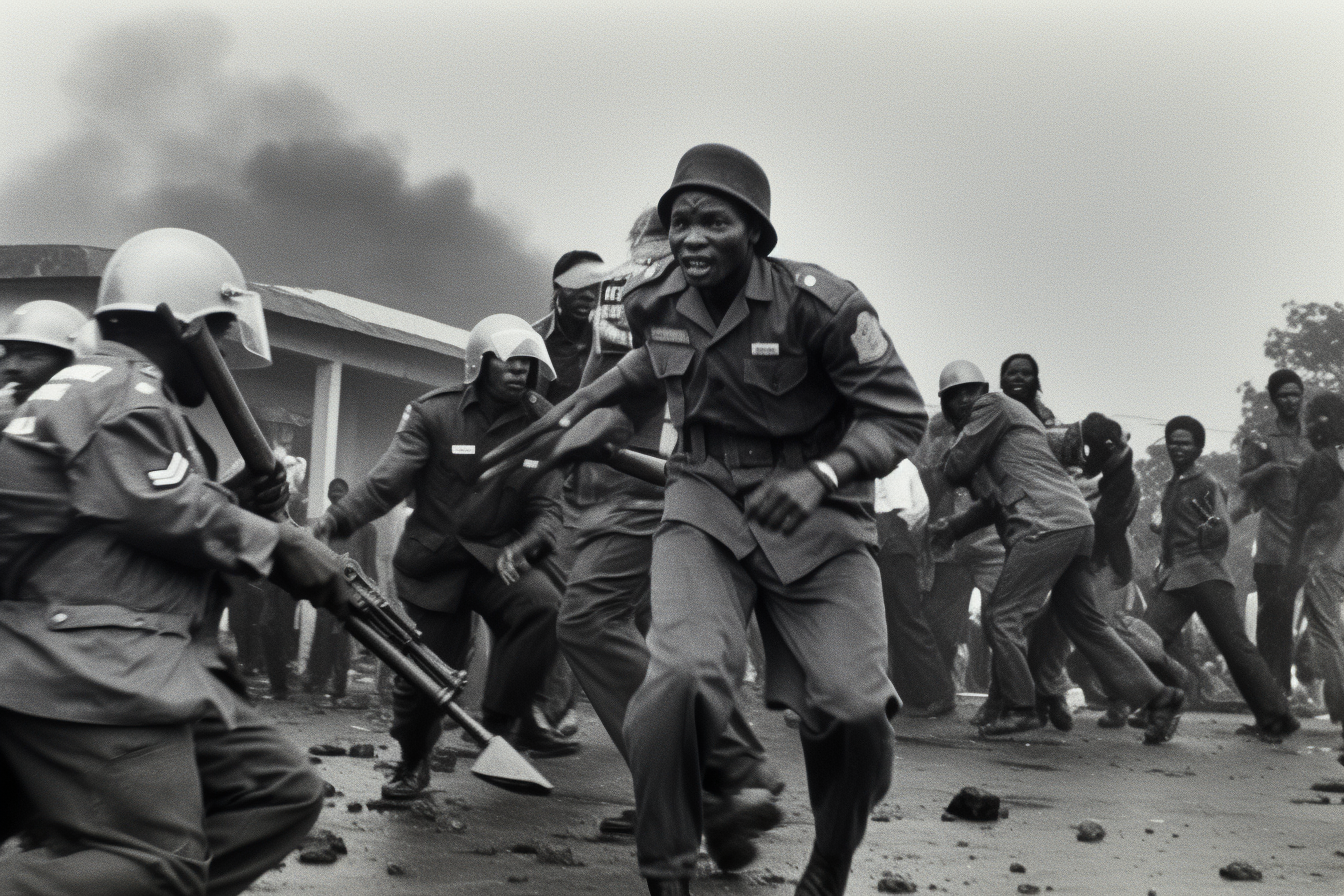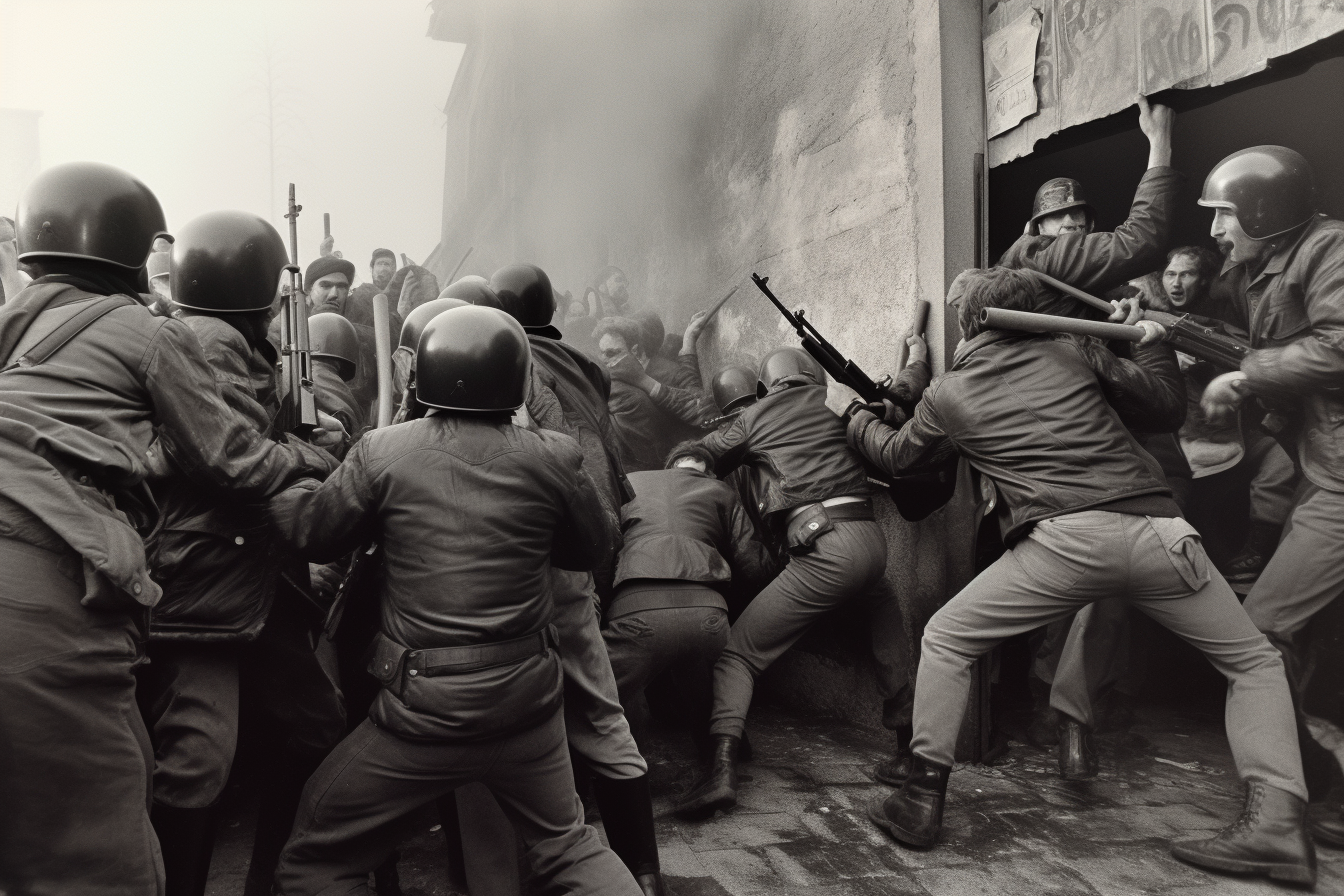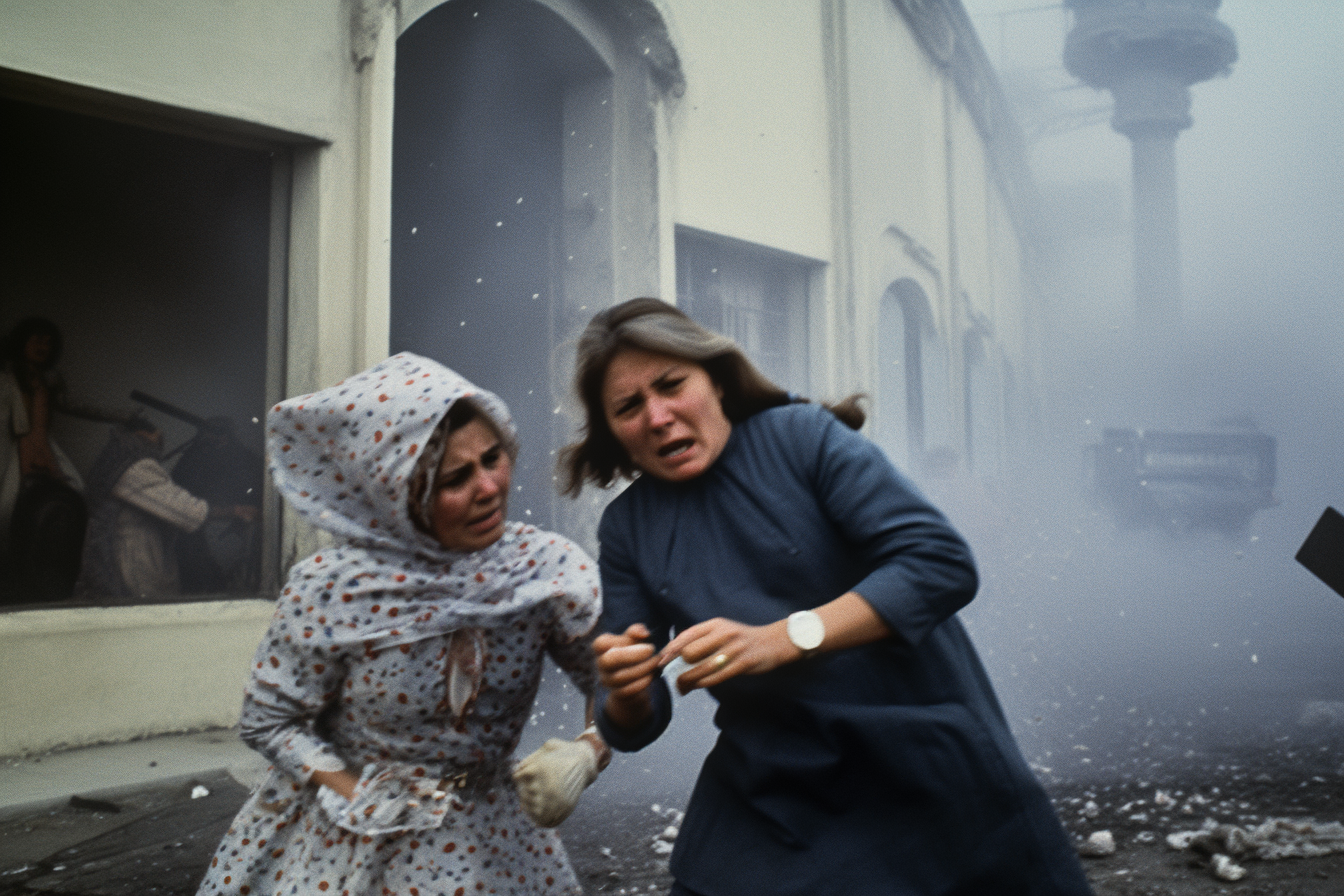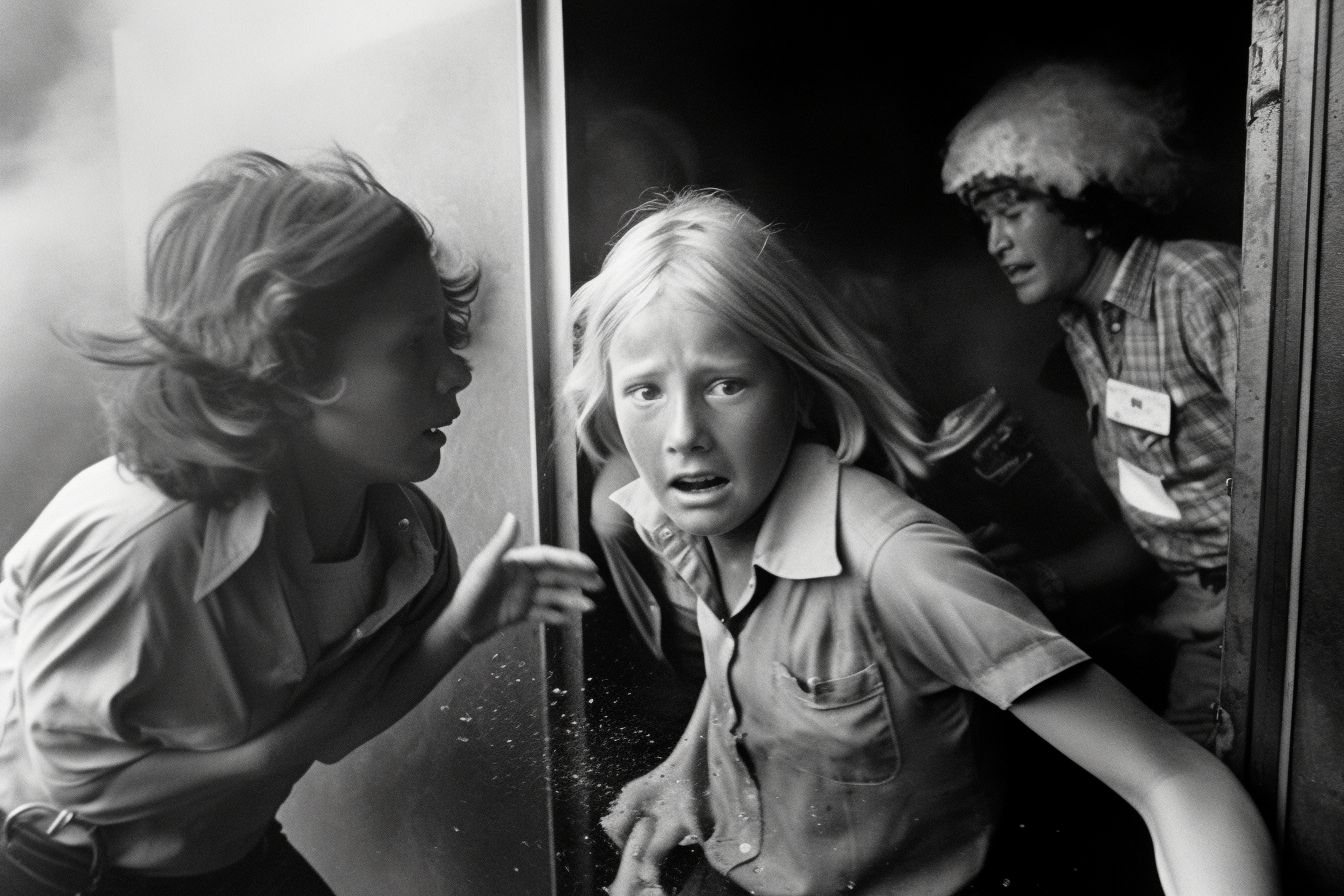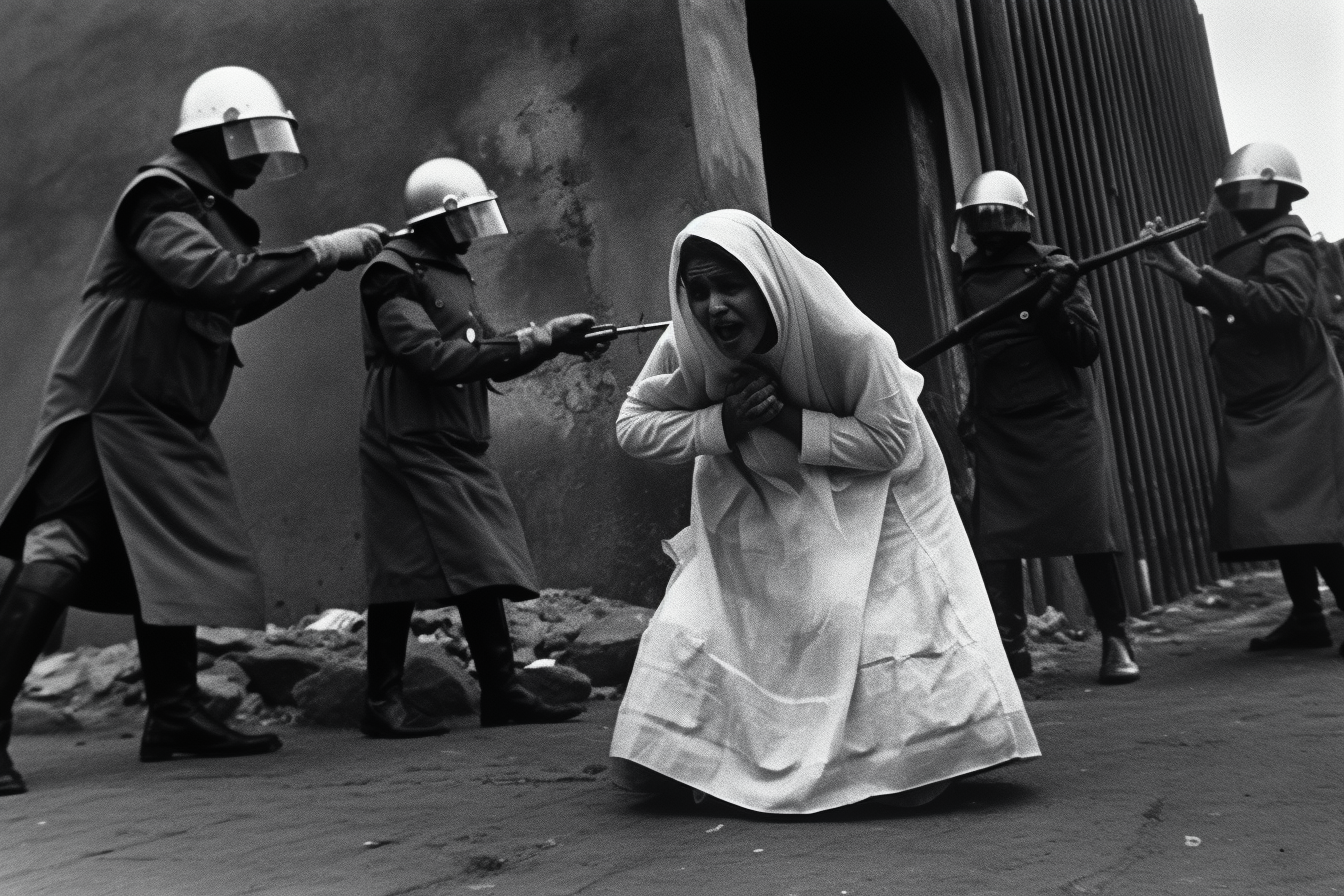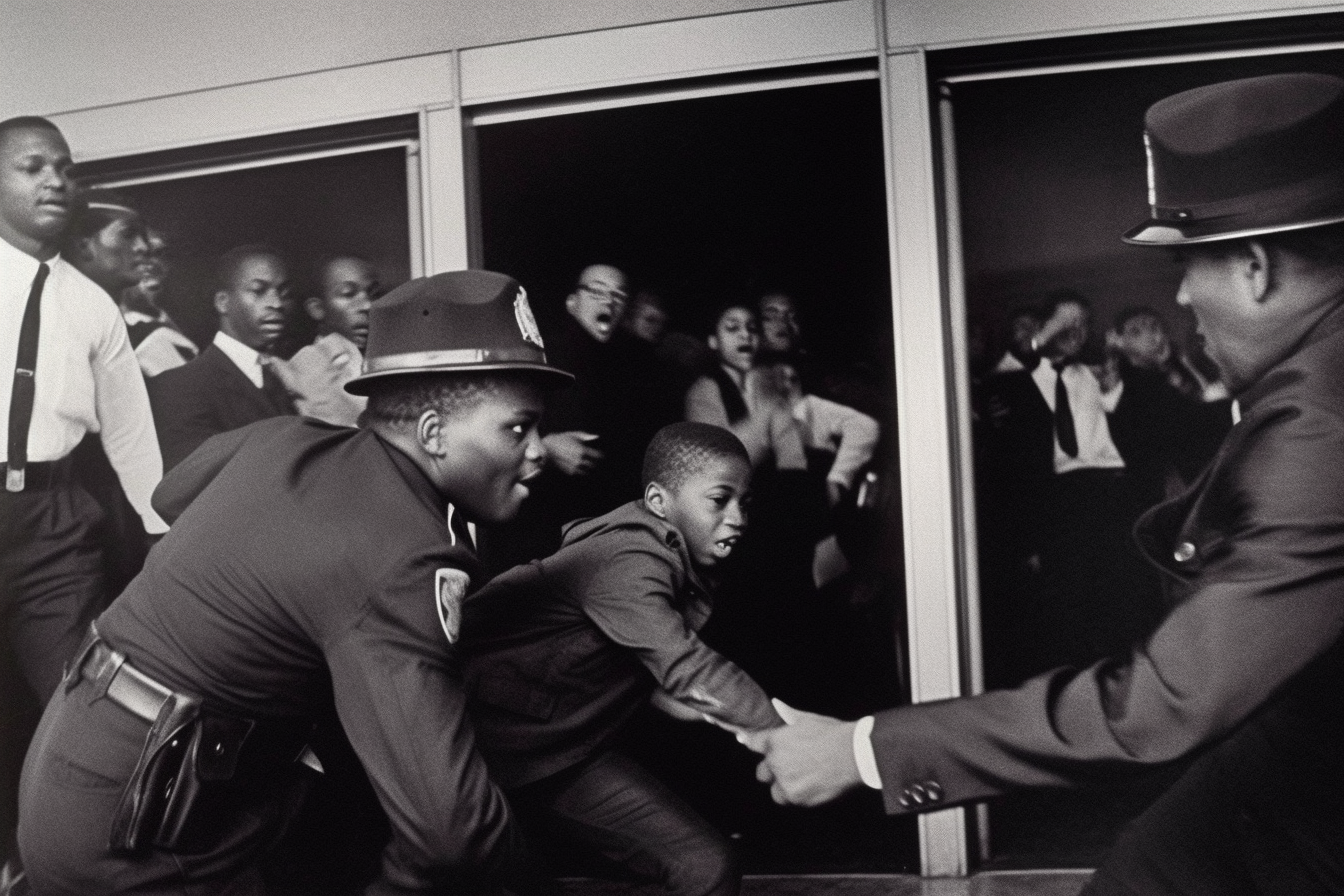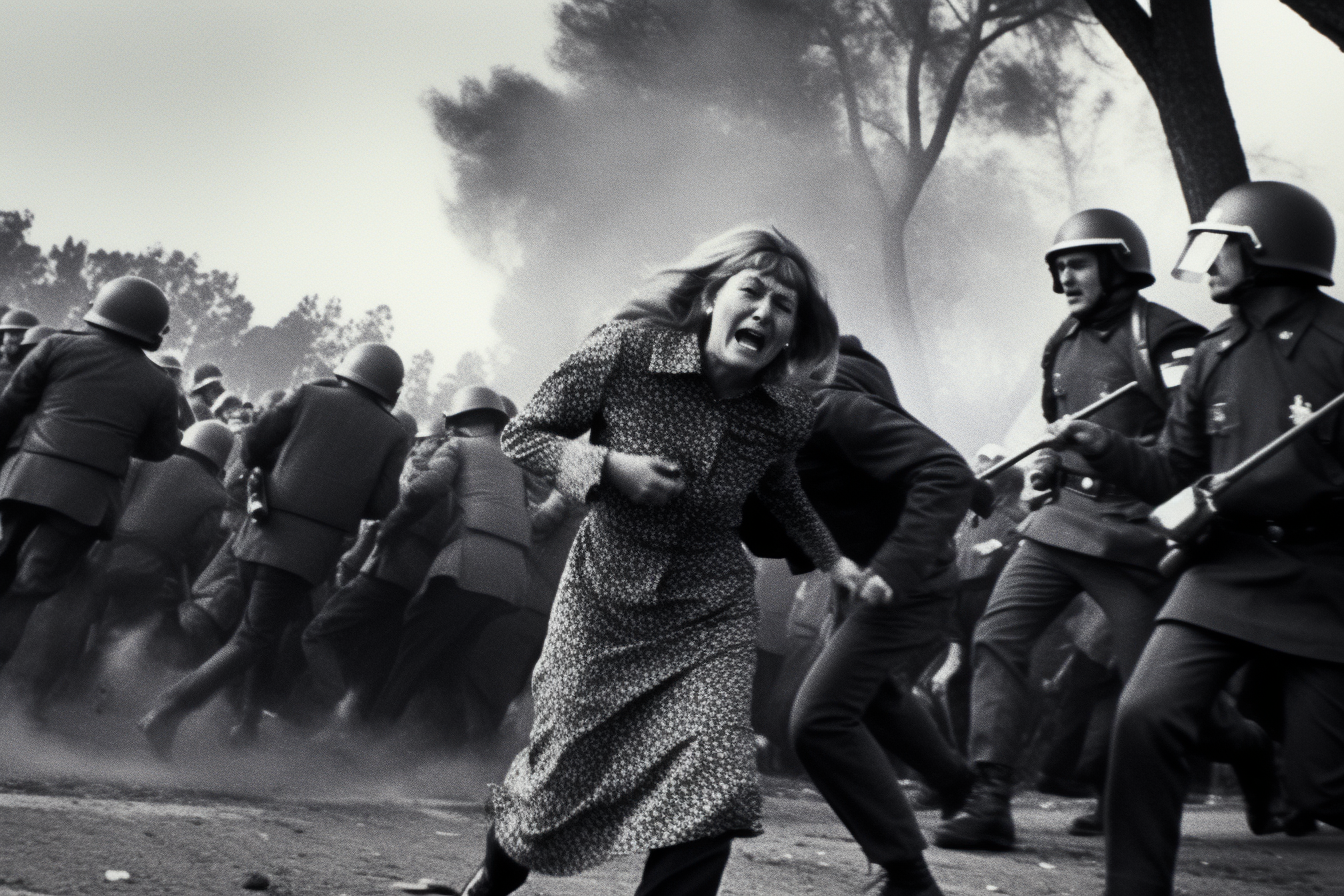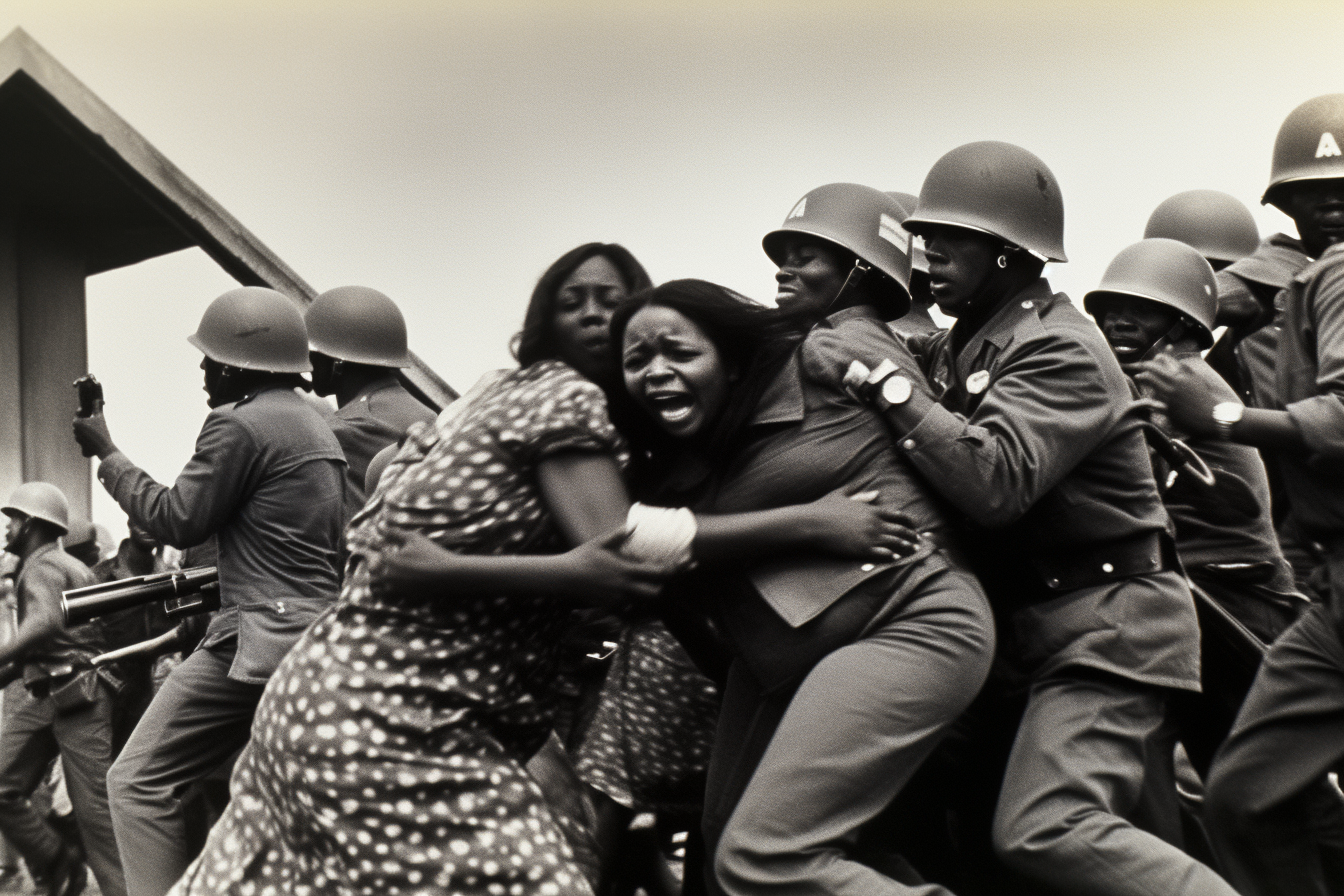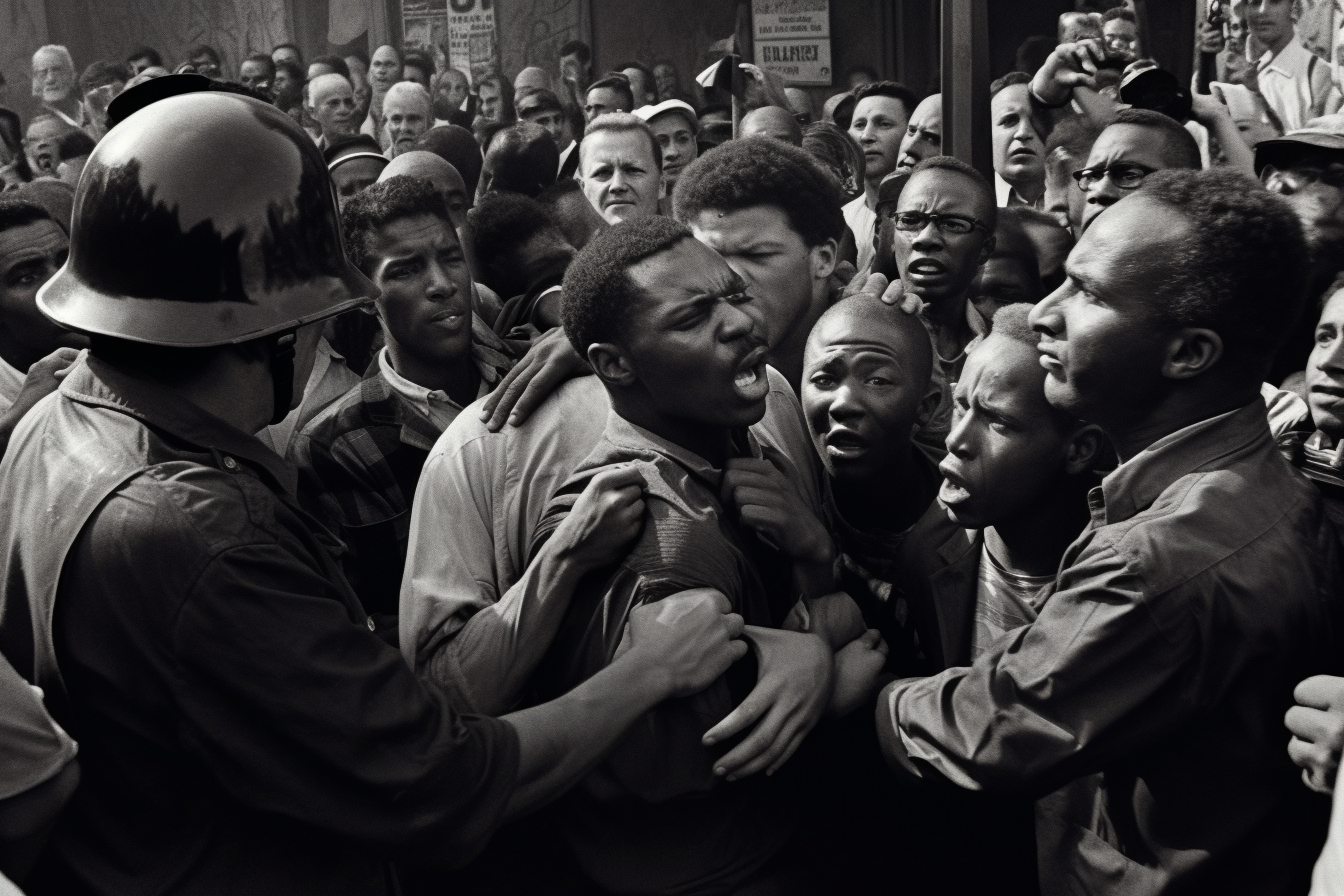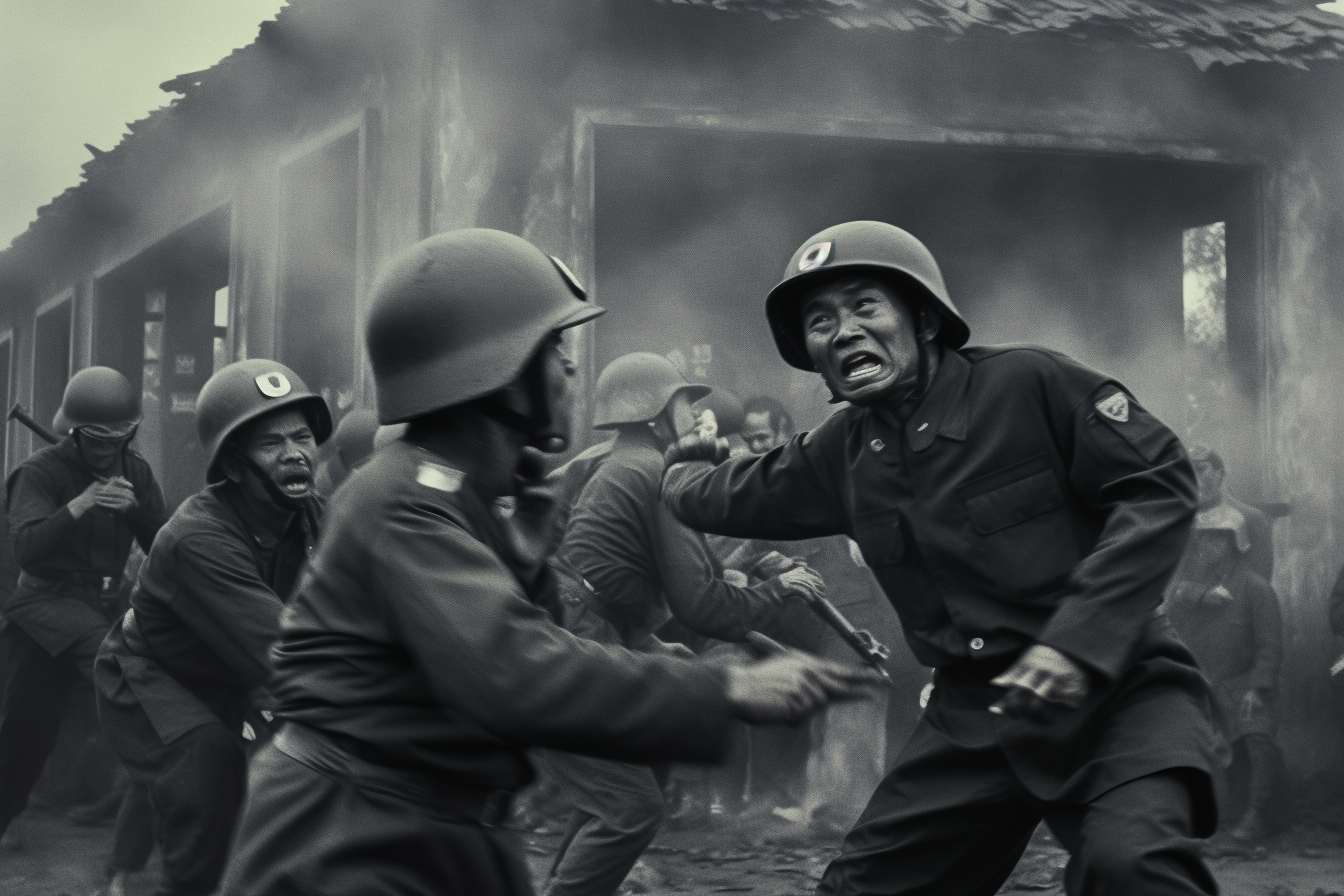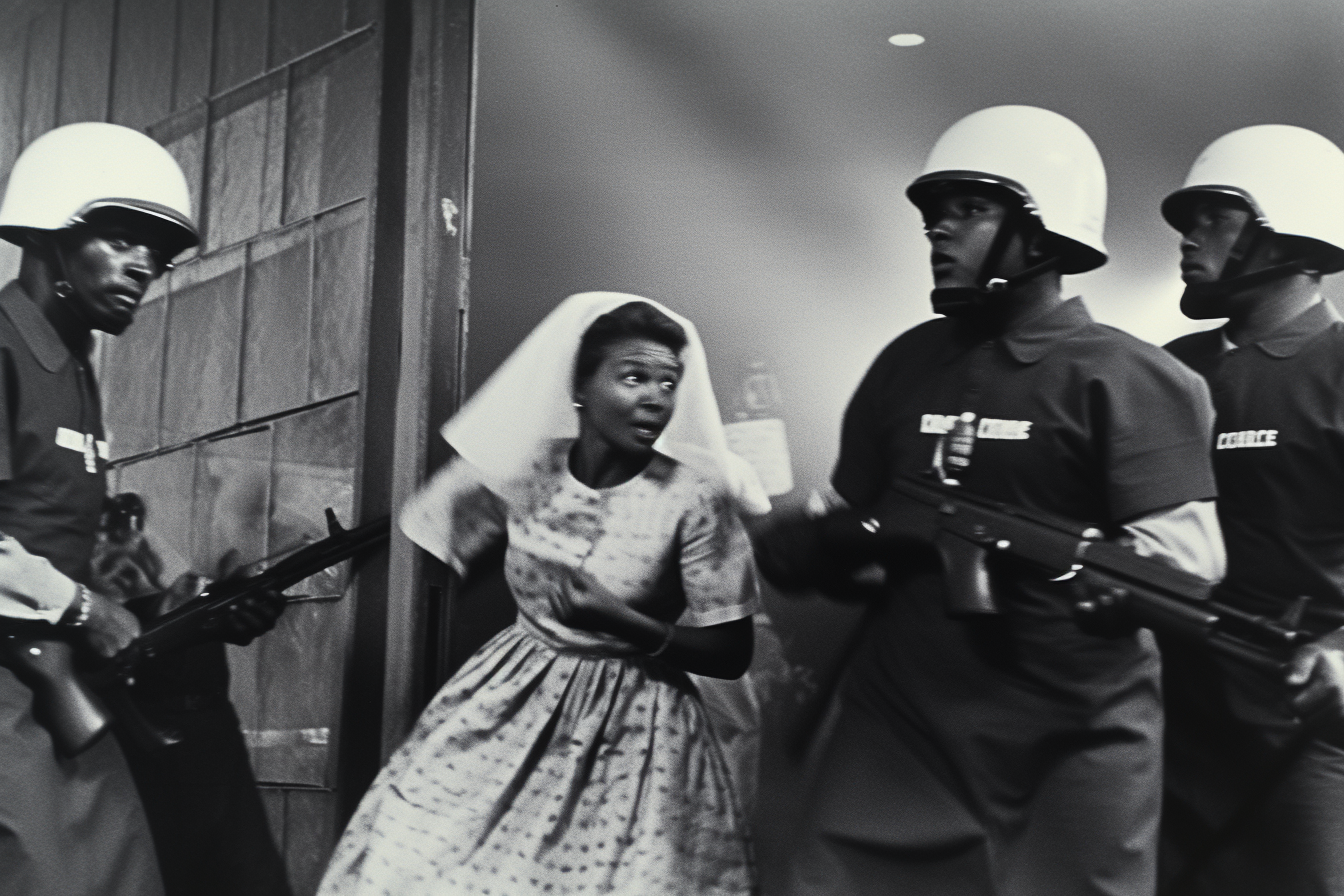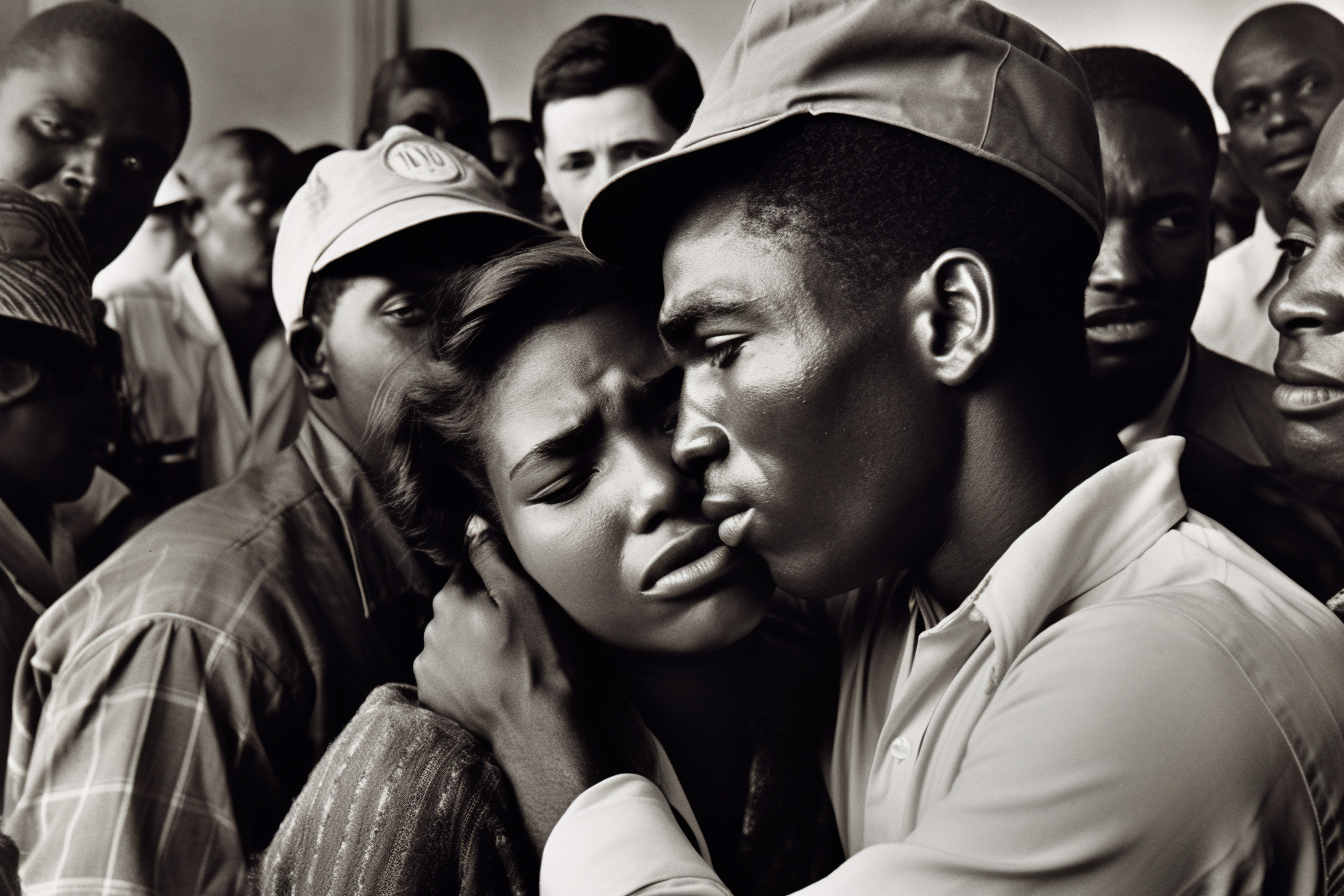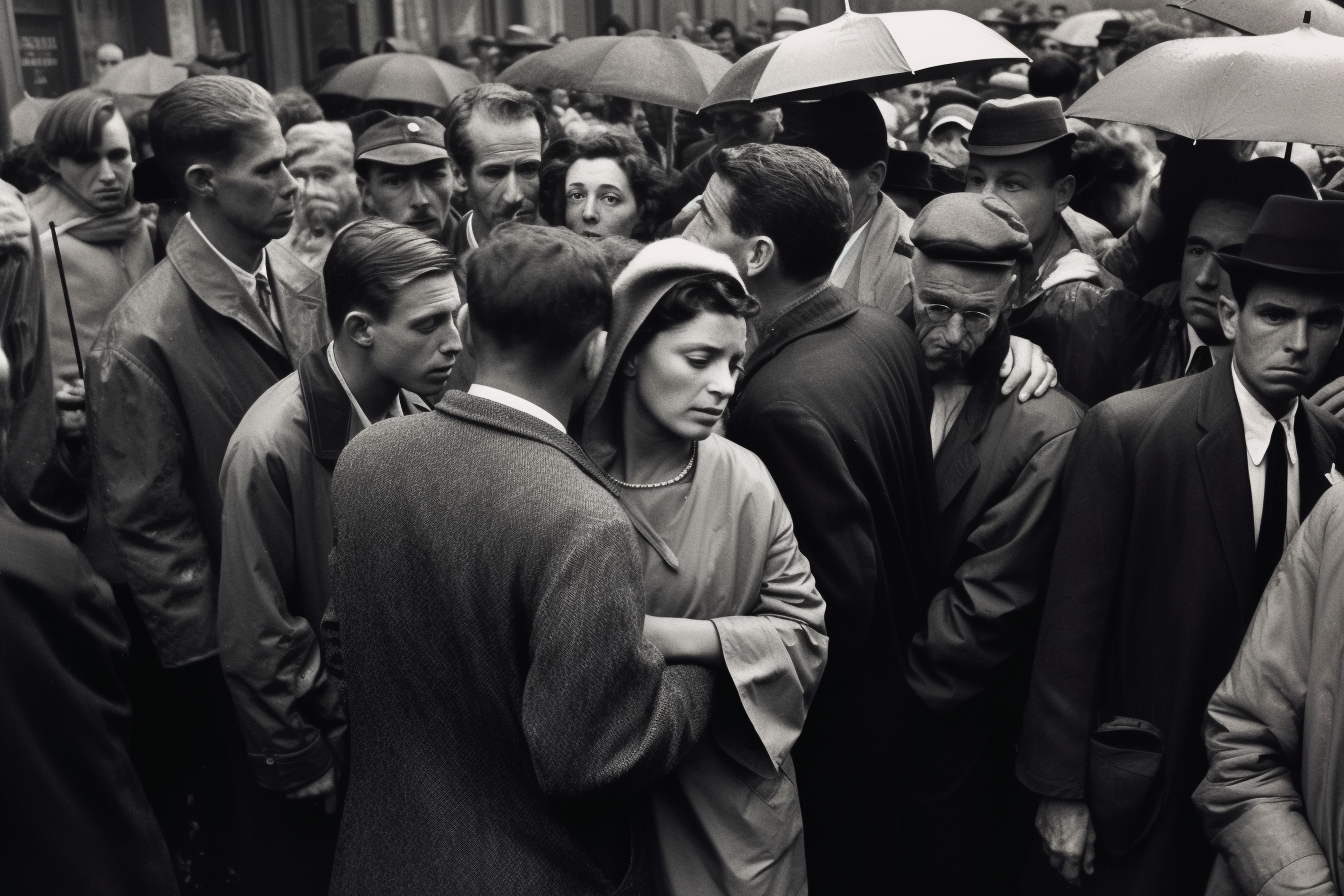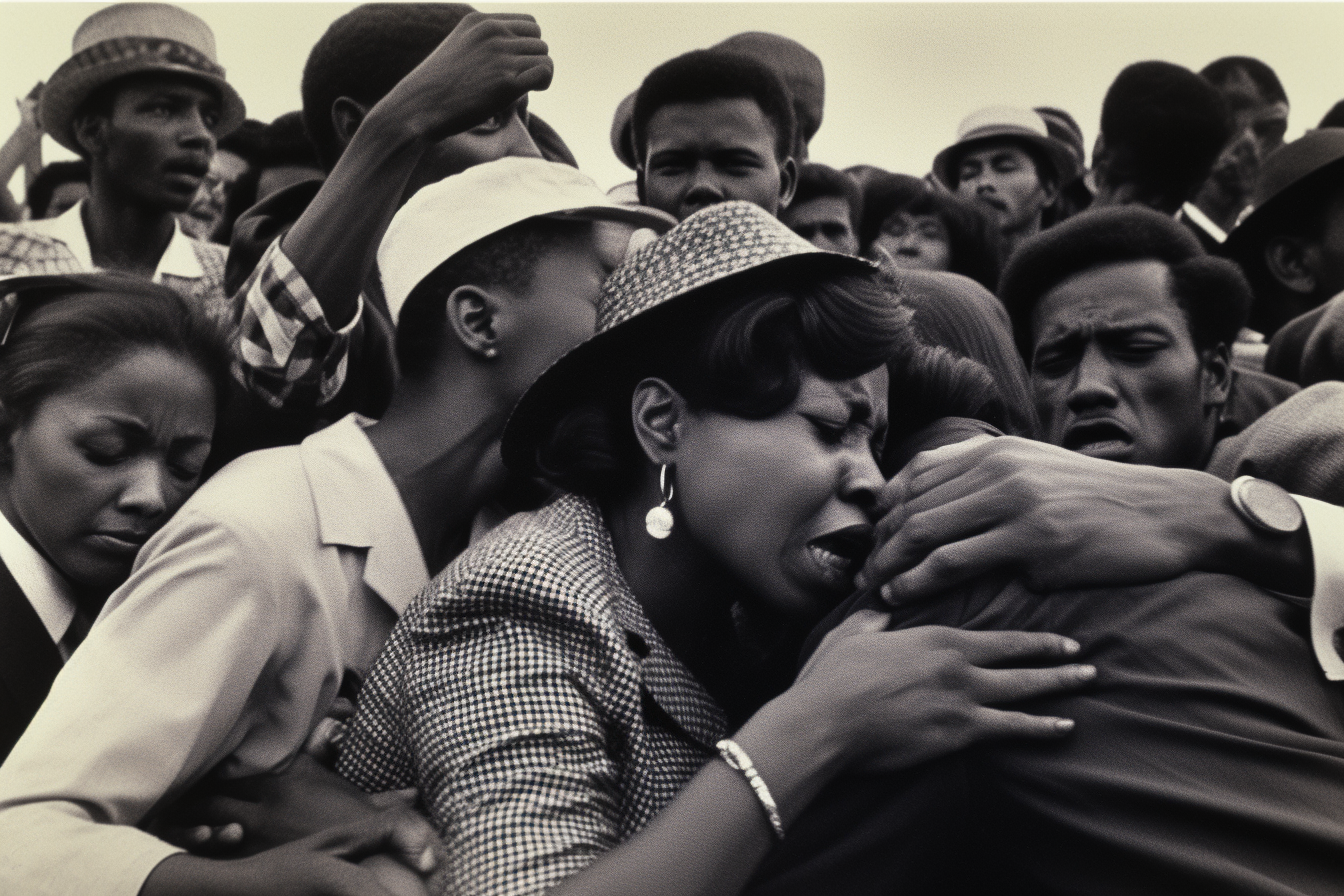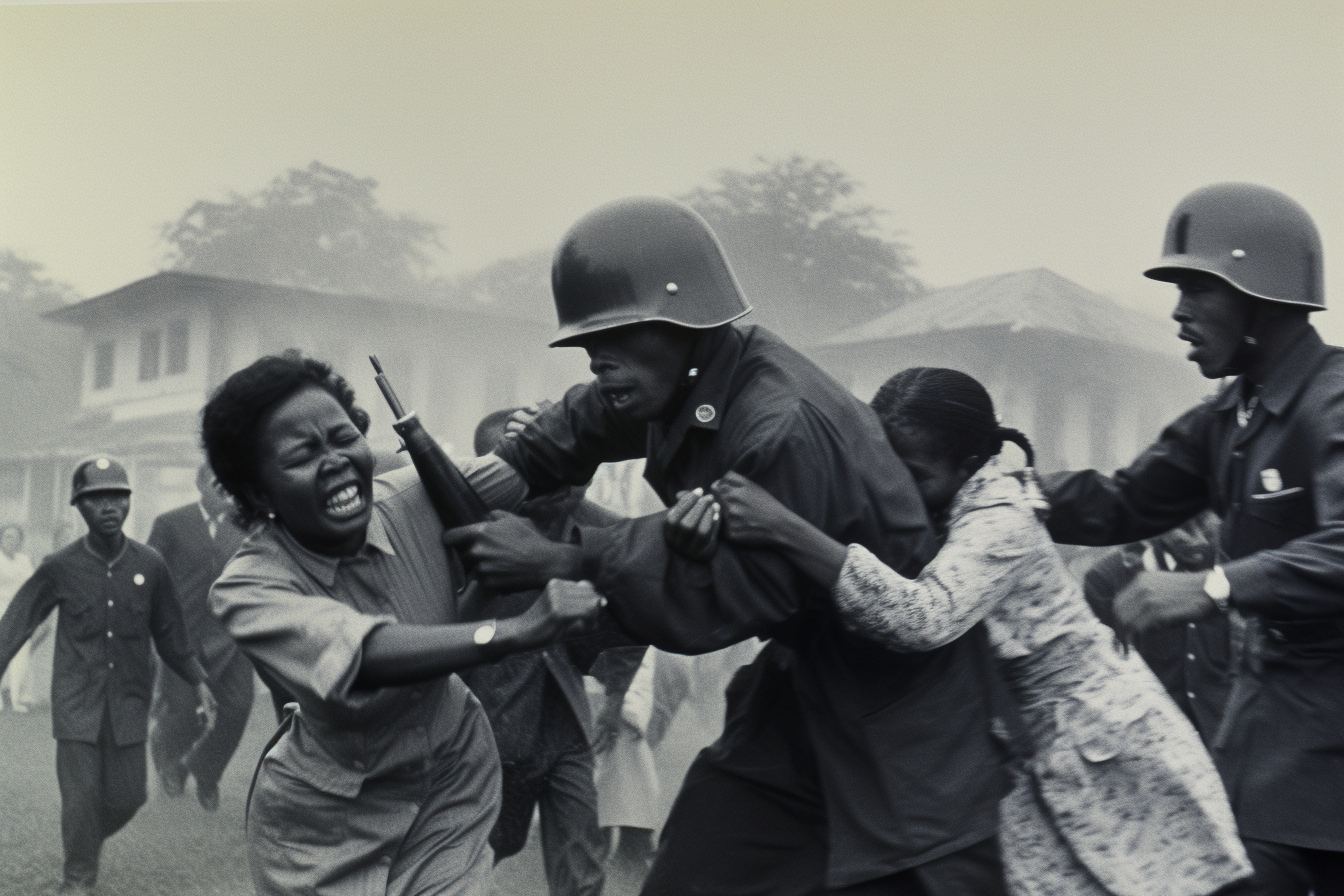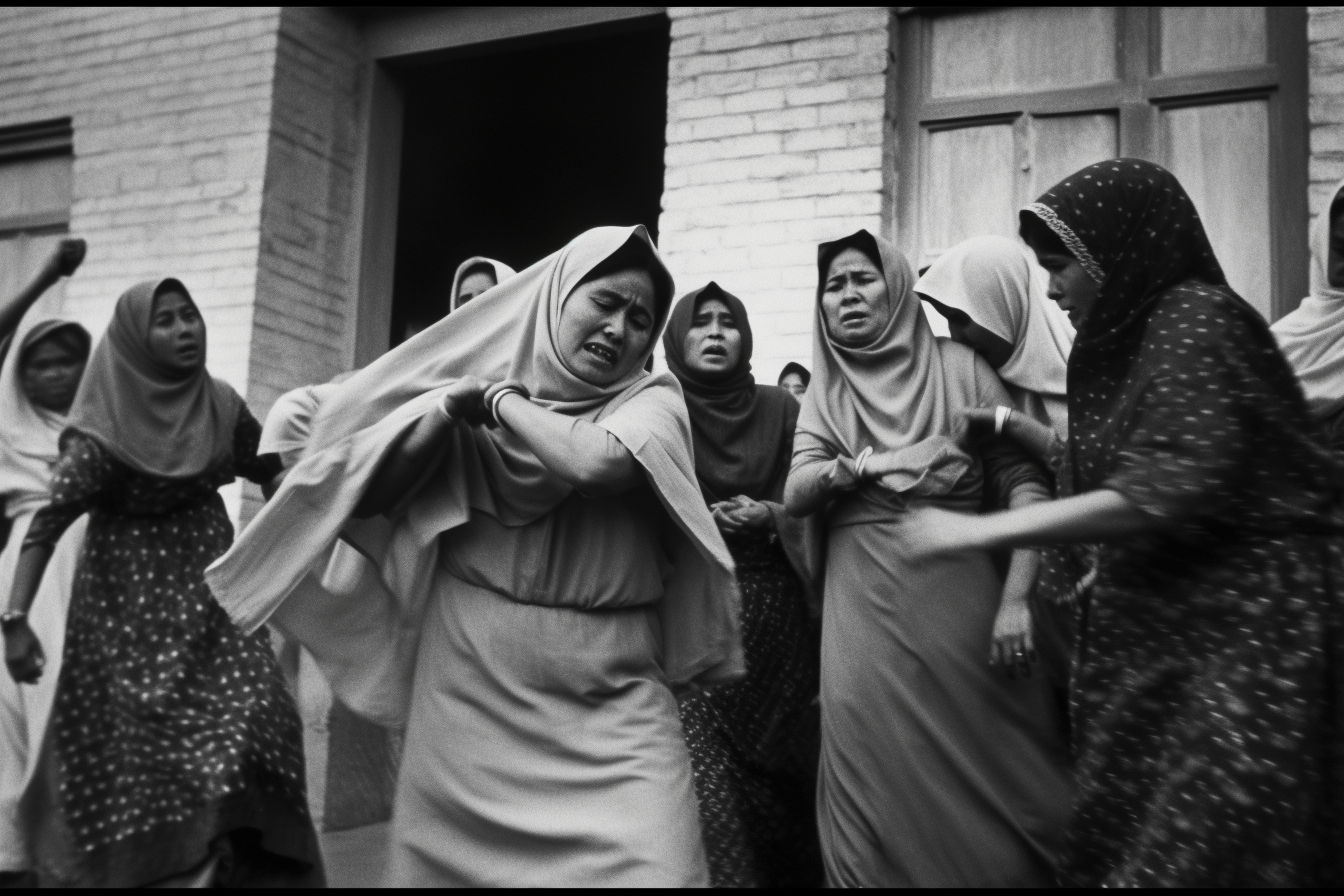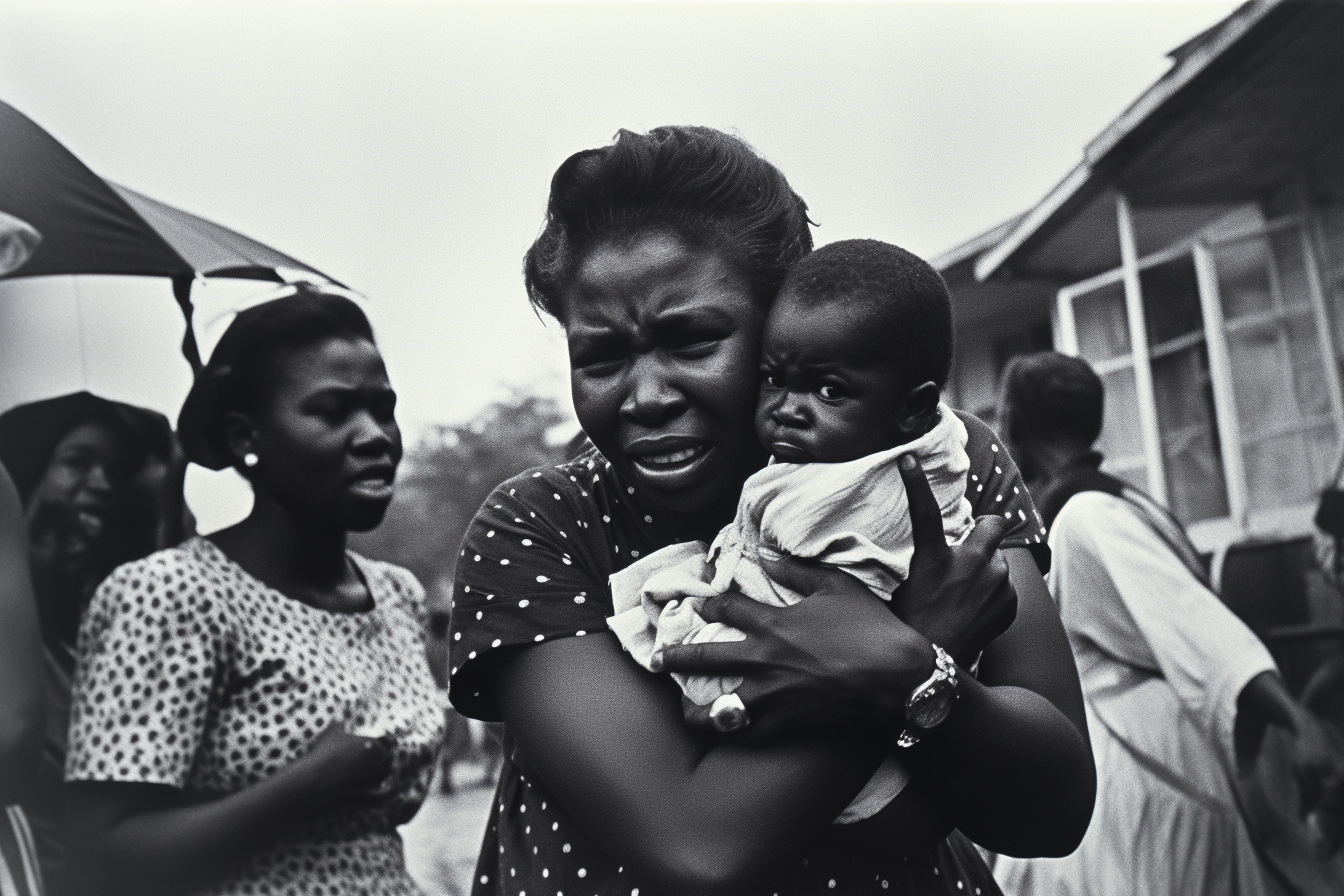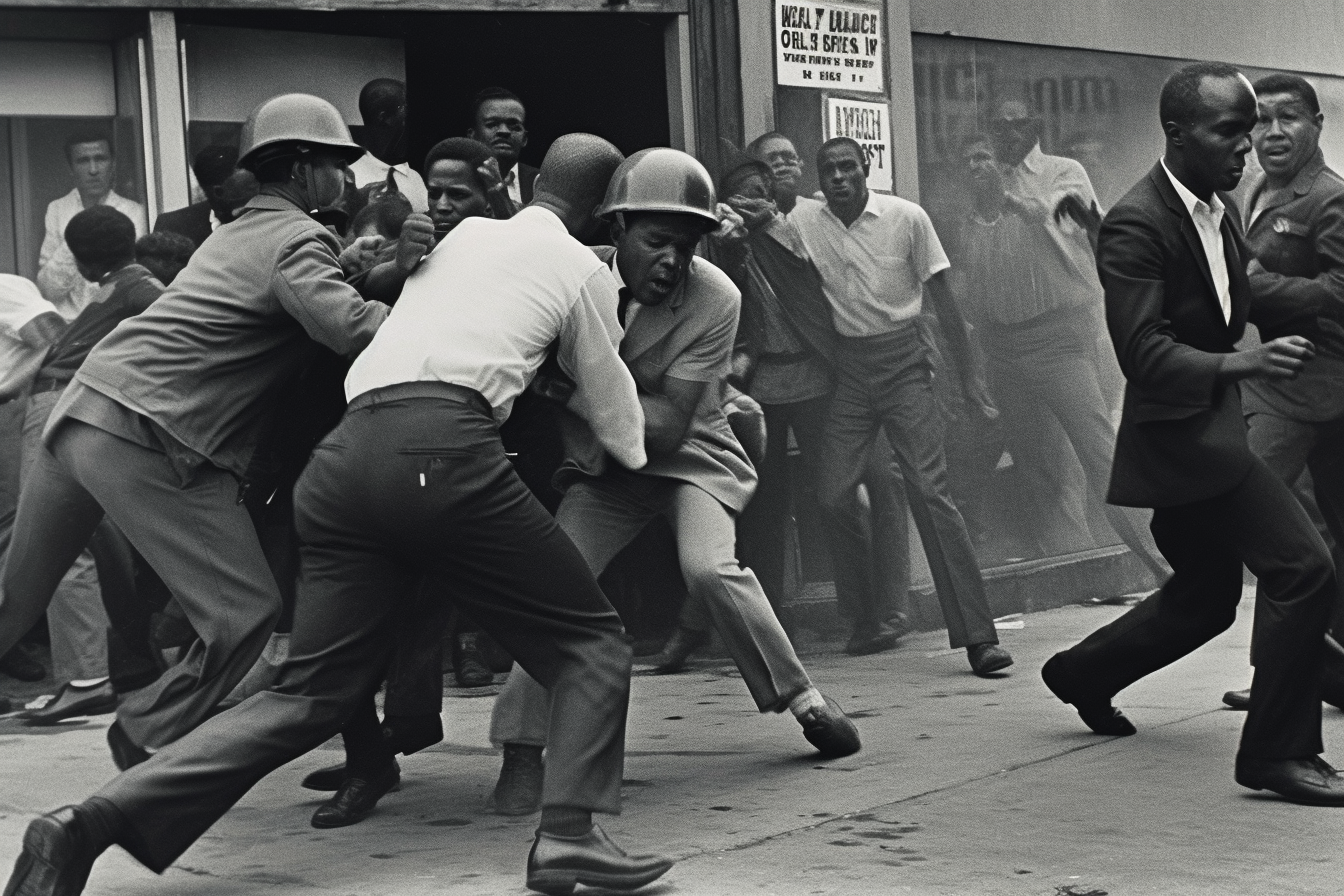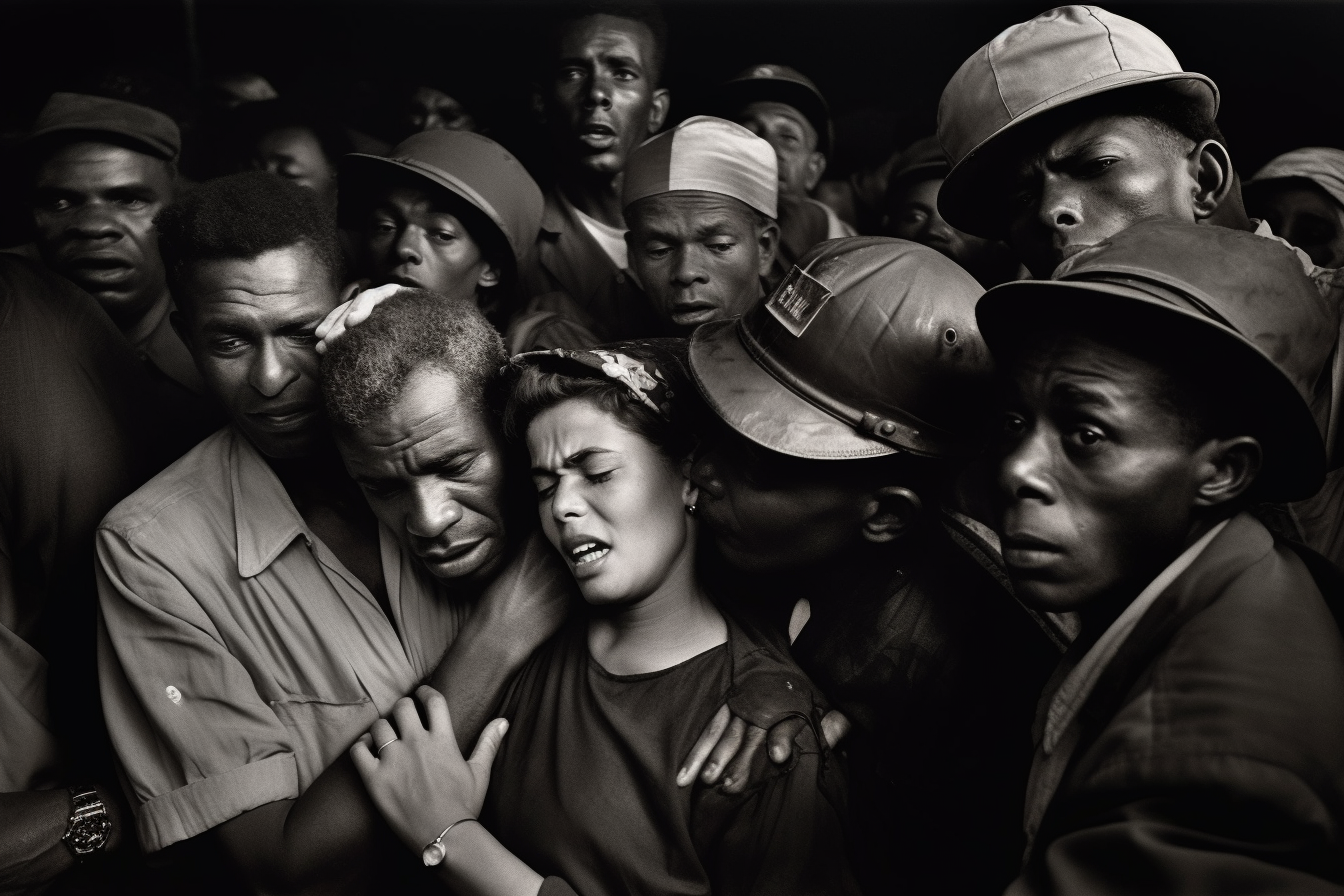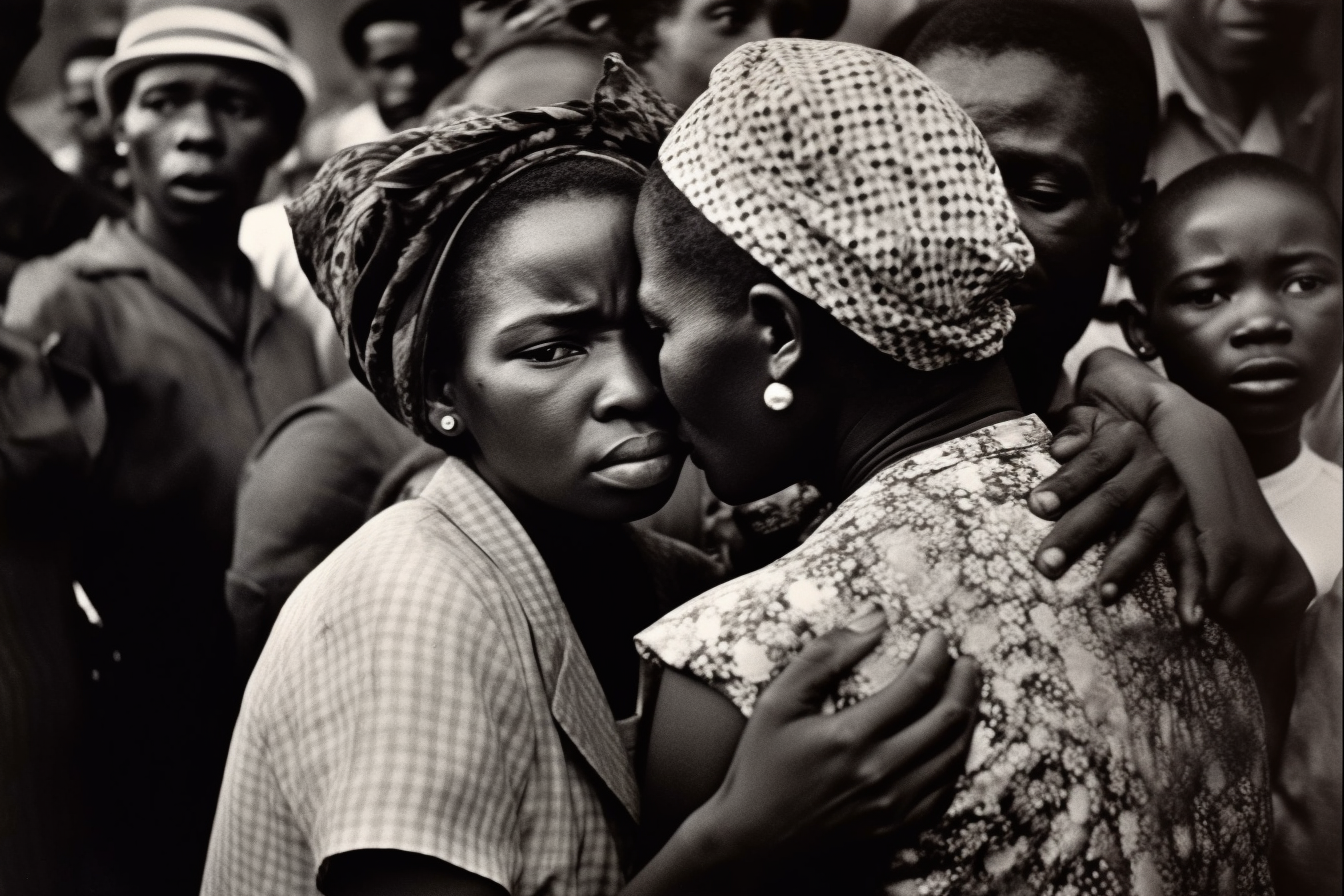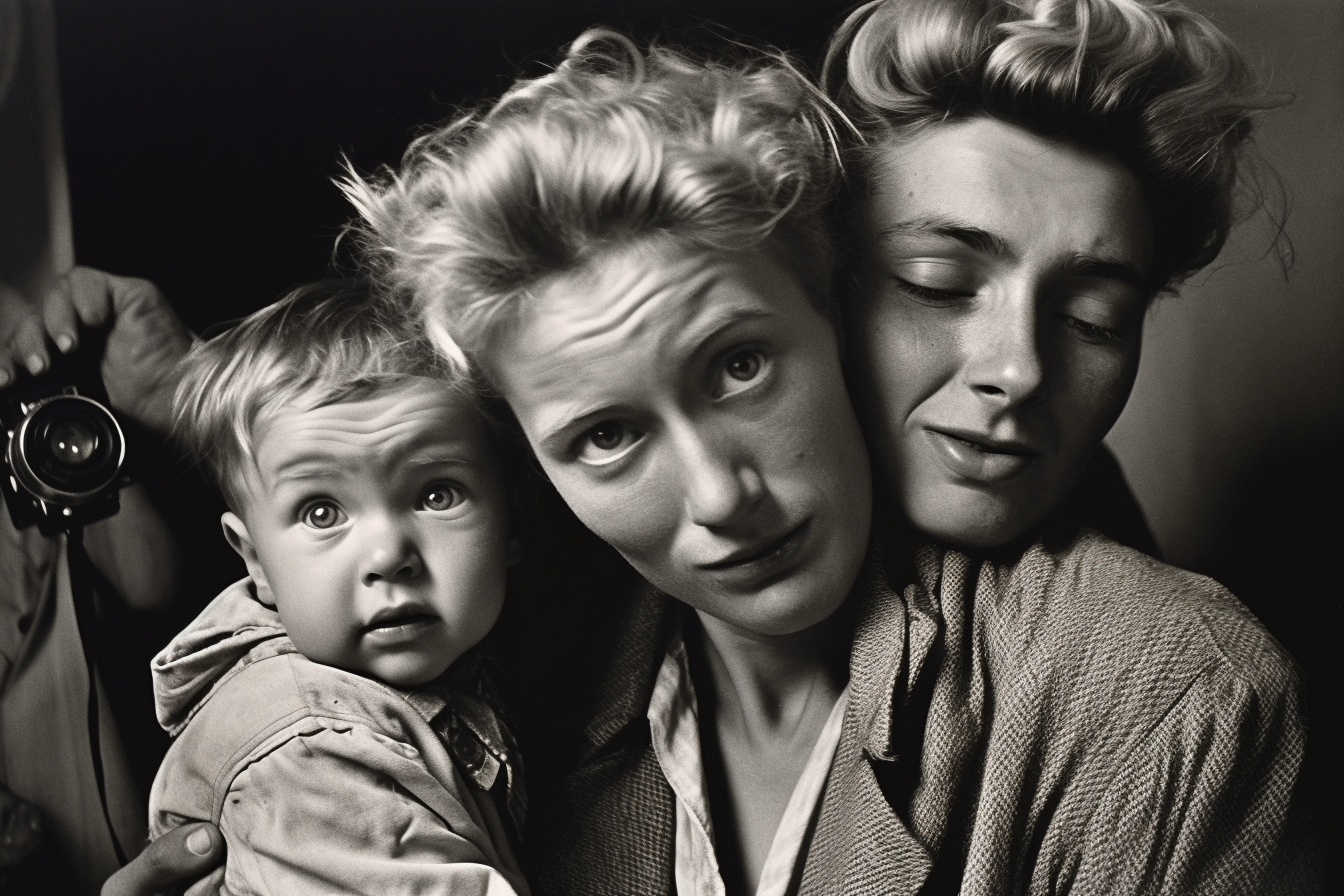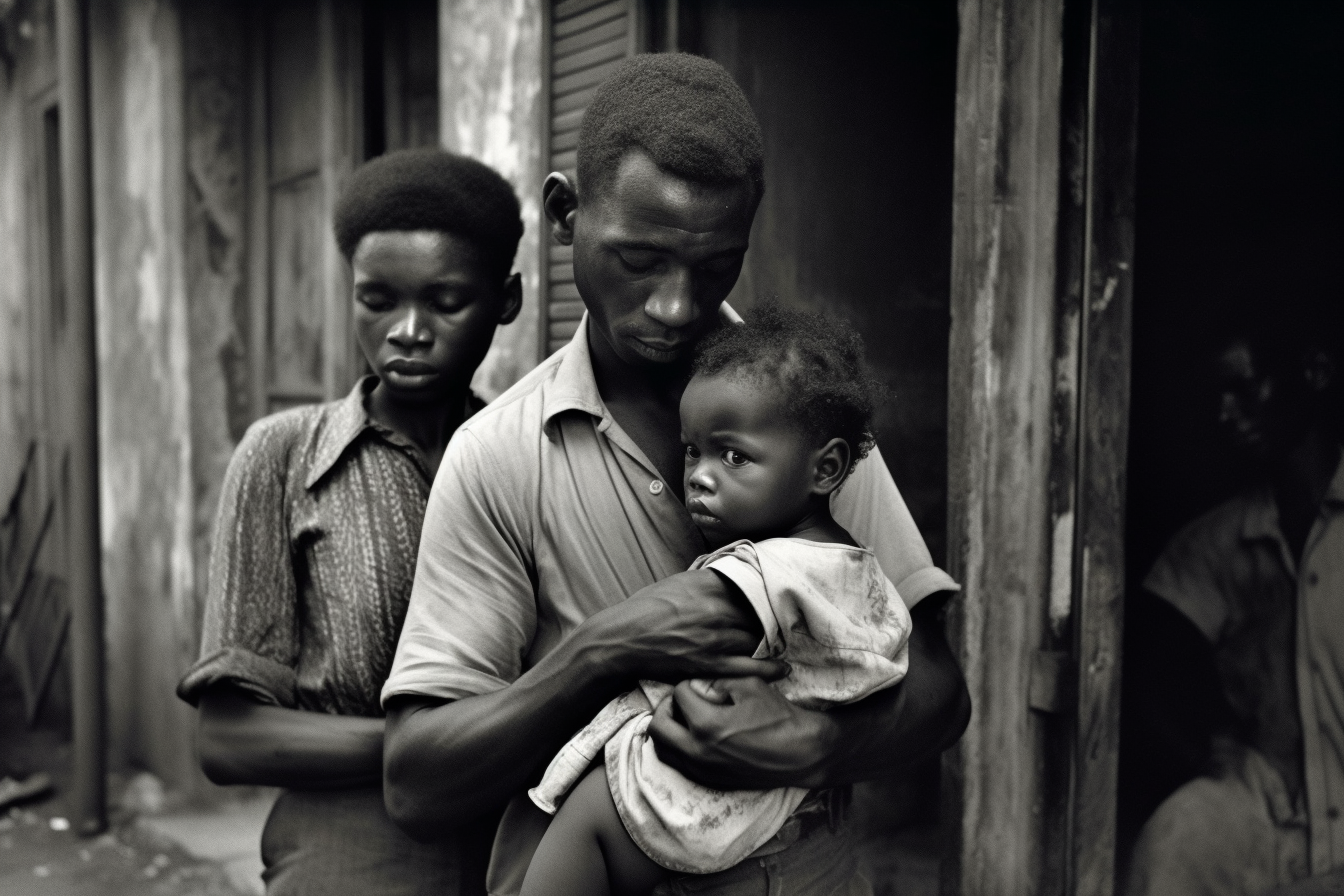View all the winners of the annual World Press Photo Contest from 1955 to the present (when generated with artificial intelligence).
Quite rightly, the World Press Photo completely excluded images generated with artificial intelligence, even from the category (open format) in which it had initially thought it could include them. So I wondered which images could have been generated by A.I. to compete for the main award, the photograph of the year, from 1955 to the present.
The purpose of this experiment is to reflect on how artificial intelligence interprets and generates photographs that, from its perspective and at my request, could have won the various editions of the prestigious competition for photojournalists called World Press Photo. Photographs and generated images remain two very different things in many ways. The only point of contact is when the generated image imitates the photograph and exploits its credibility. The consequences of this imitation (and substitution) risk altering and perhaps undermining the credibility of photography (which in any case we must be wary of and should not take for absolute and sole truth) and the role of photojournalism in witnessing reality.
Giustamente, il World Press Photo ha escluso completamente le immagini generate con l'intelligenza artificiale, anche dalla categoria (open format) dove inizialmente aveva ritenuto potessero rientrare. Allora mi sono chiesto quali immagini avrebbe potuto generare l'I.A. per competere per il premio principale: la fotografia dell'anno, dal 1955 a oggi.
Lo scopo di questo esperimento è riflettere su come l'intelligenza artificiale interpreta e genera le fotografie che, dal suo punto di vista e su mia richiesta, avrebbero potuto vincere le varie edizioni del prestigioso concorso per fotogiornalisti chiamato World Press Photo. Fotografie e immagini generate restano due cose molto diverse sotto molti punti di vista. L'unico punto di contatto è quando l'immagine generata imita la fotografia e ne sfrutta la credibilità. Le conseguenze di questa imitazione (e sostituzione) rischiano di alterare e forse compromettere la credibilità della fotografia (di cui comunque bisogna diffidare e che in ogni caso non va presa per verità assoluta e unica) e il ruolo del fotogiornalismo nel testimoniare la realtà.
